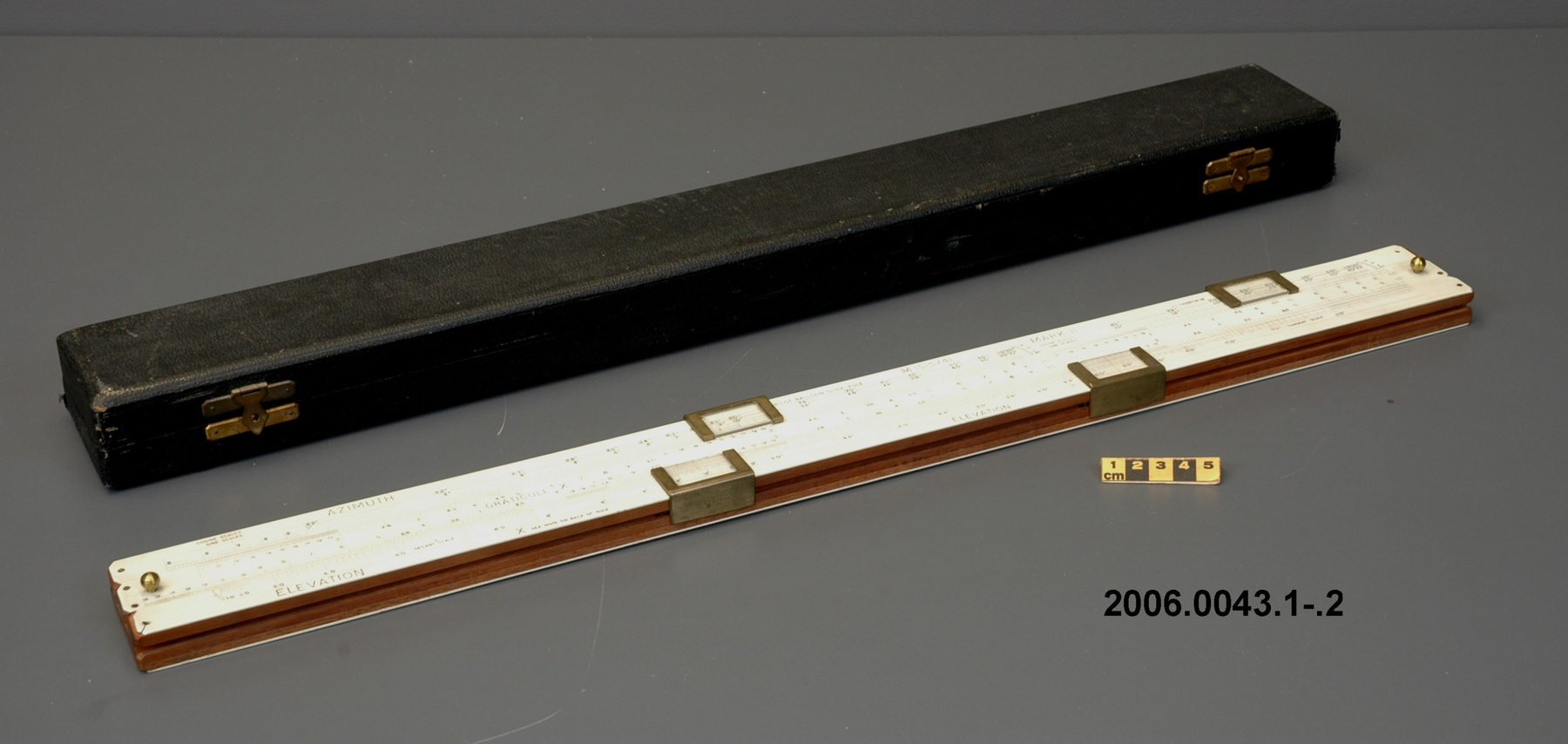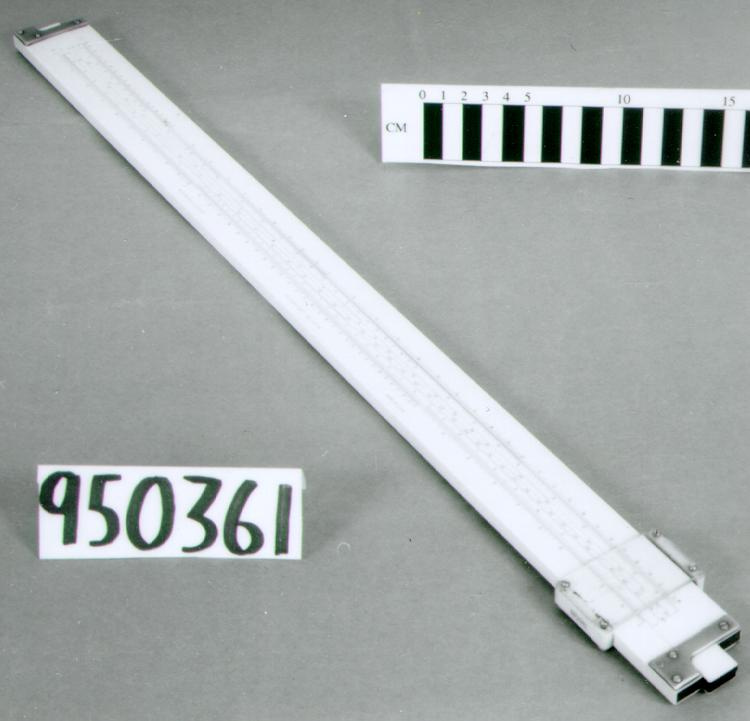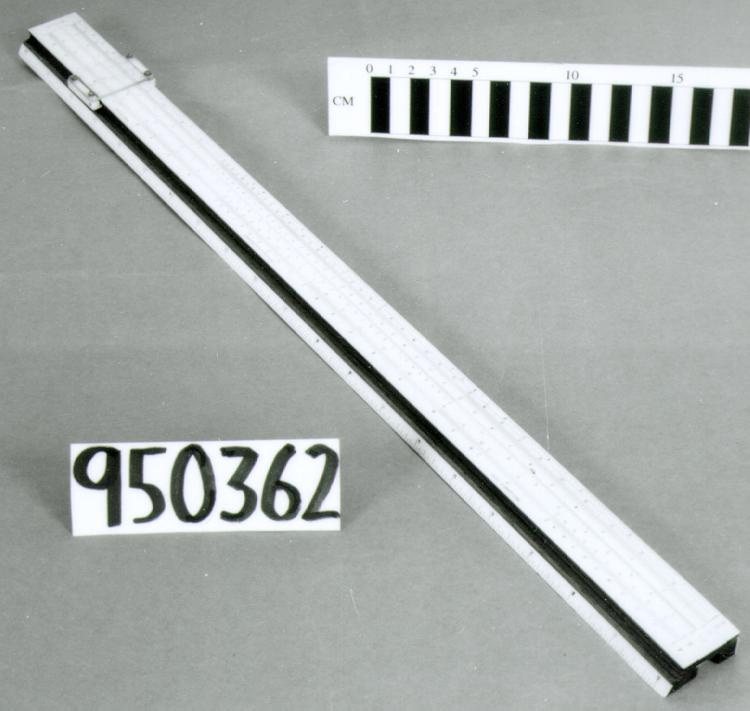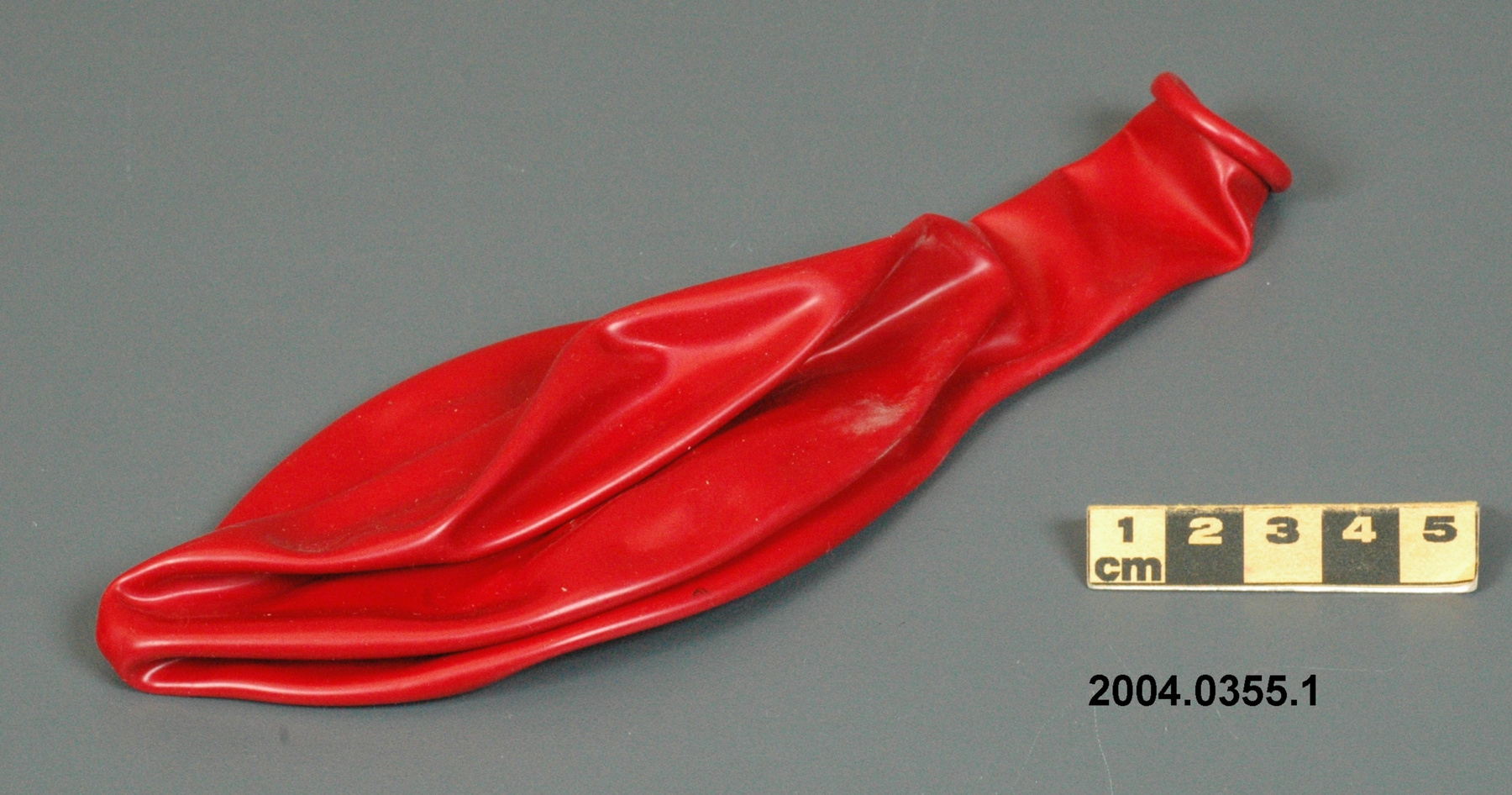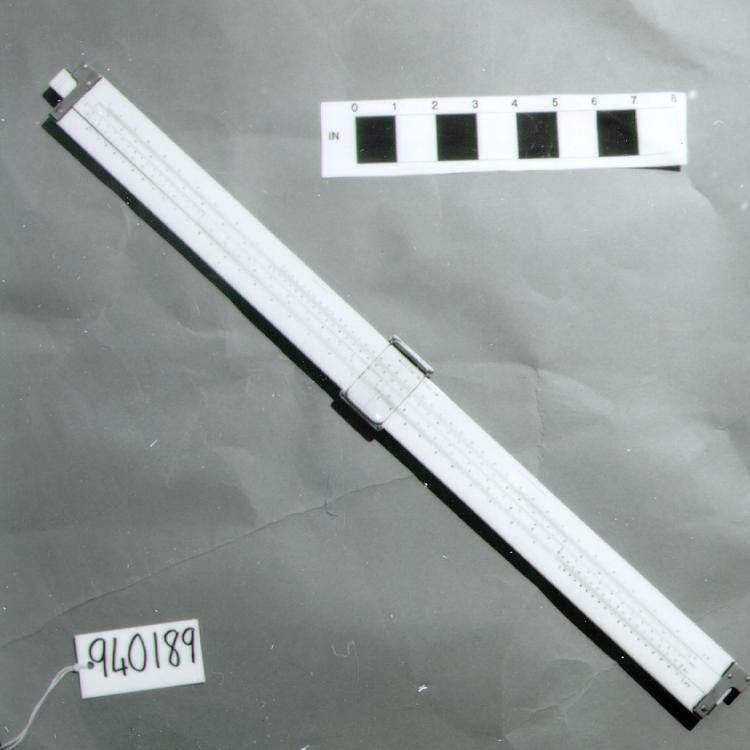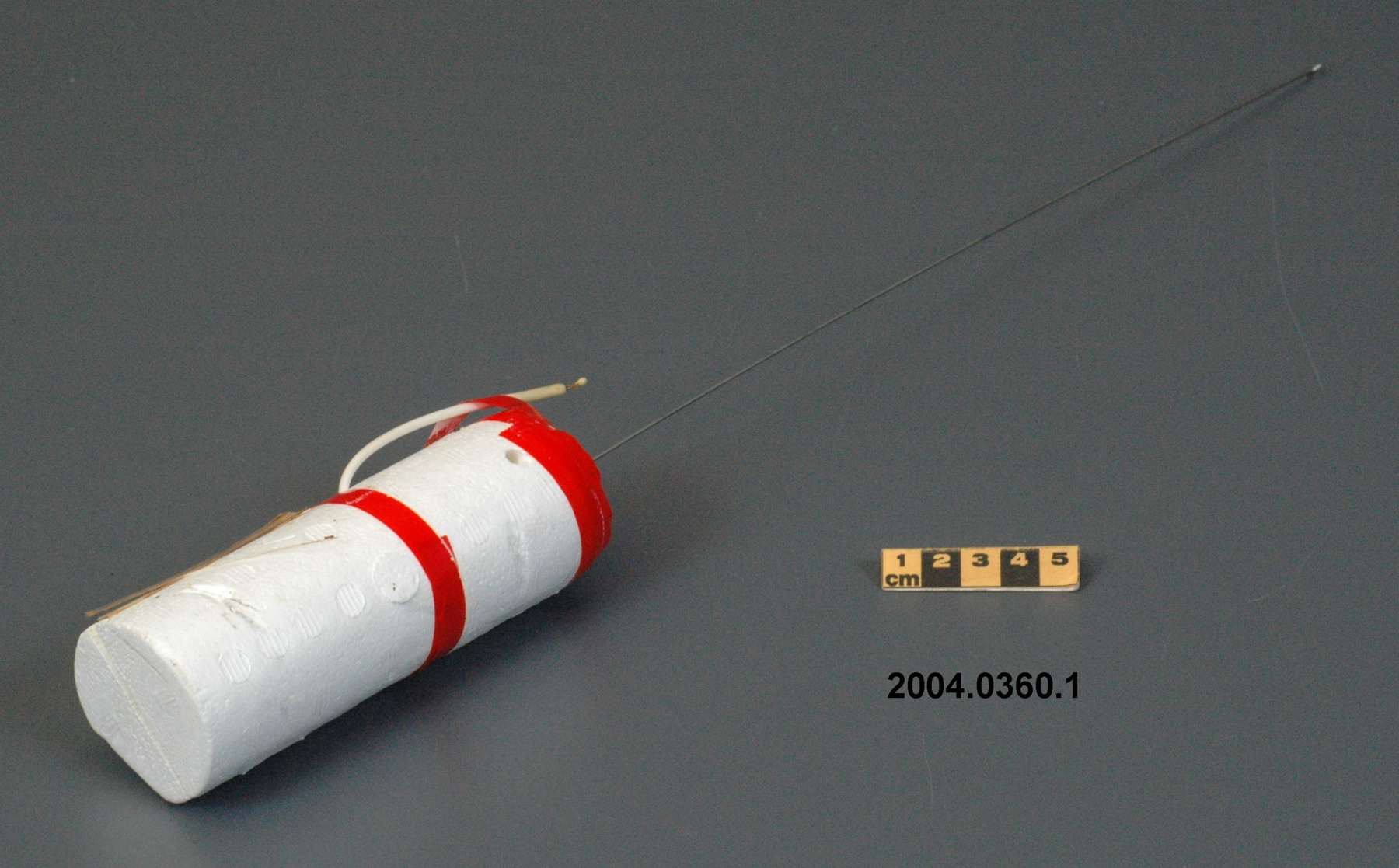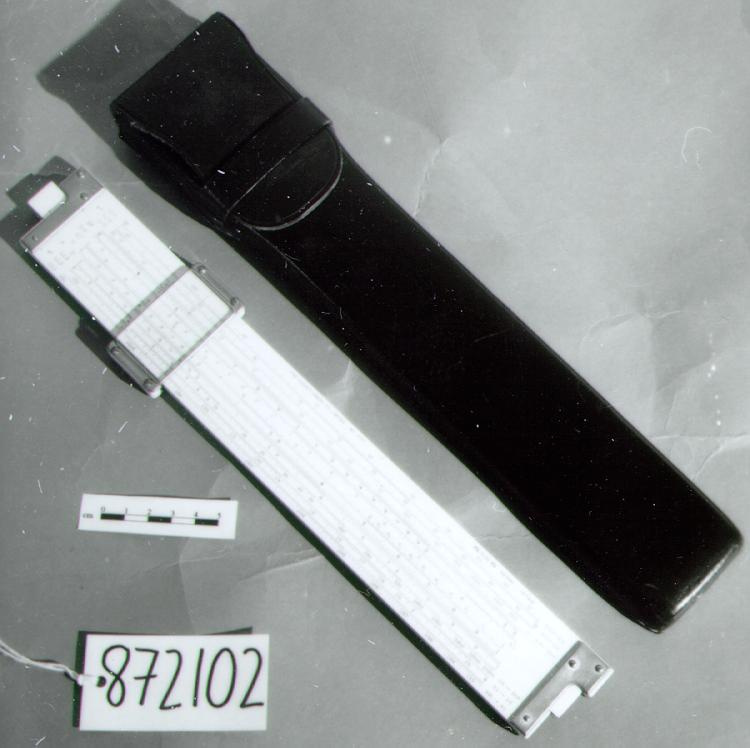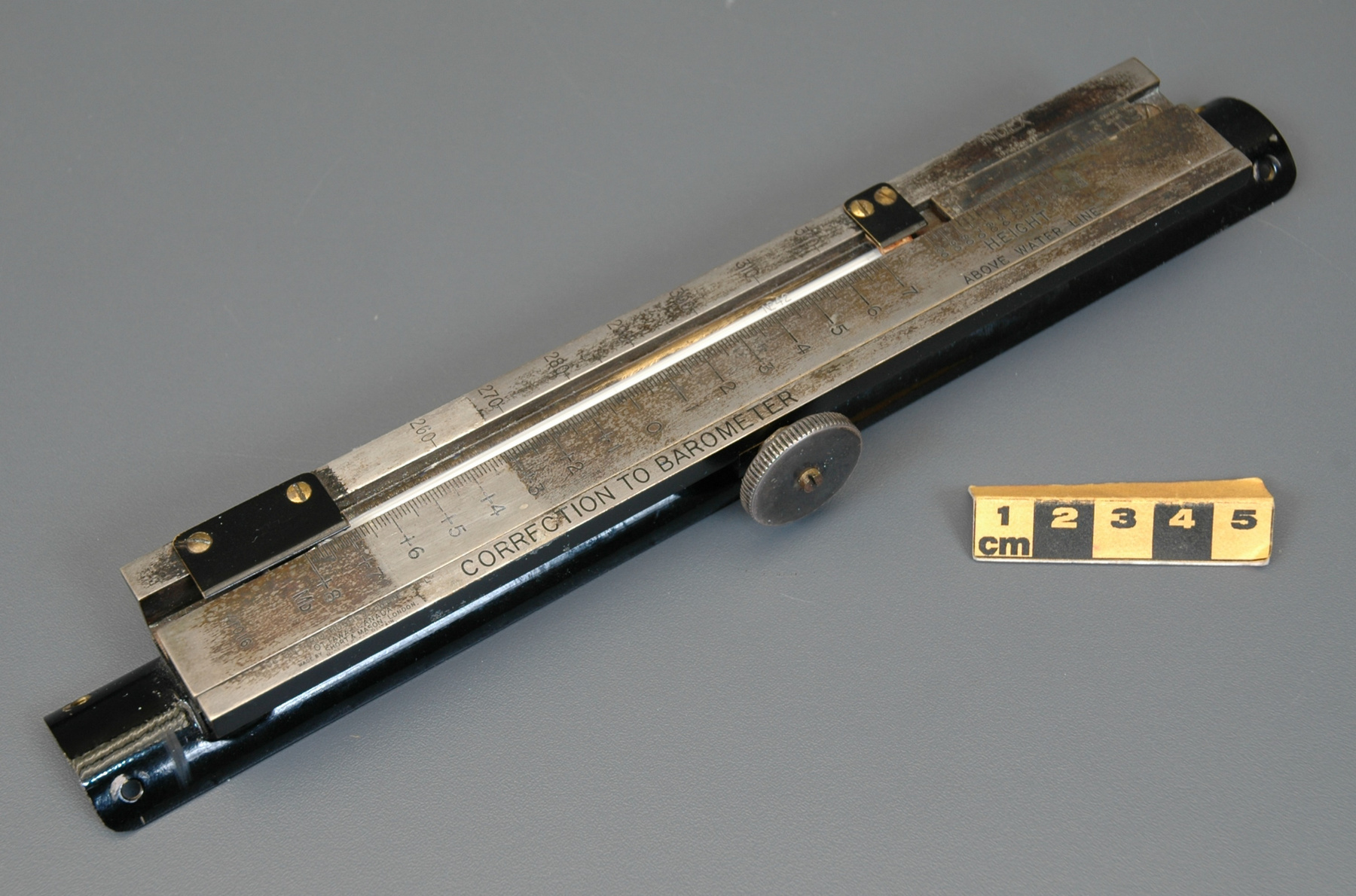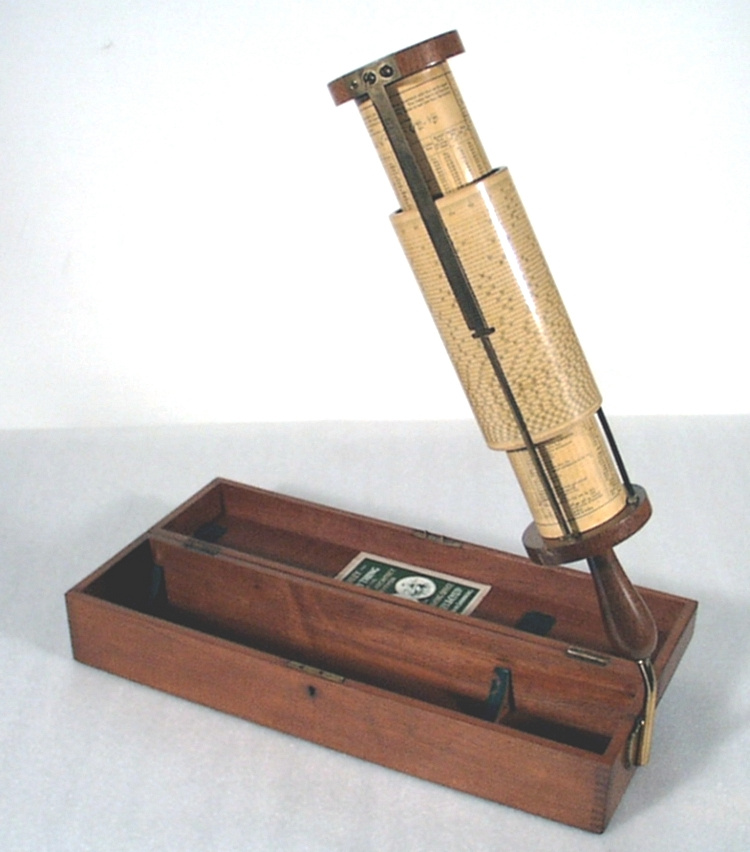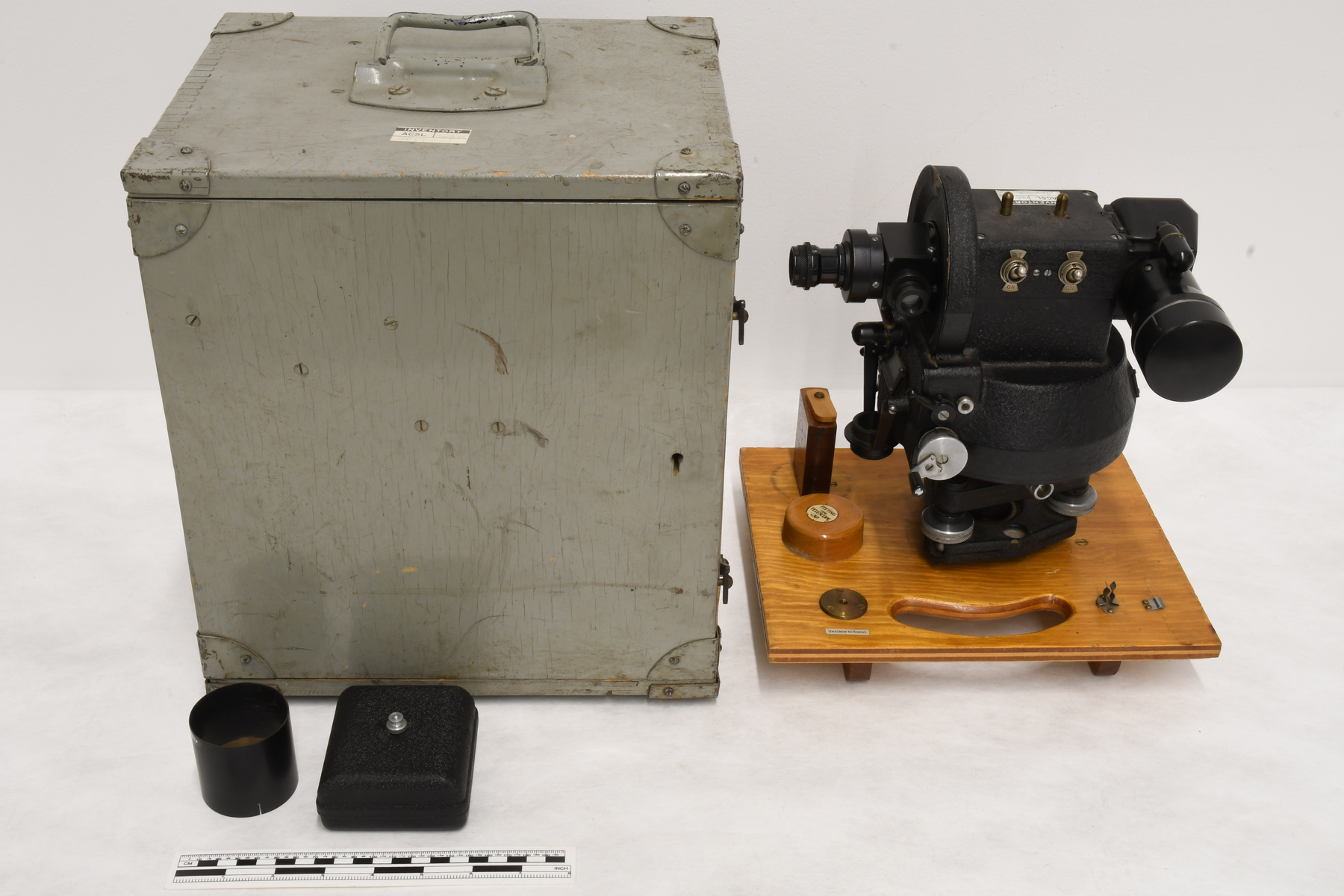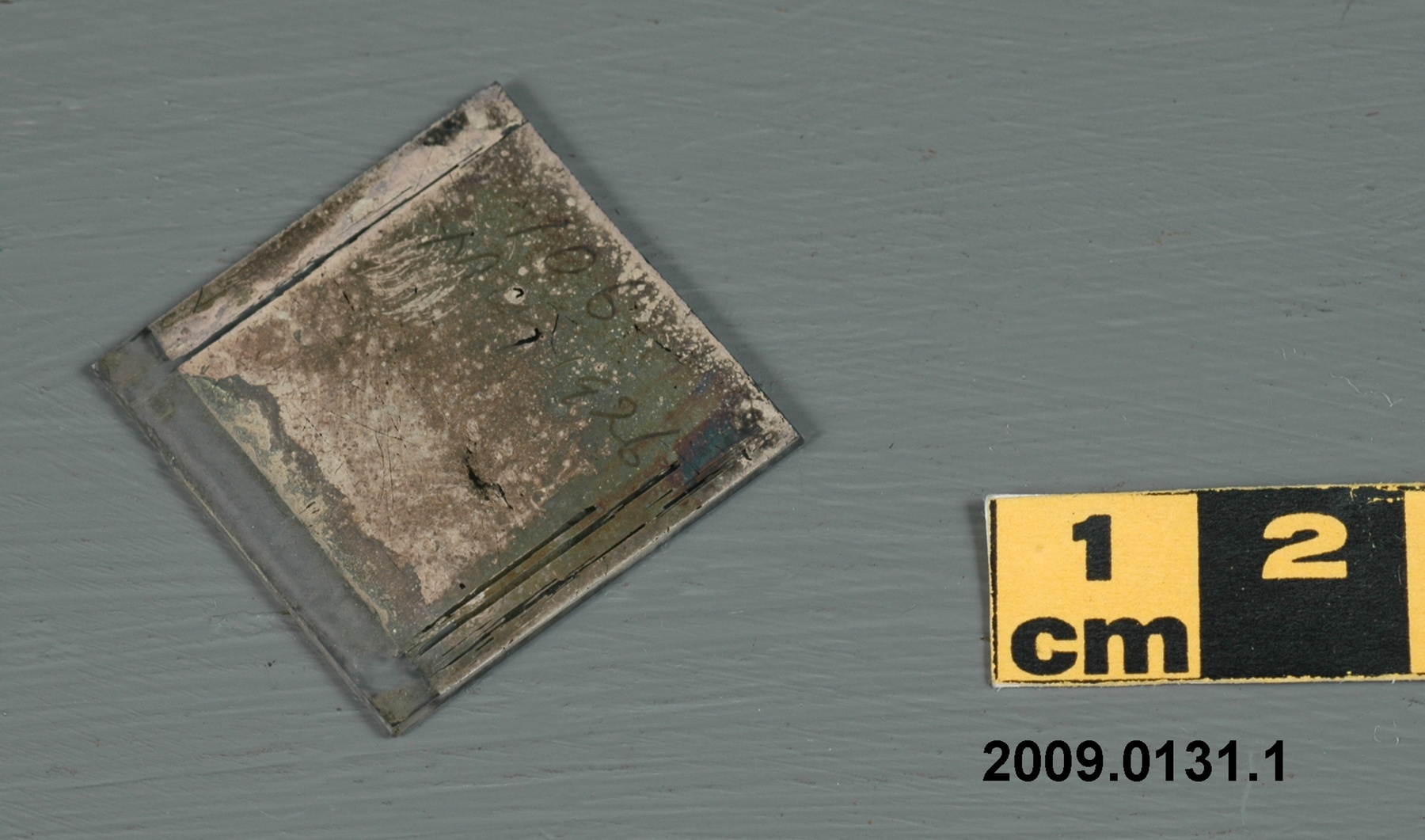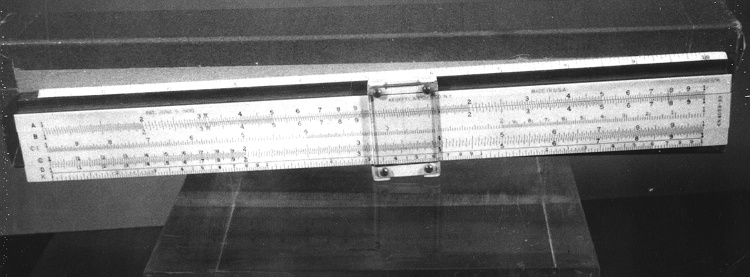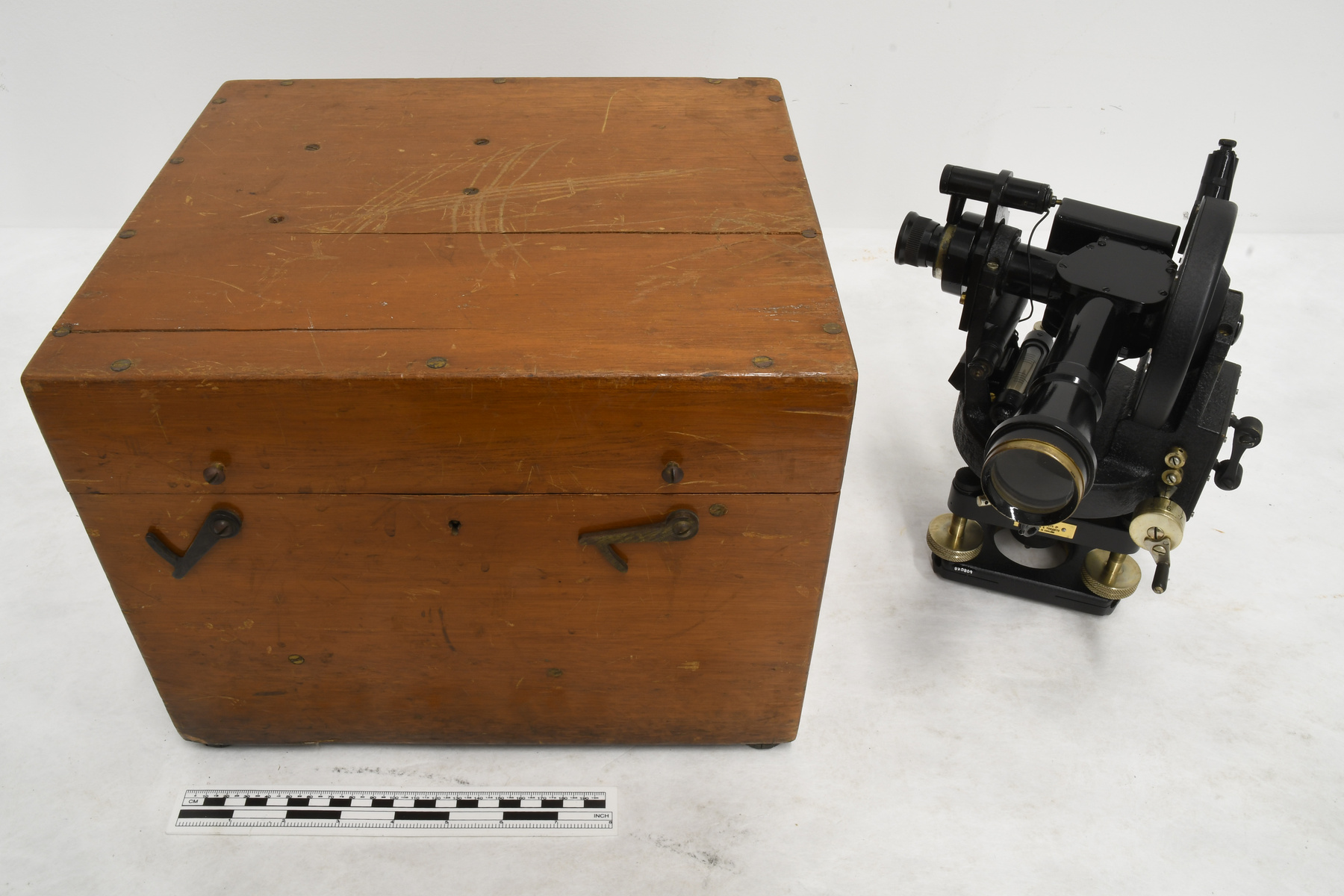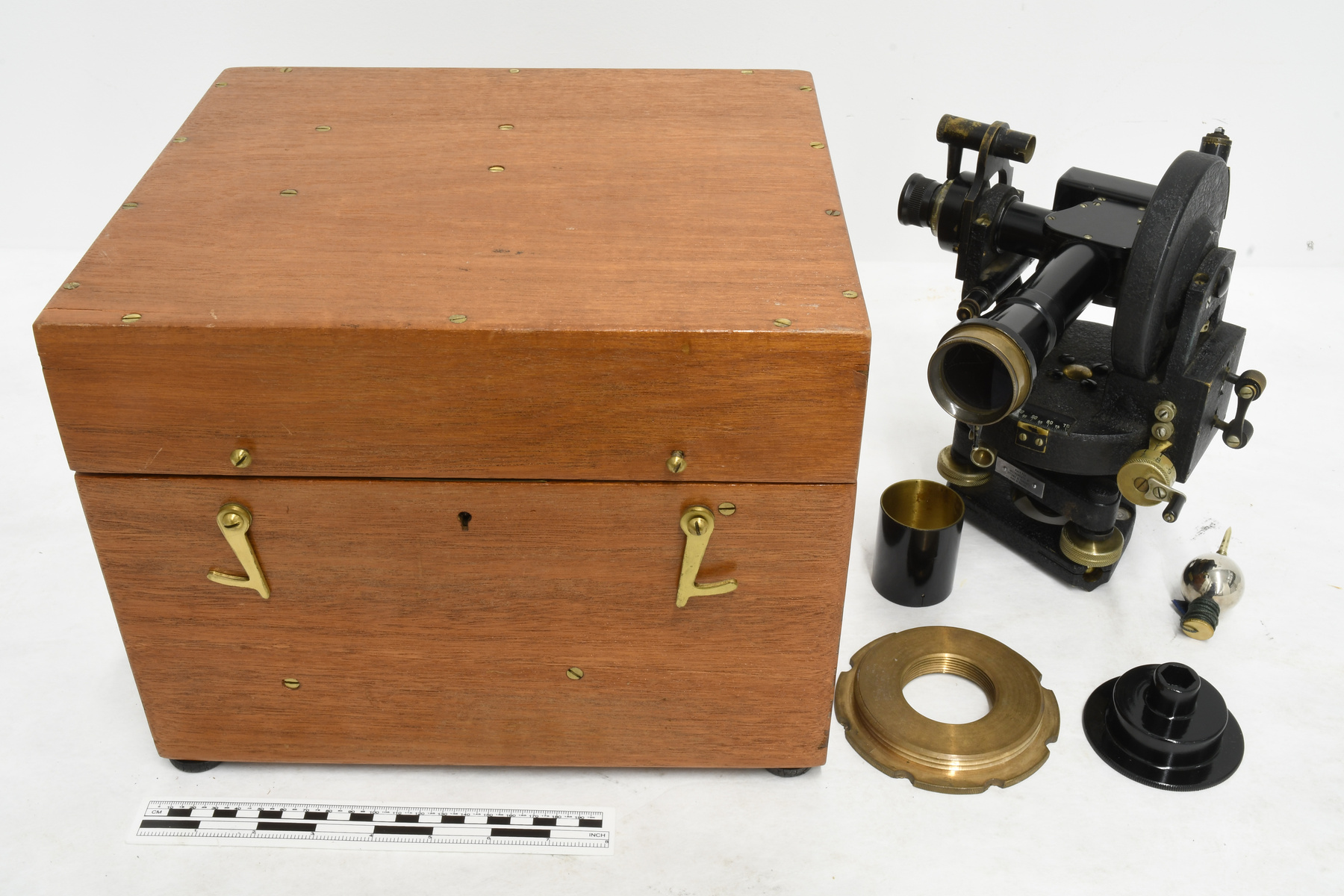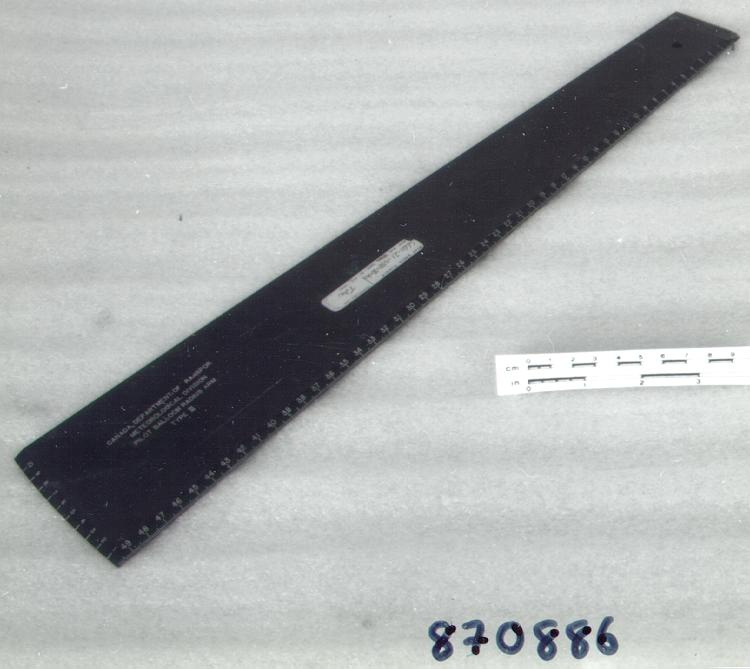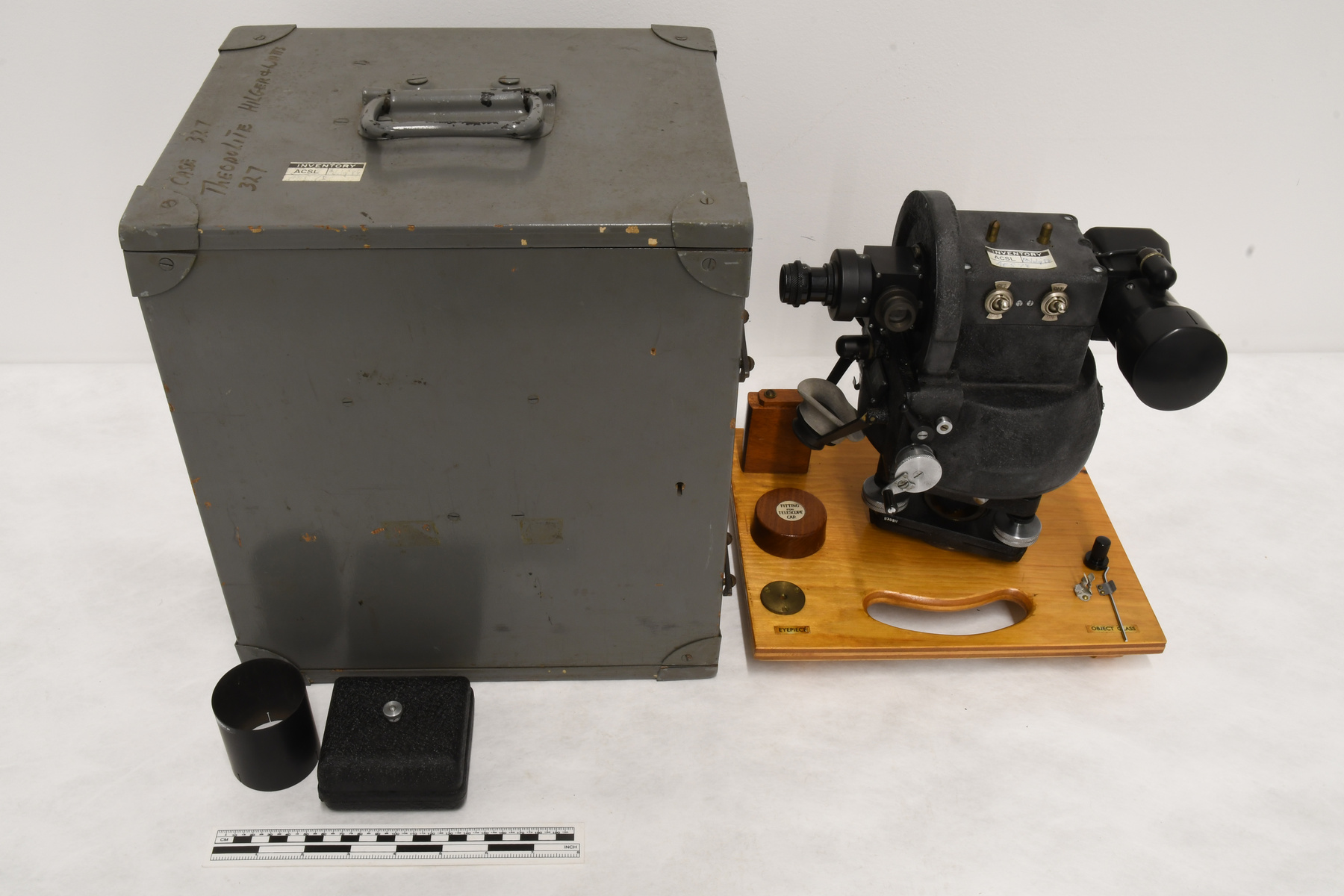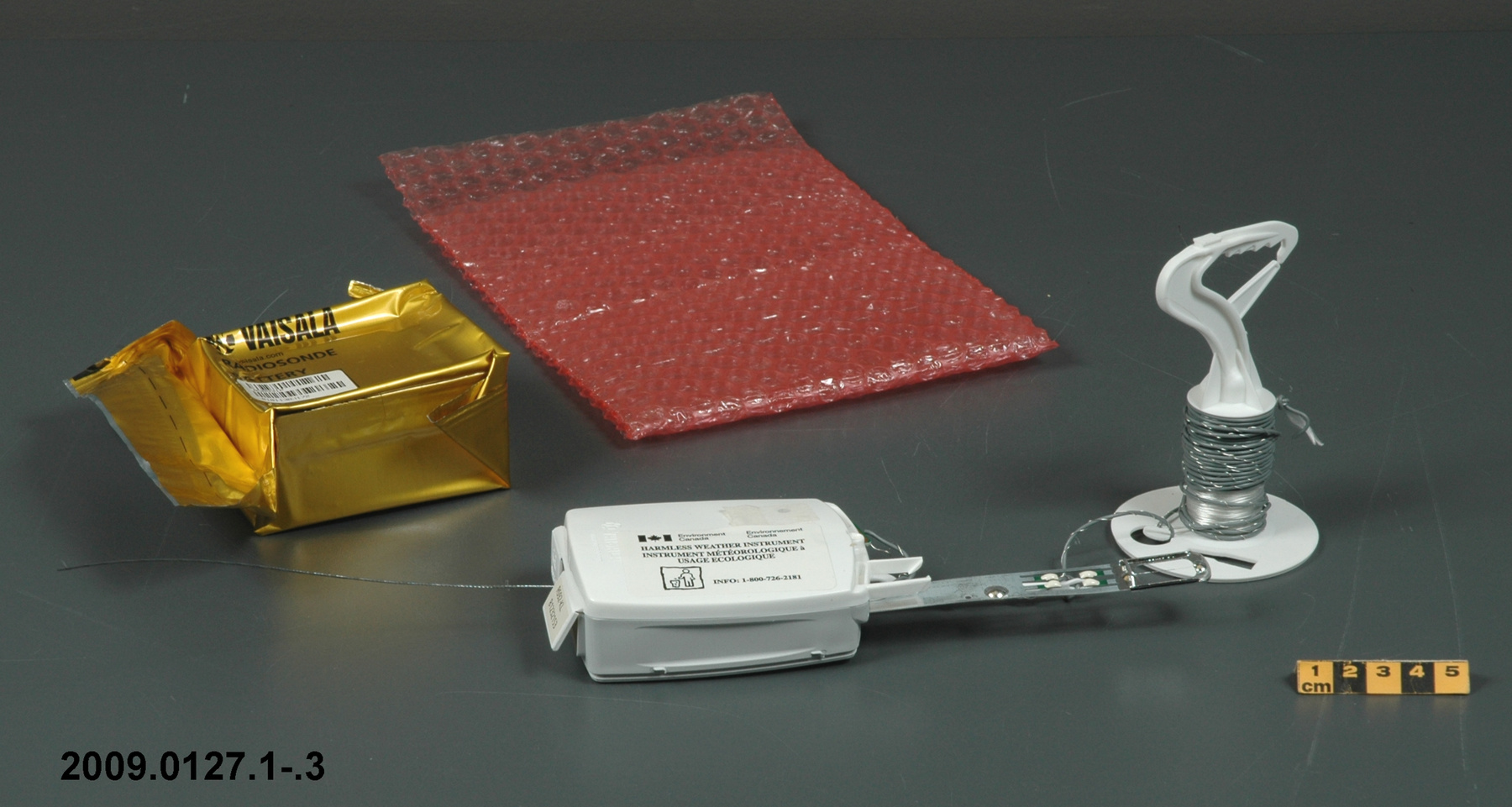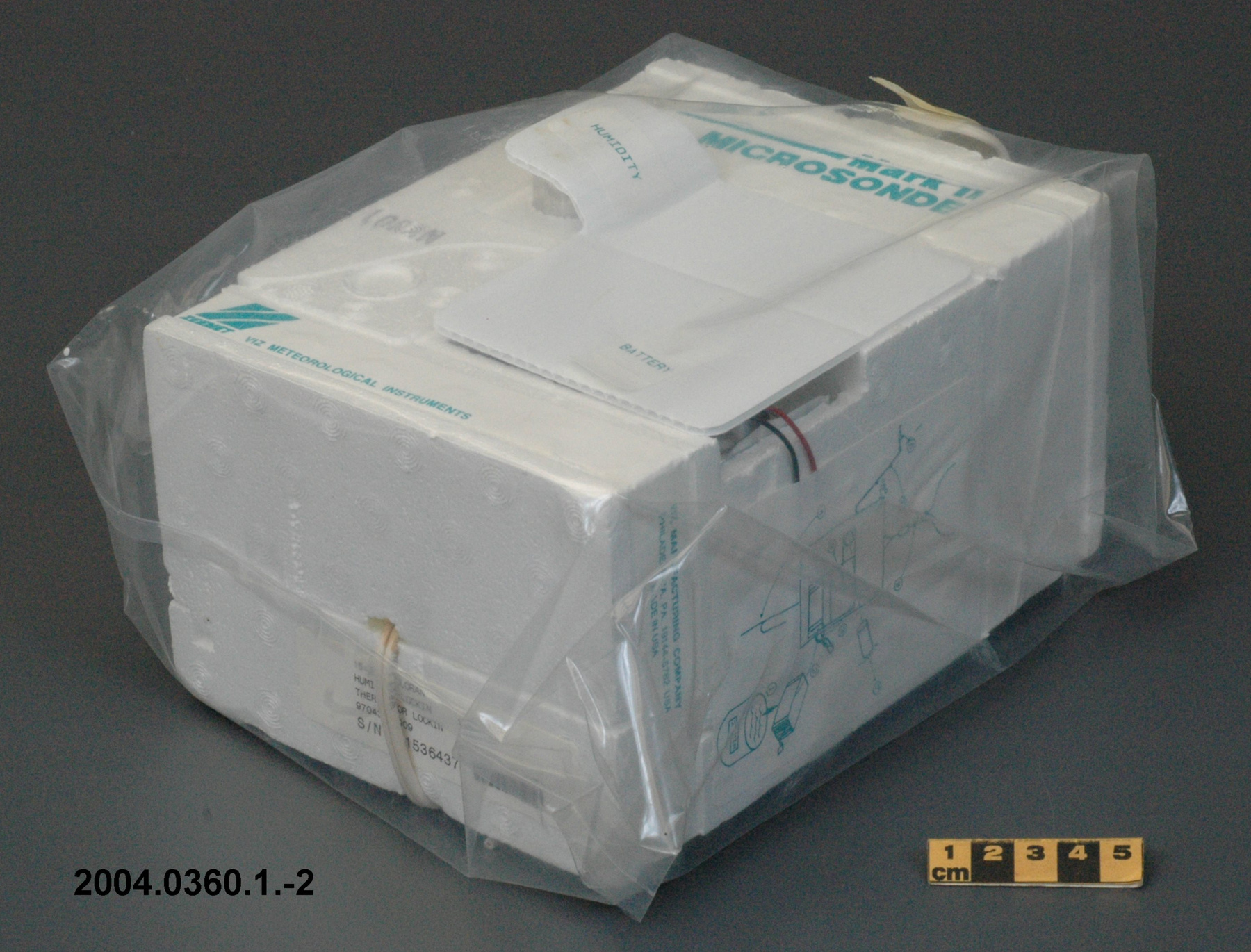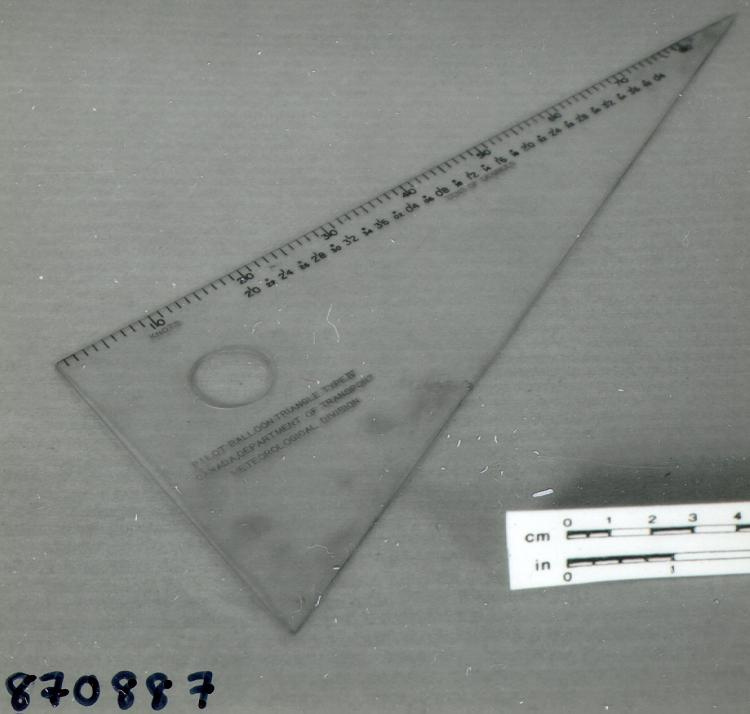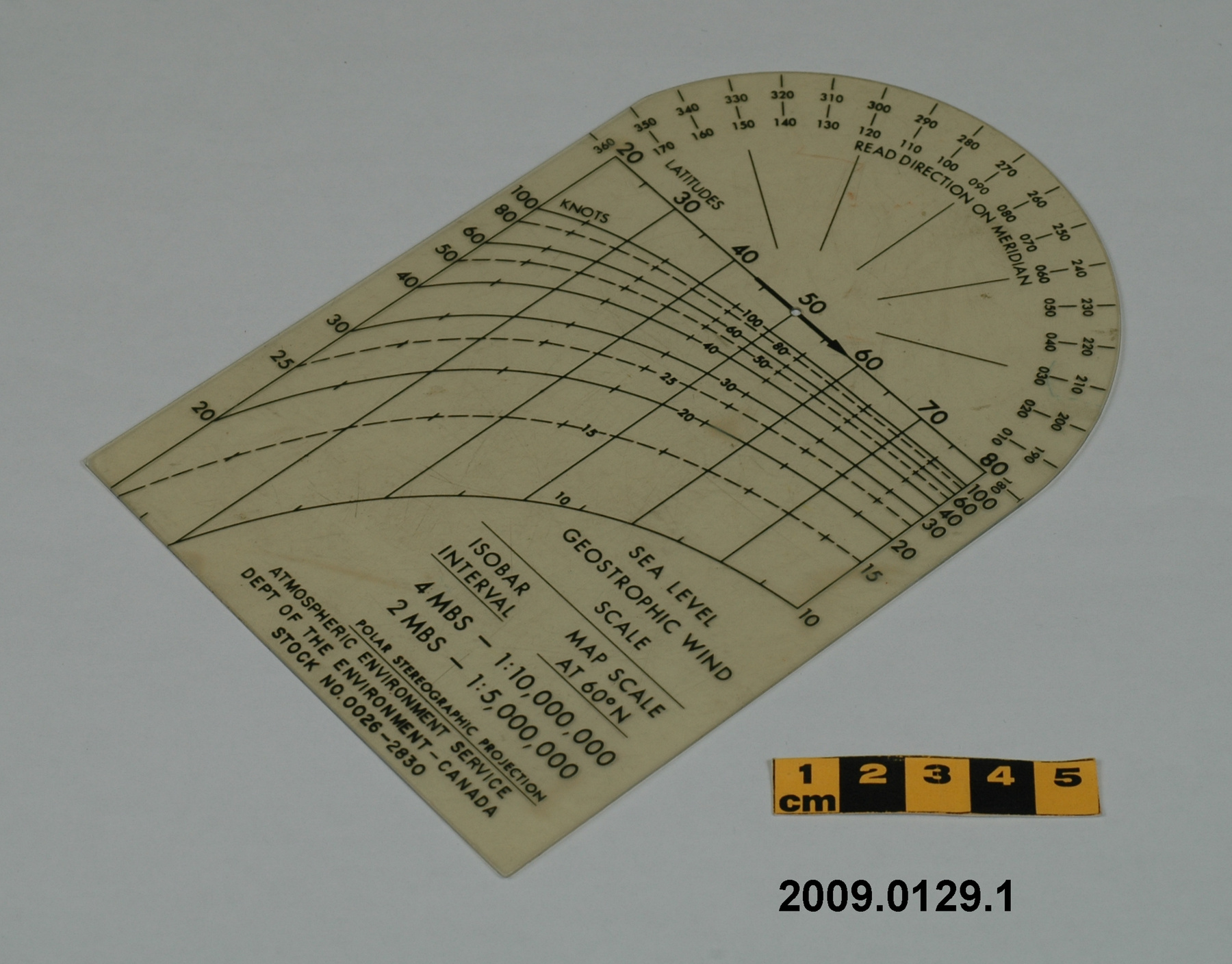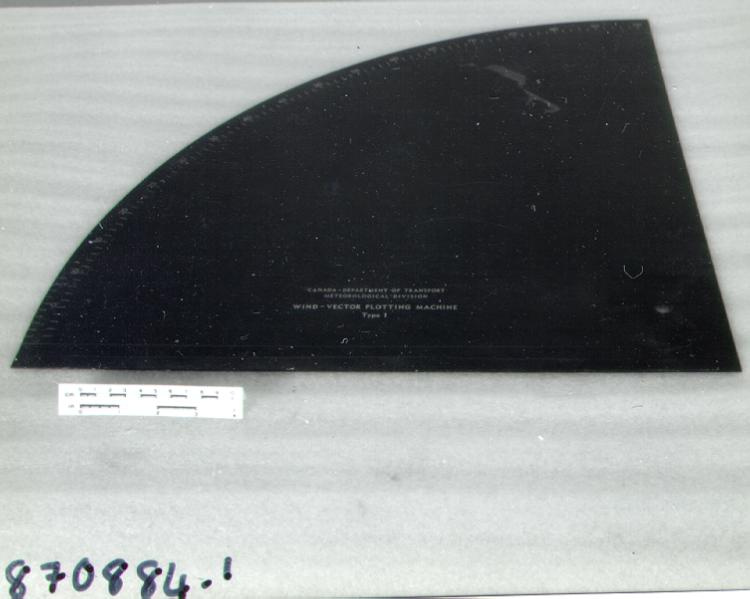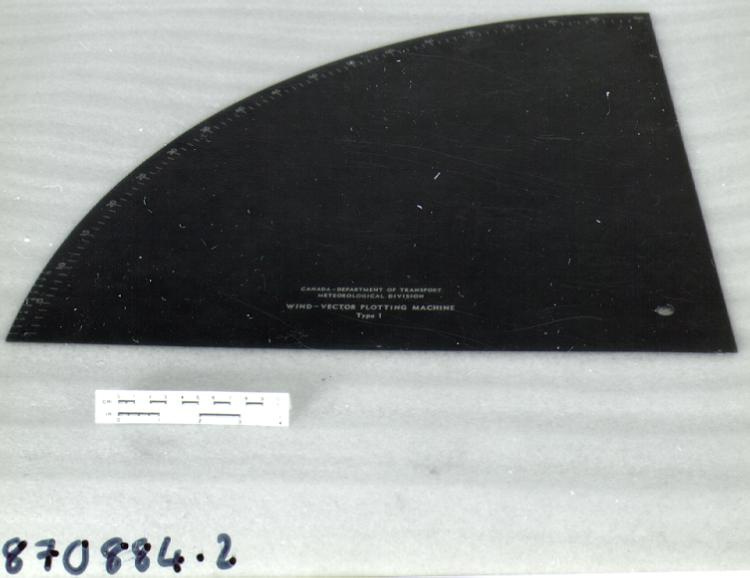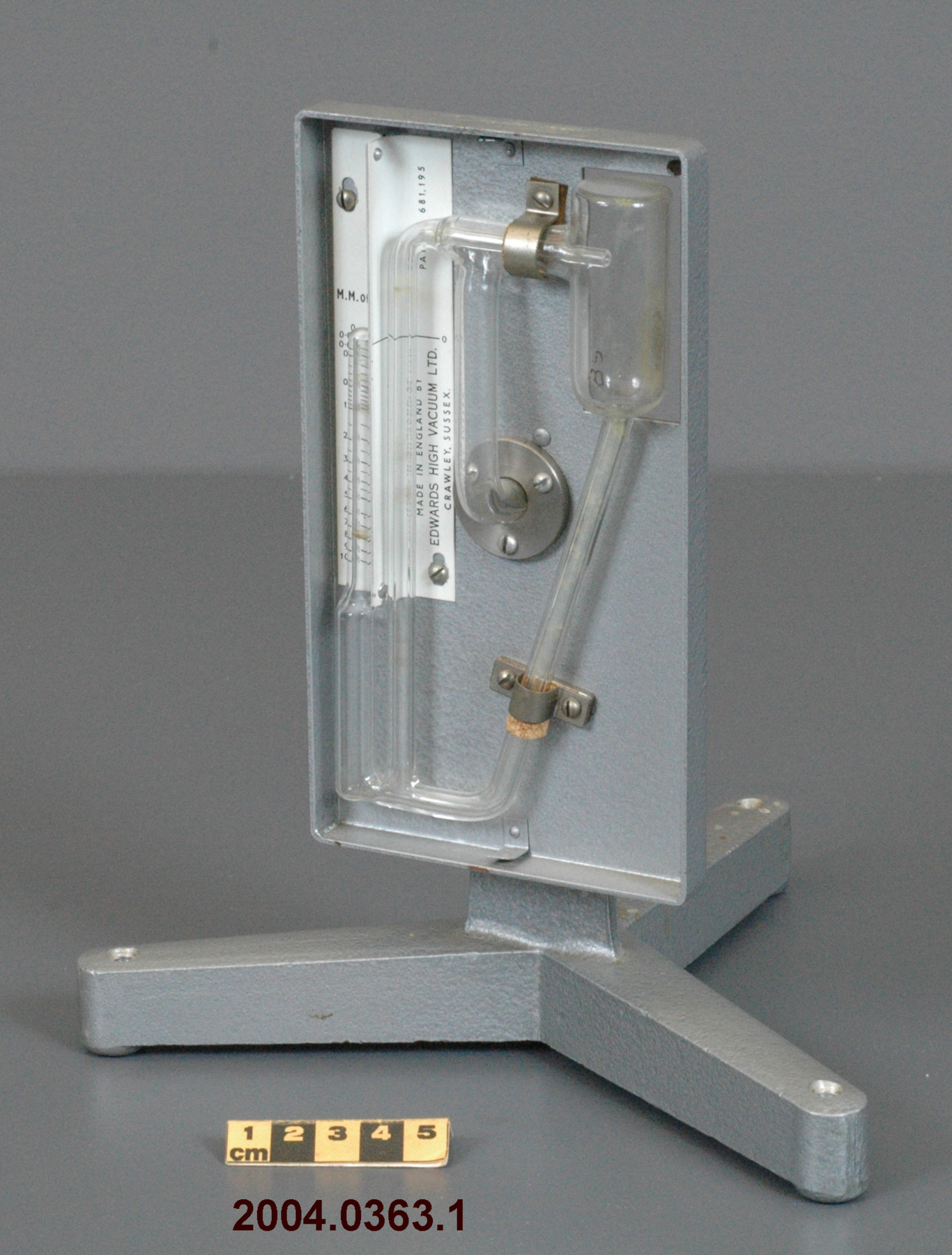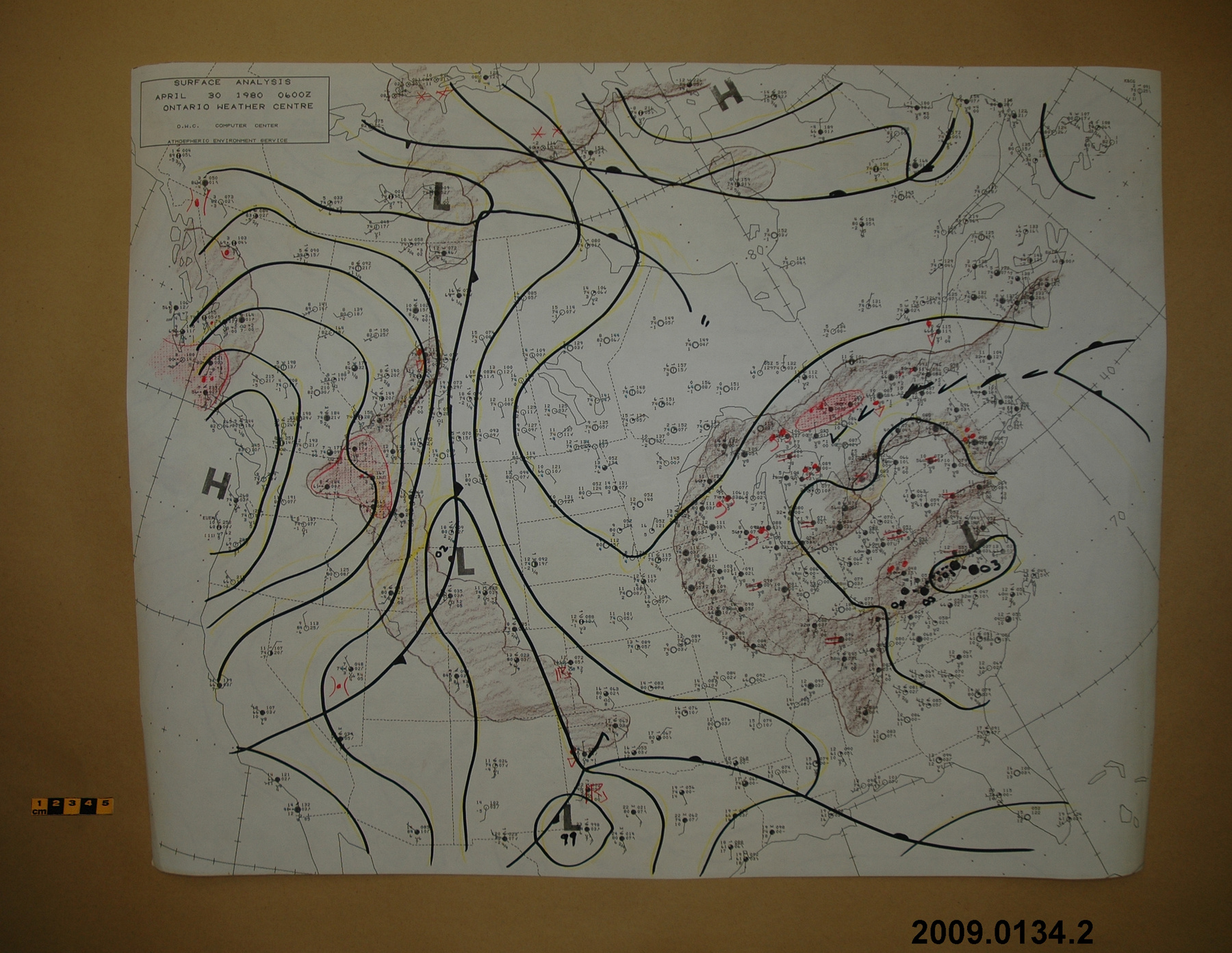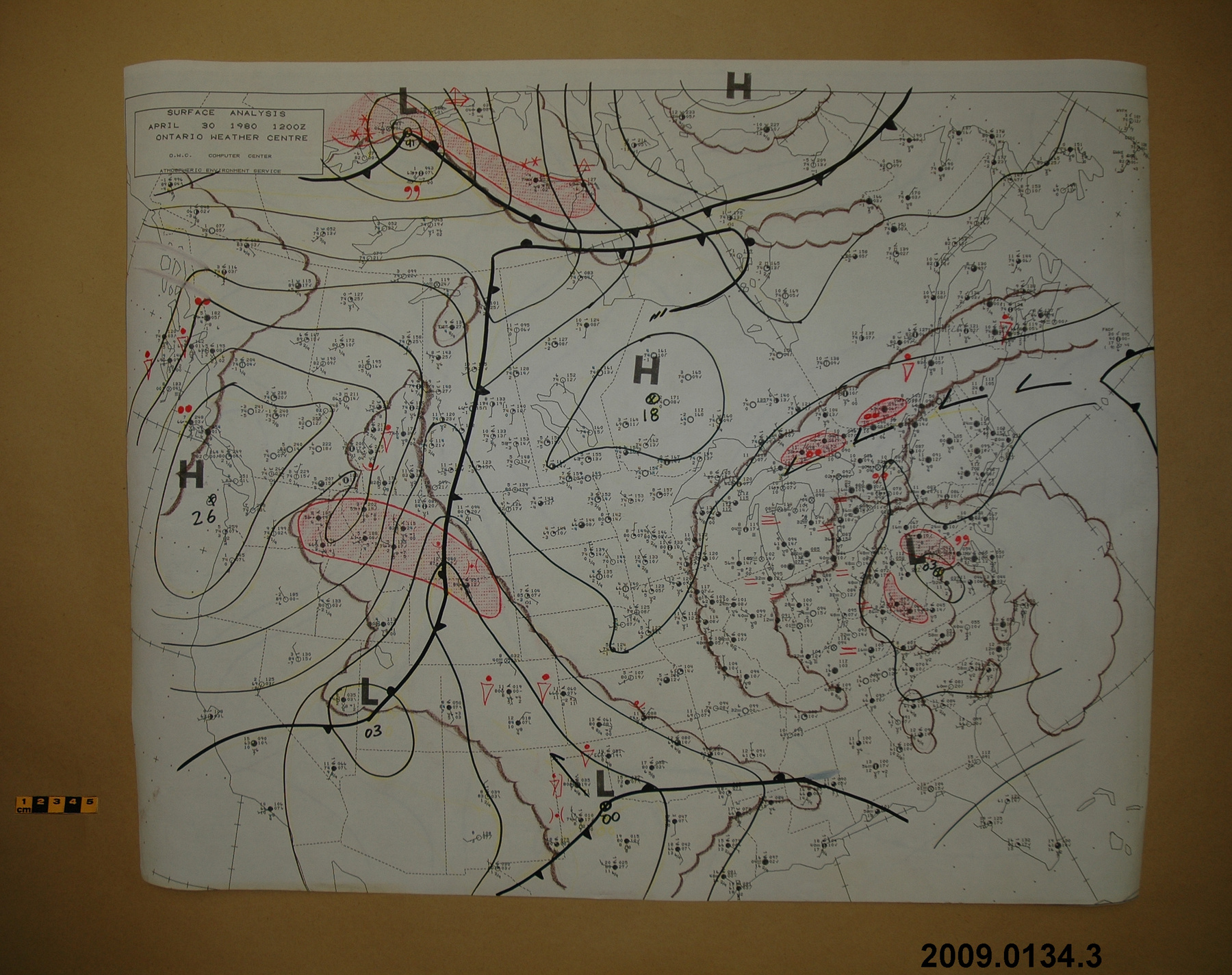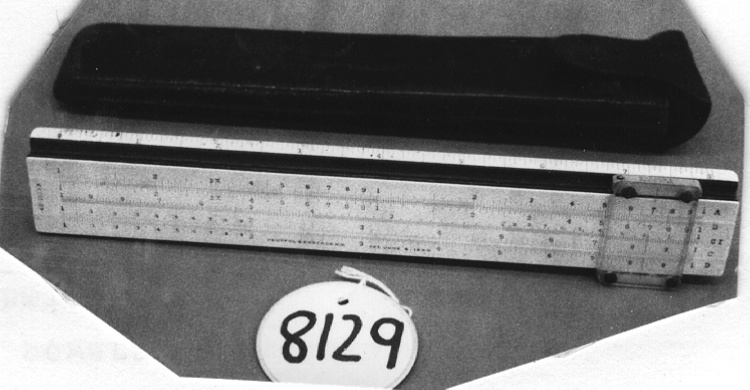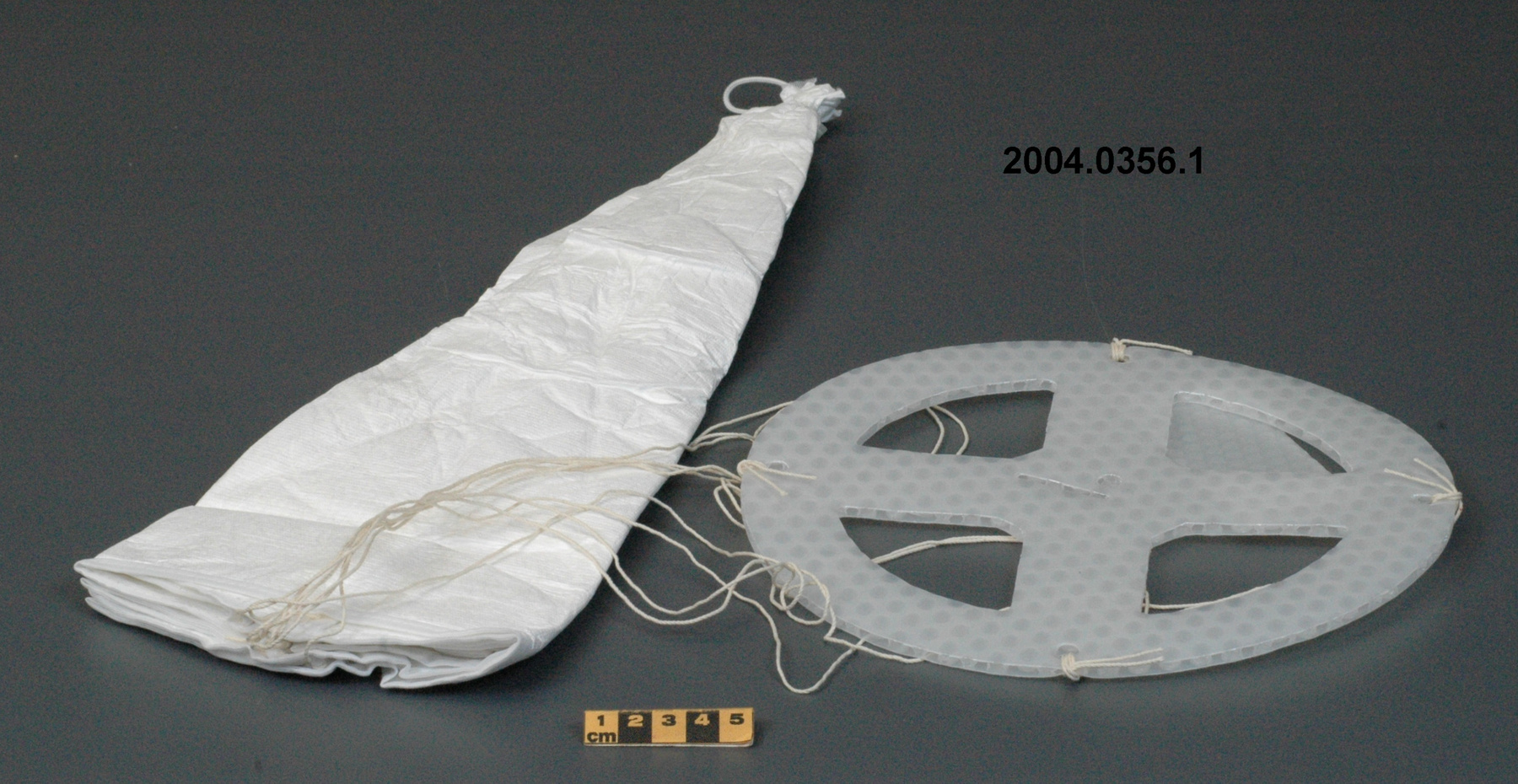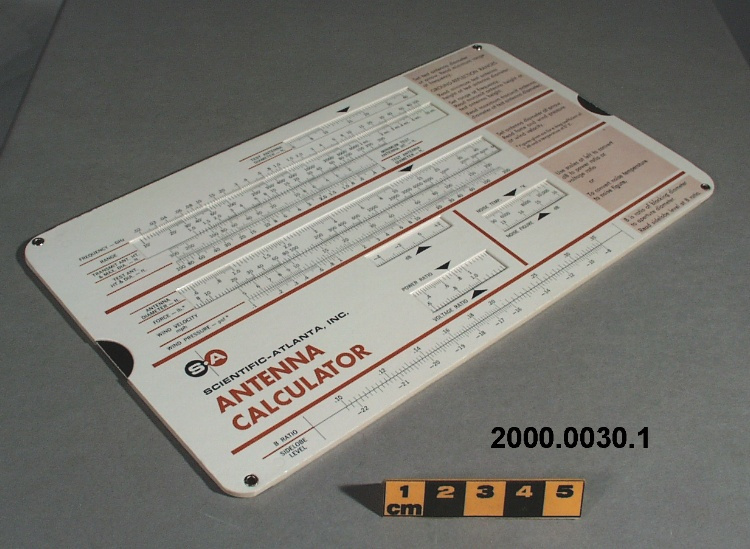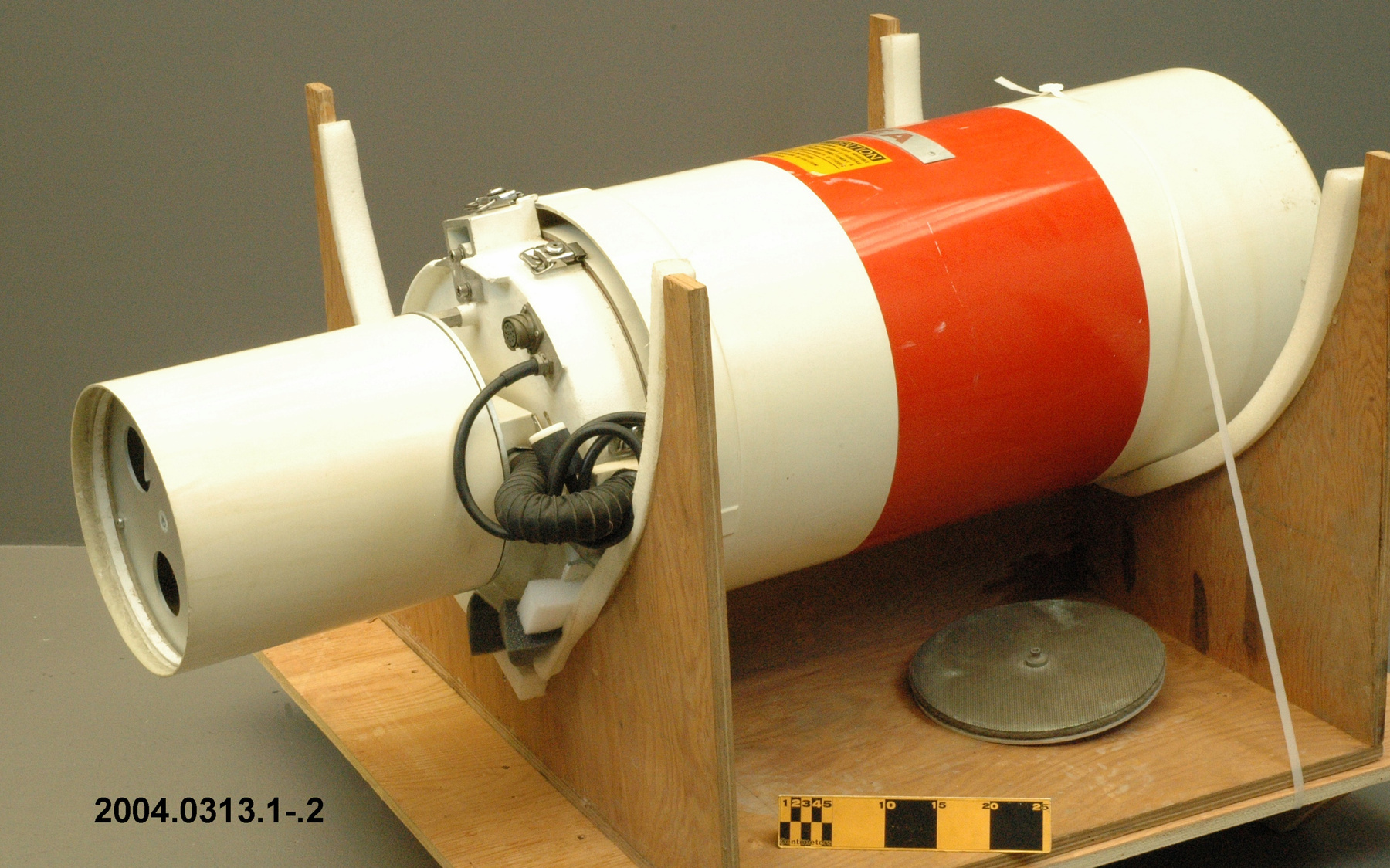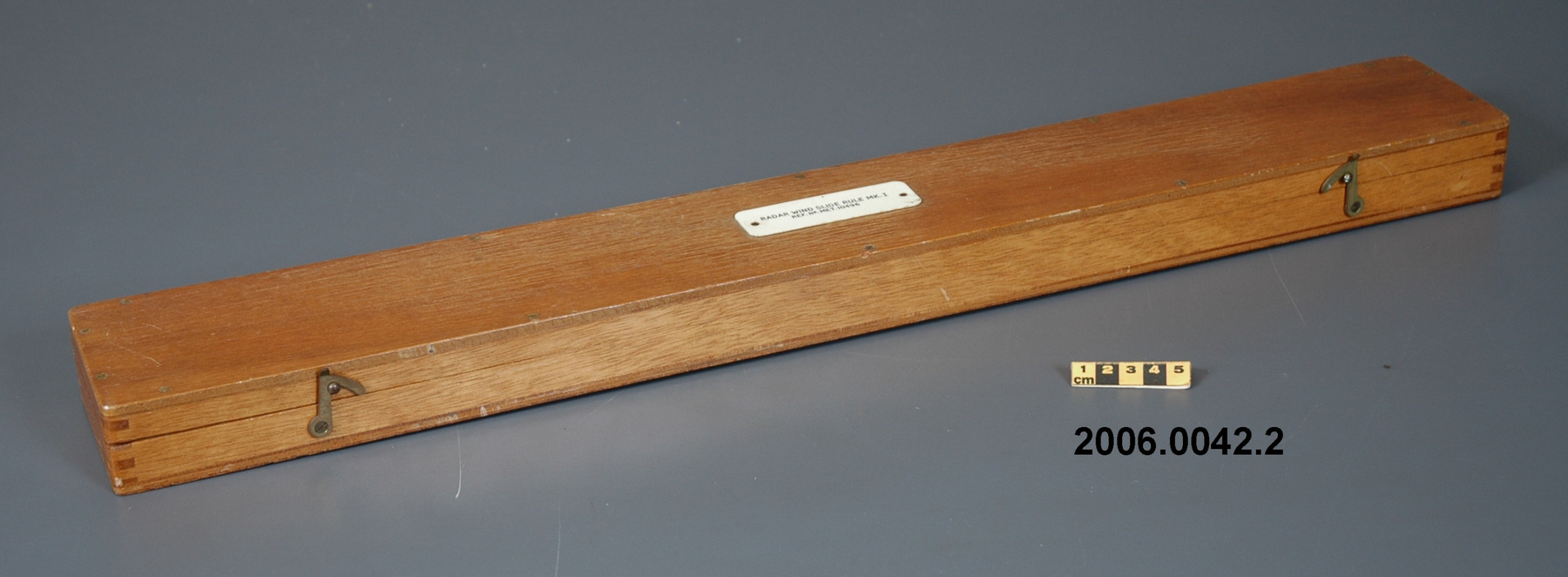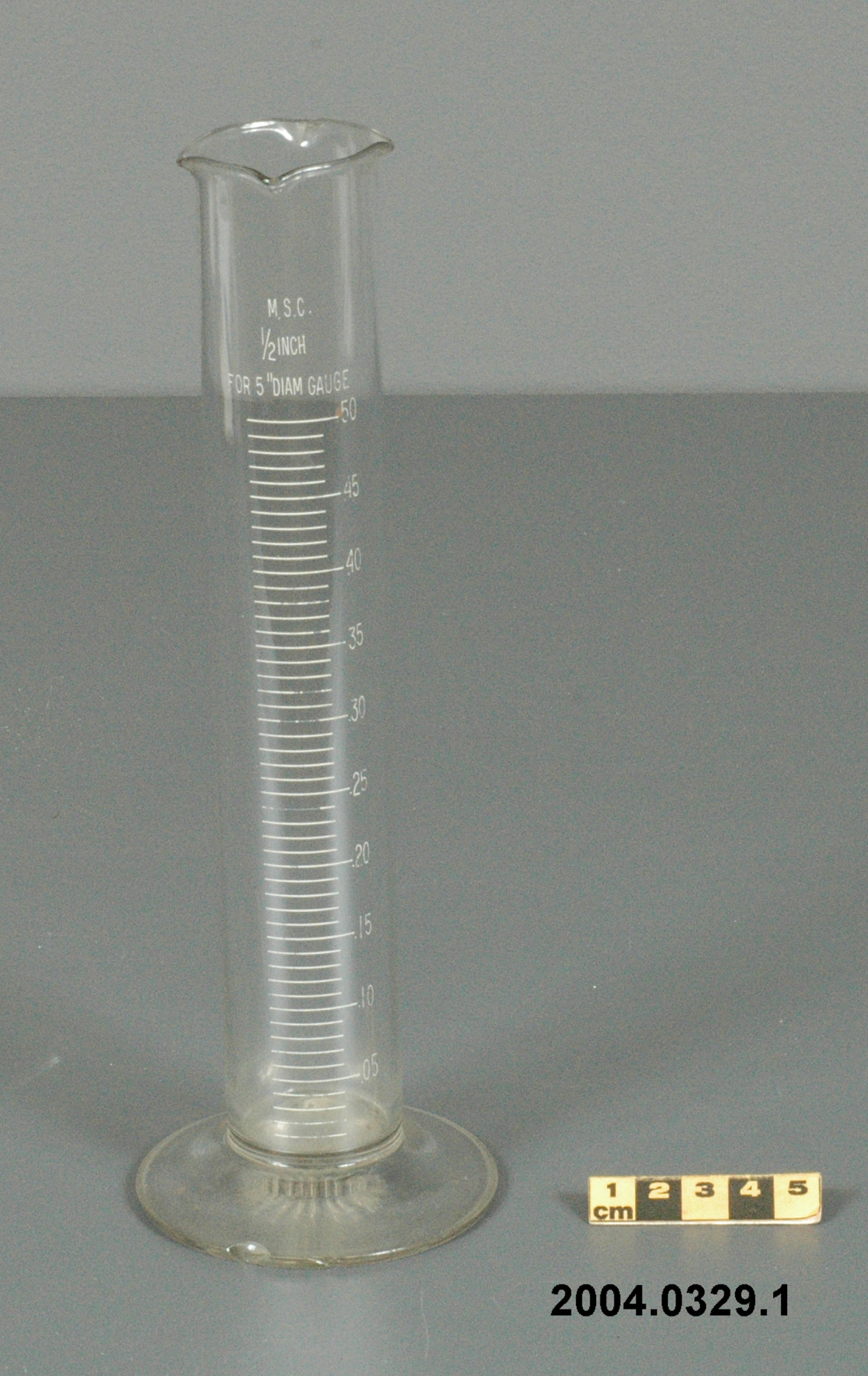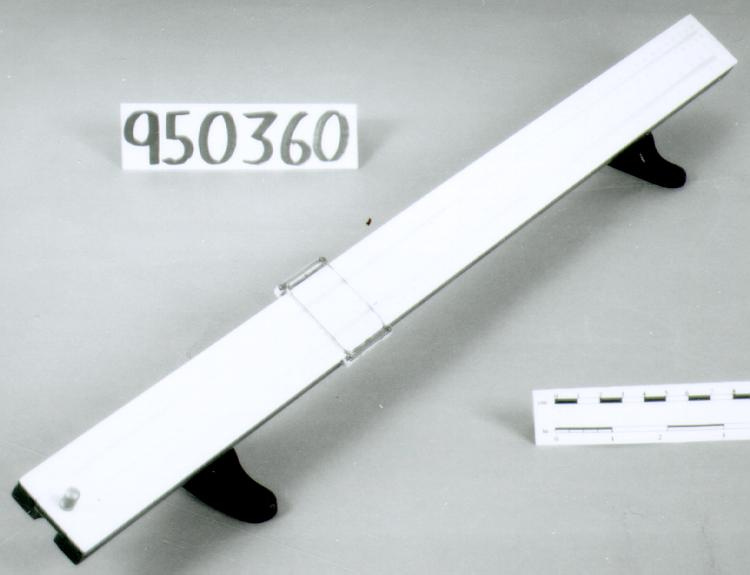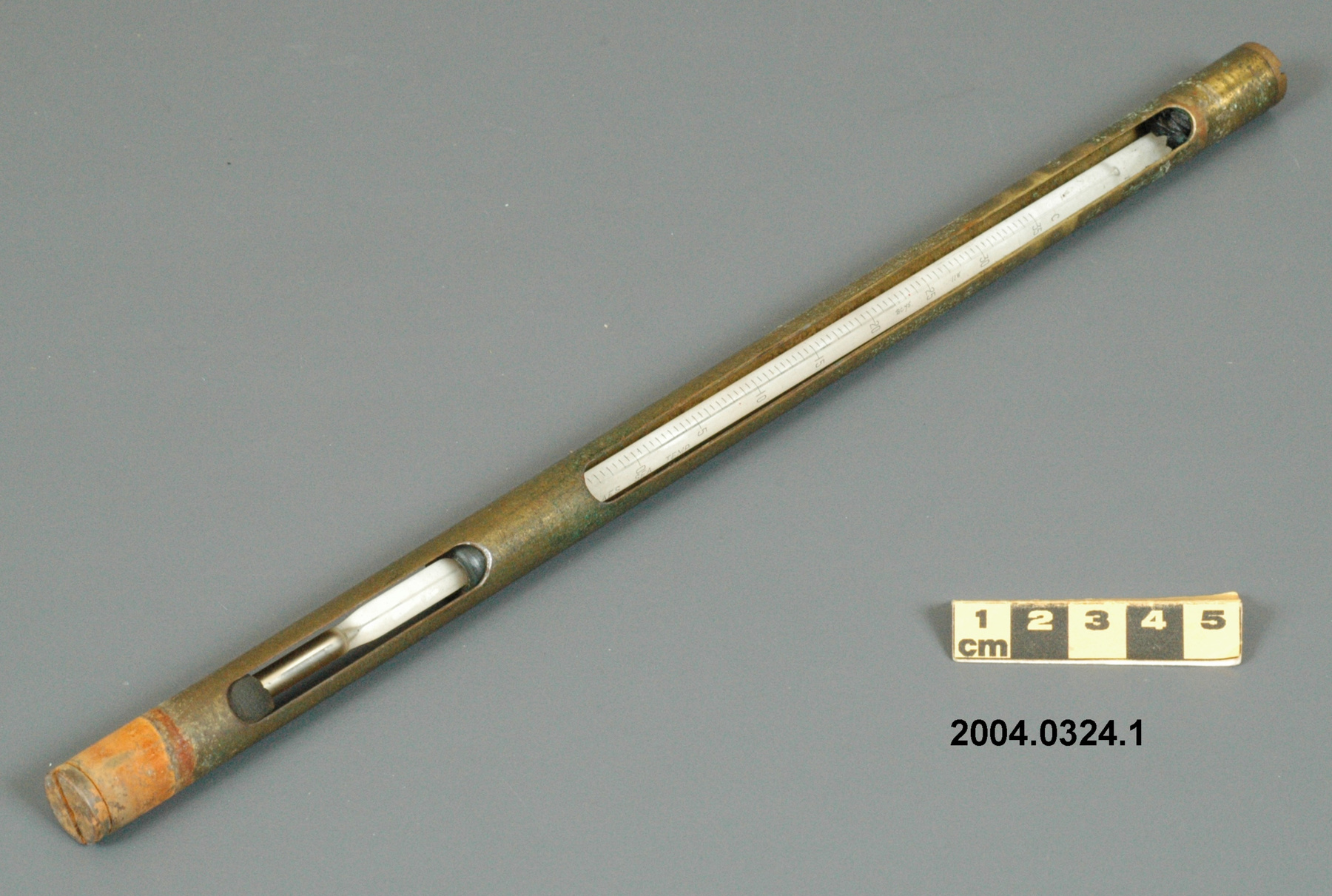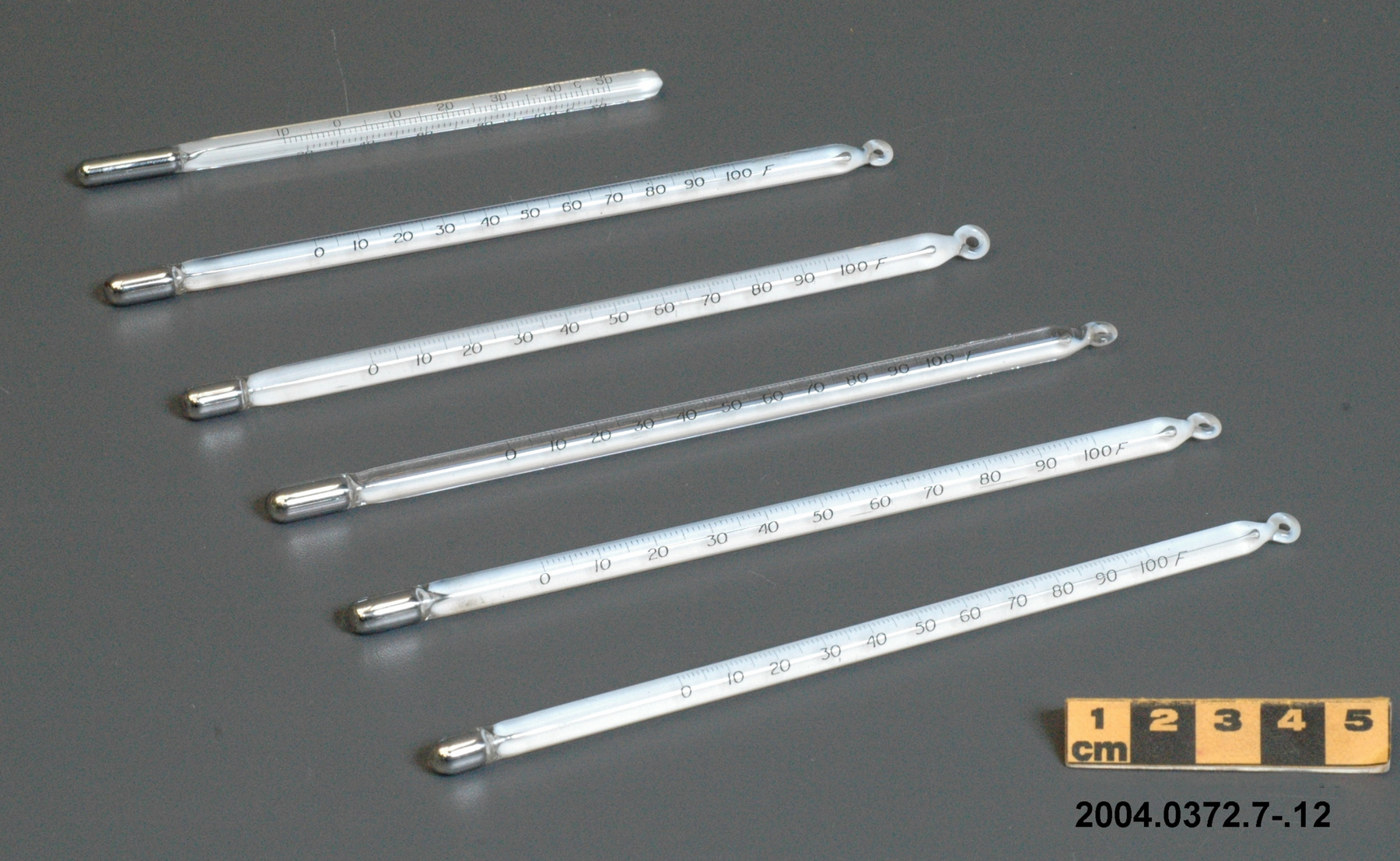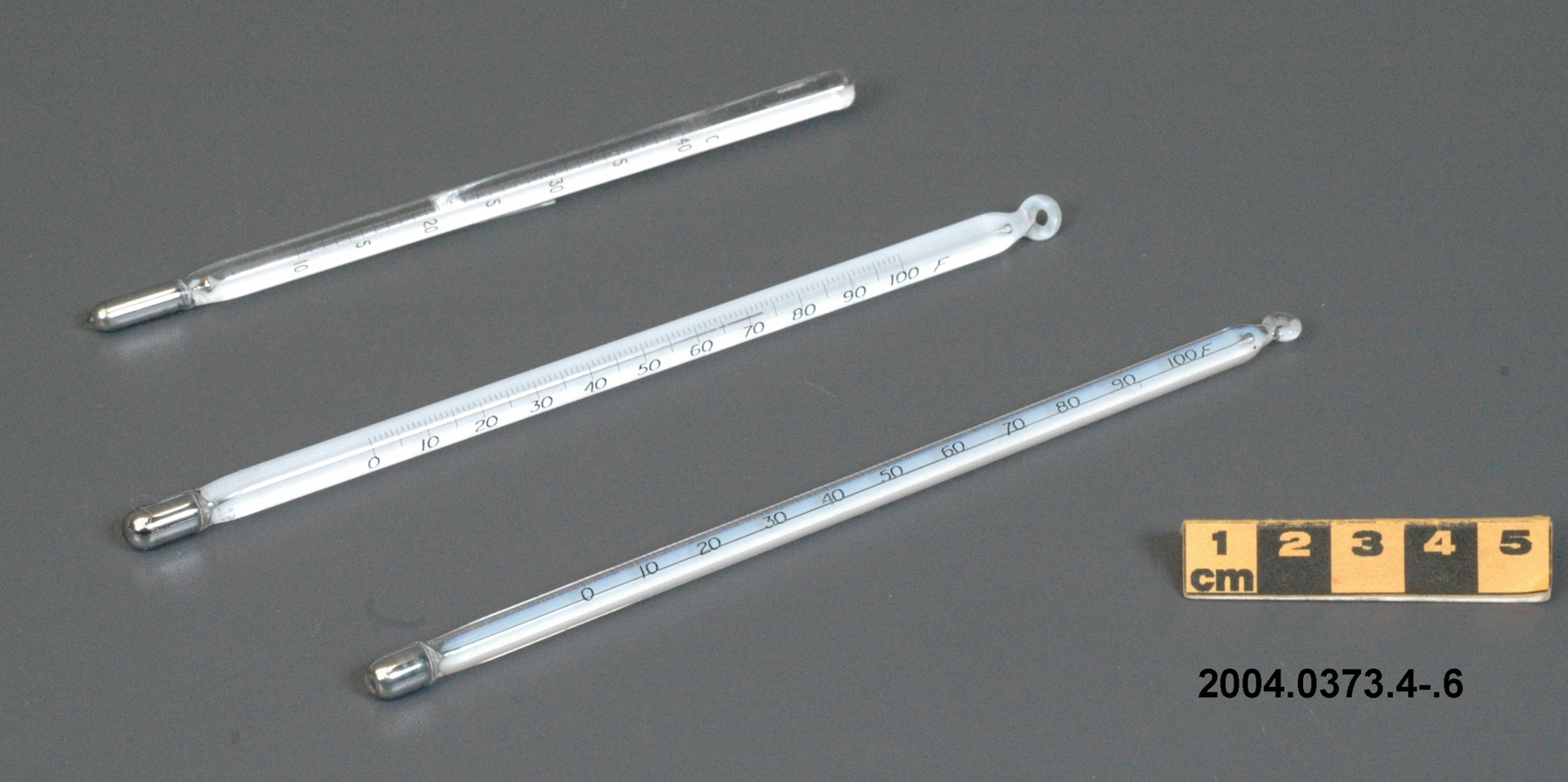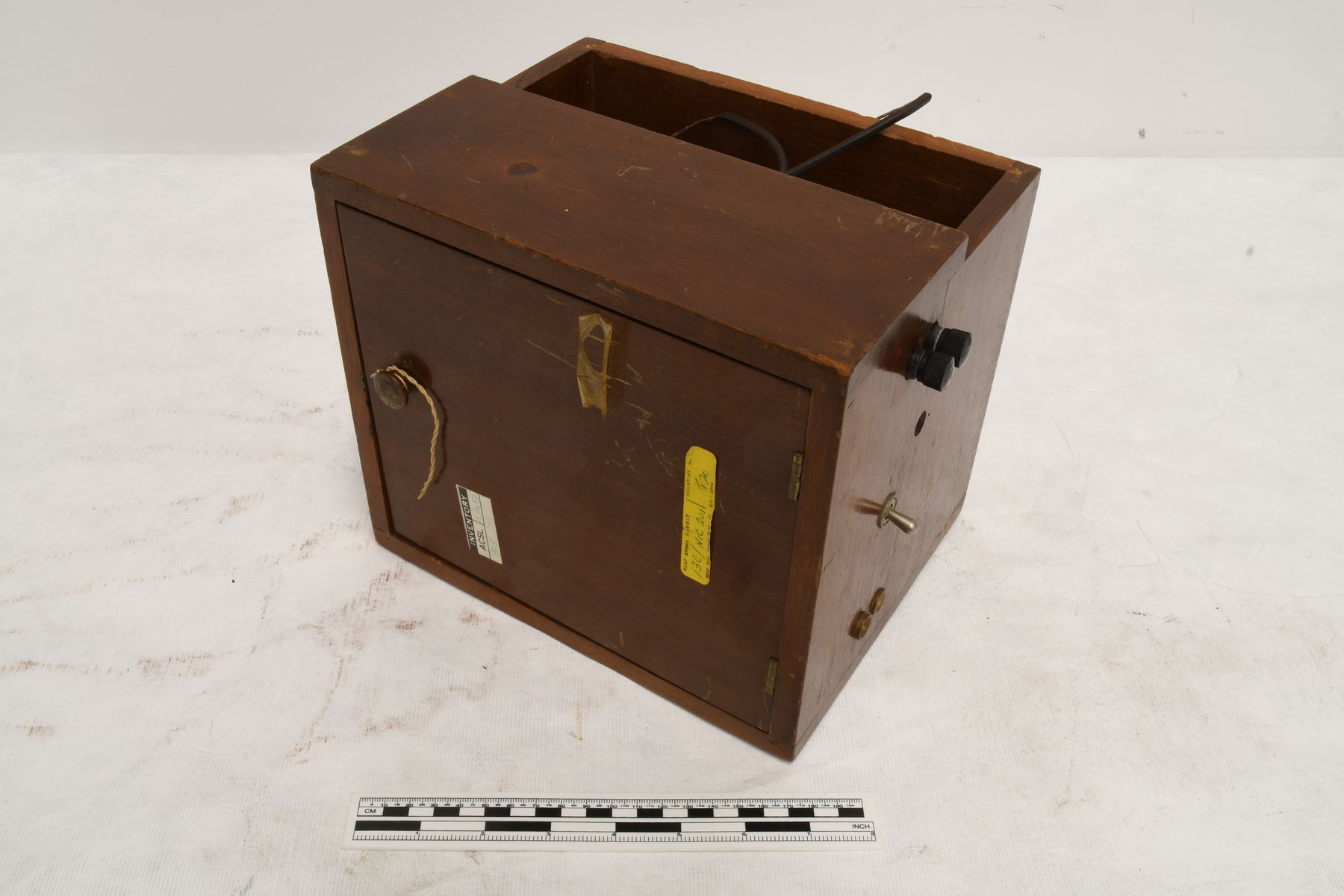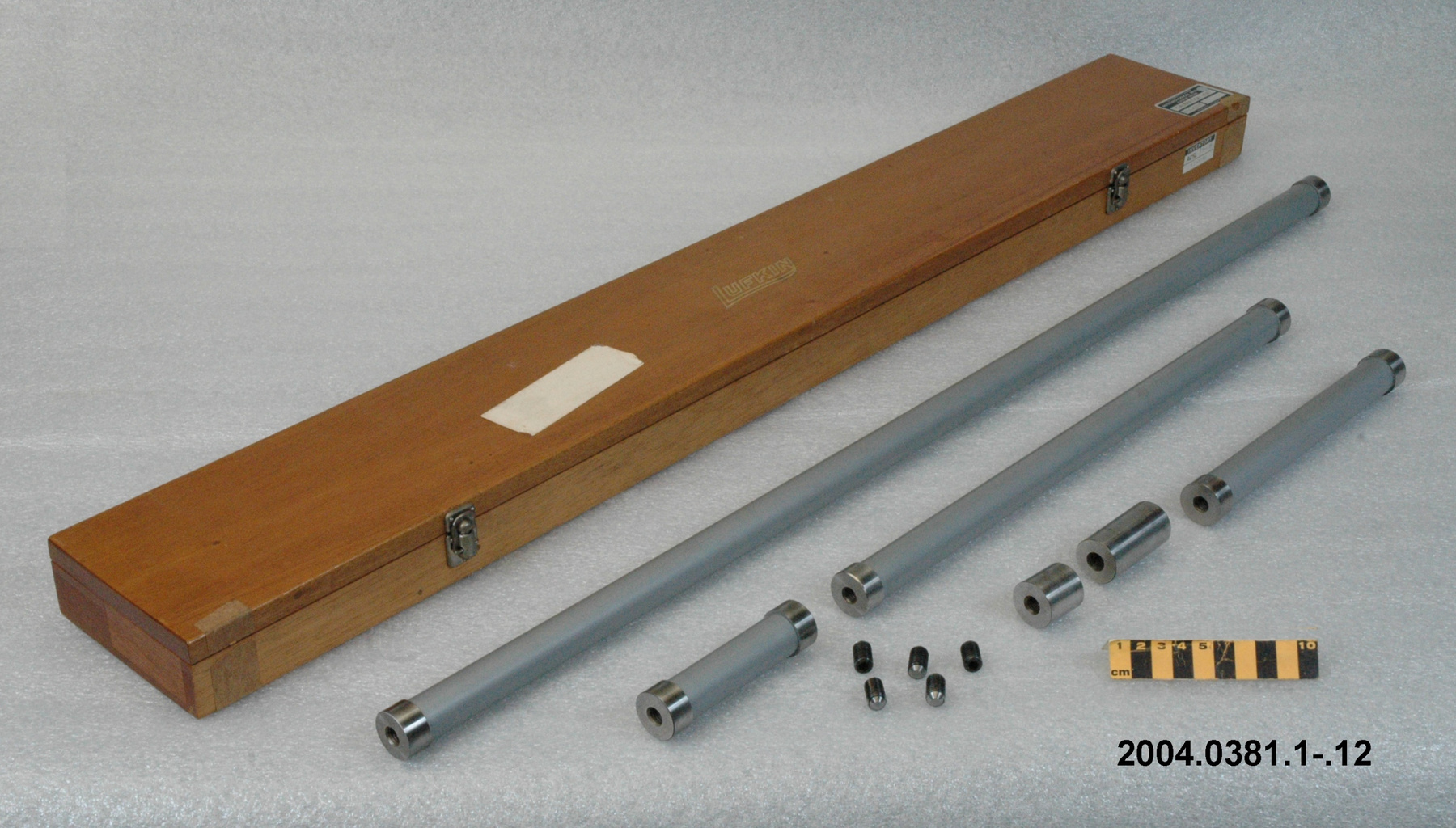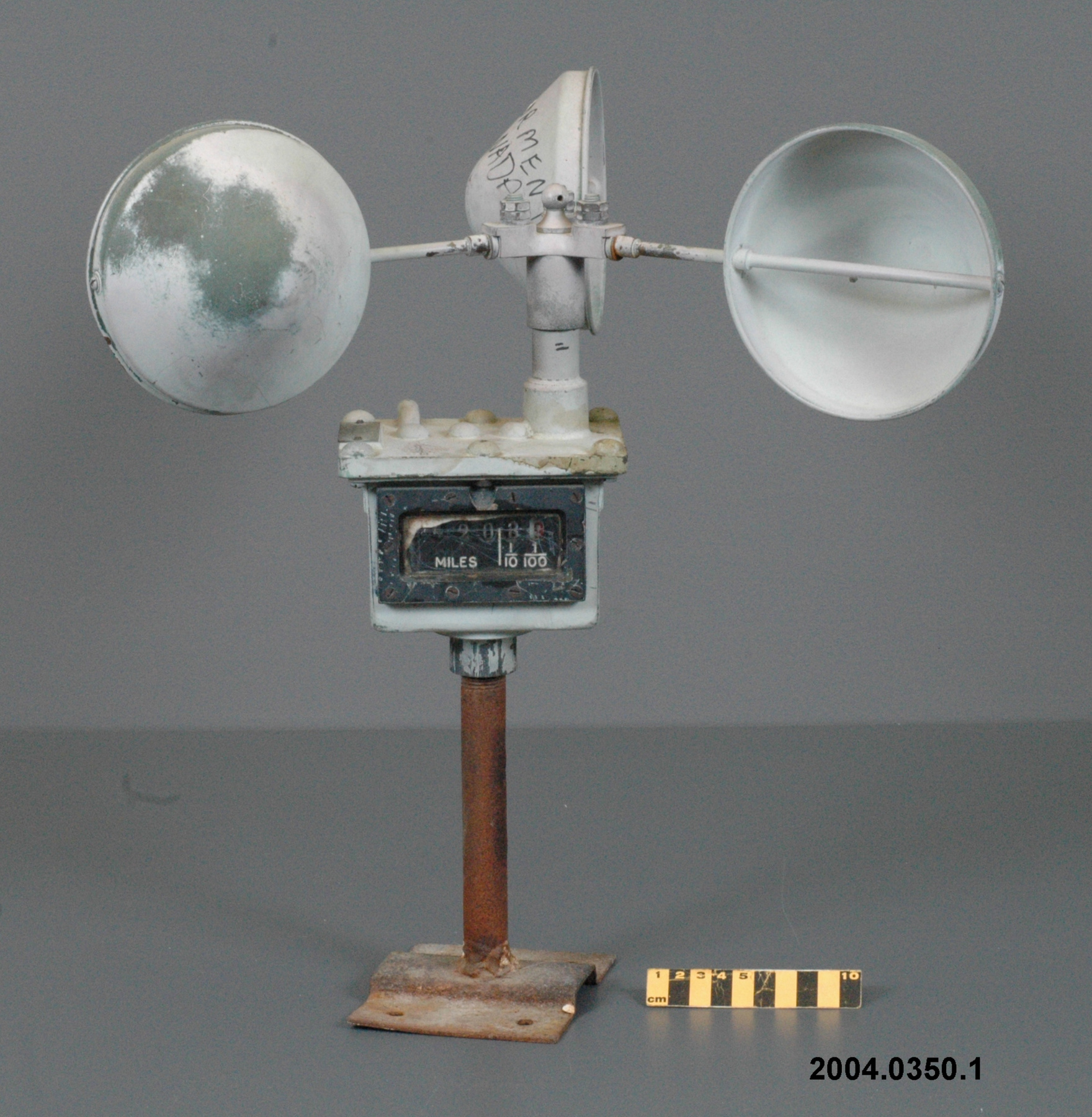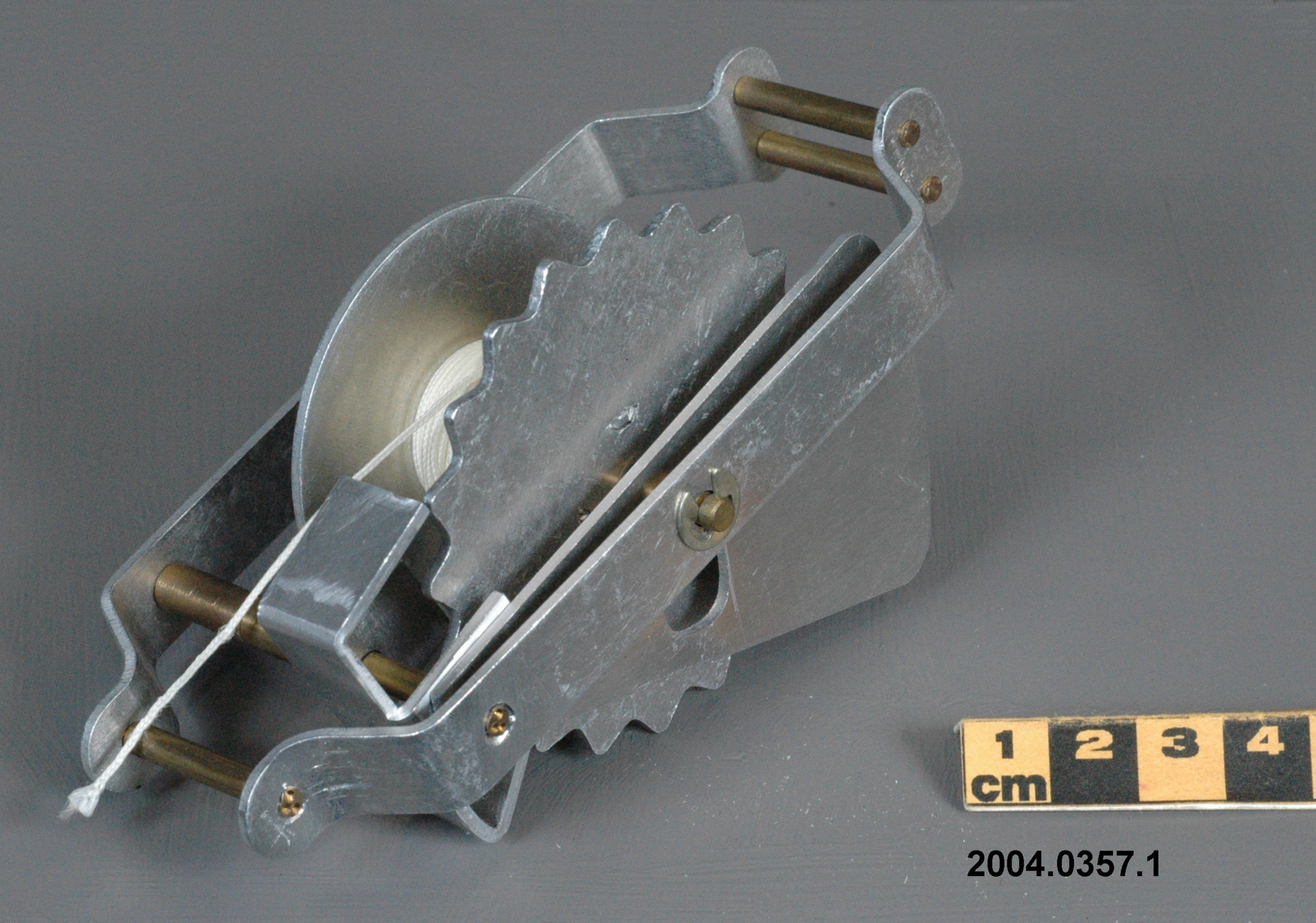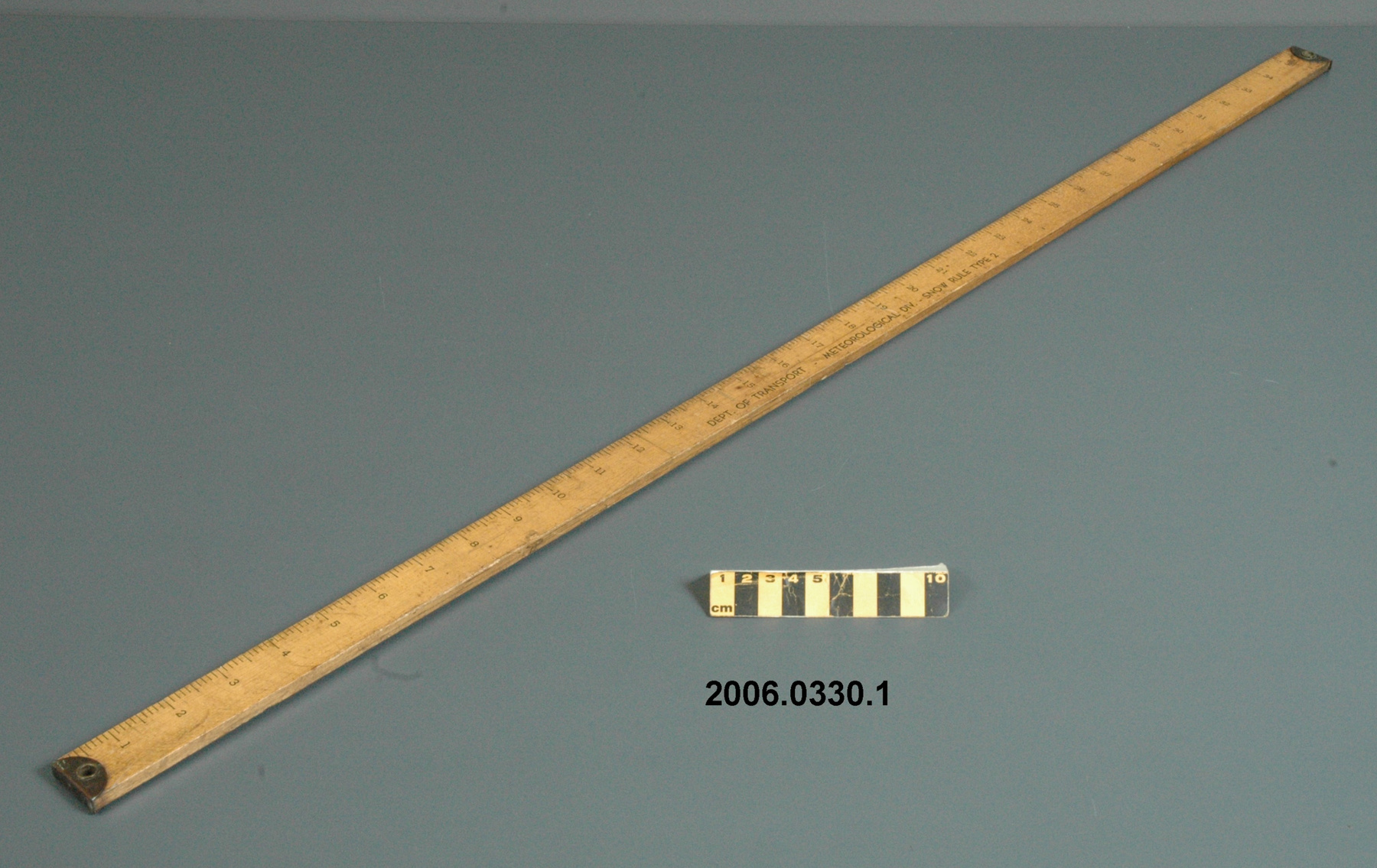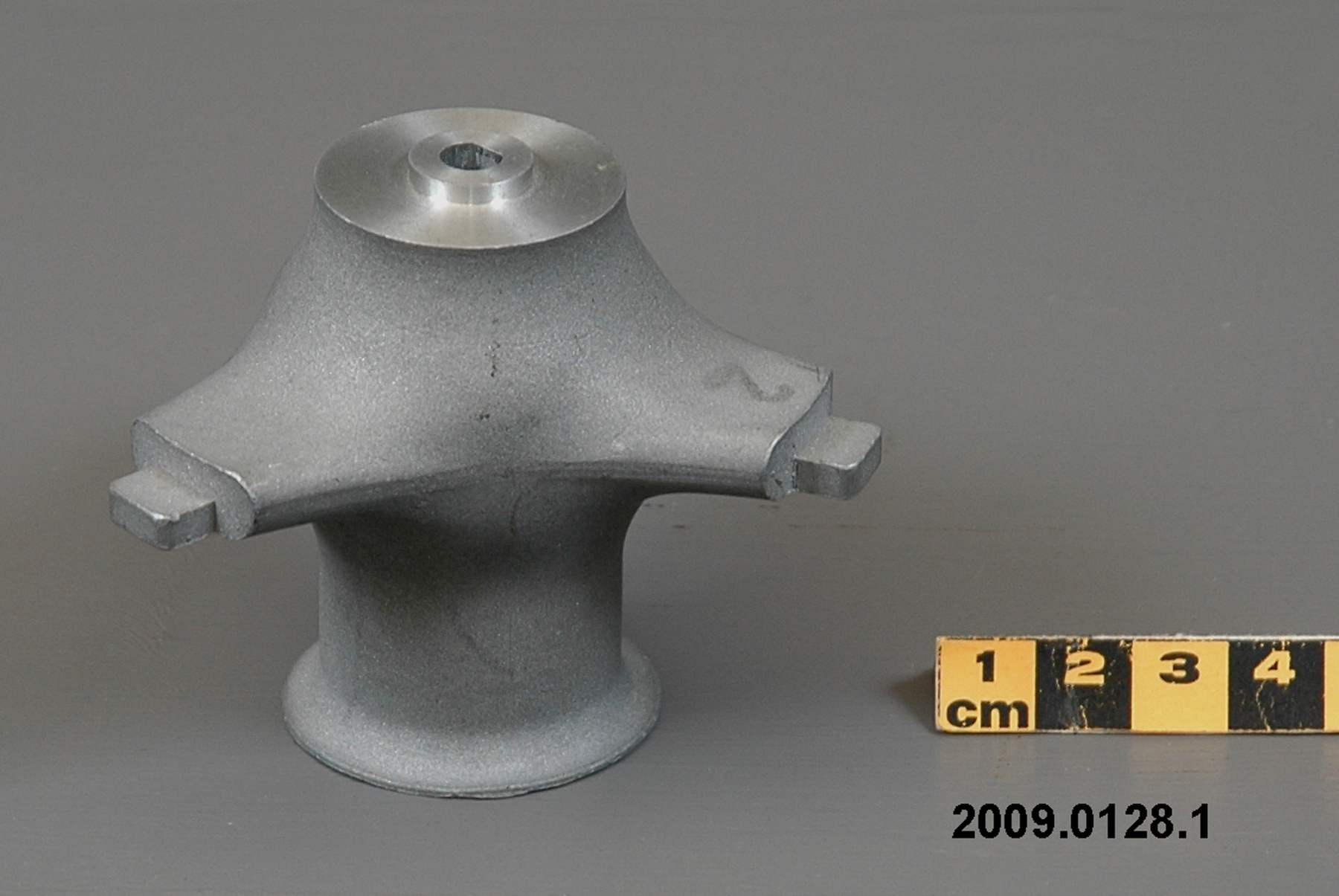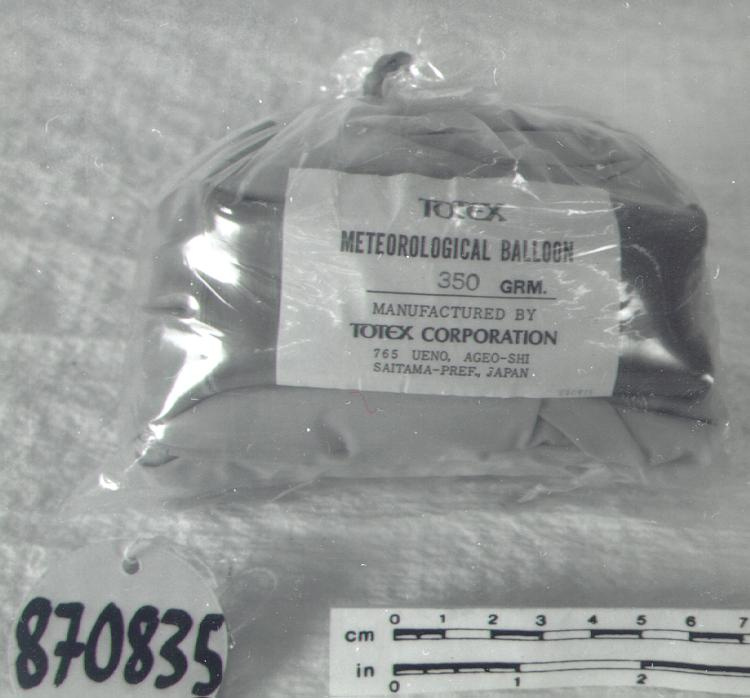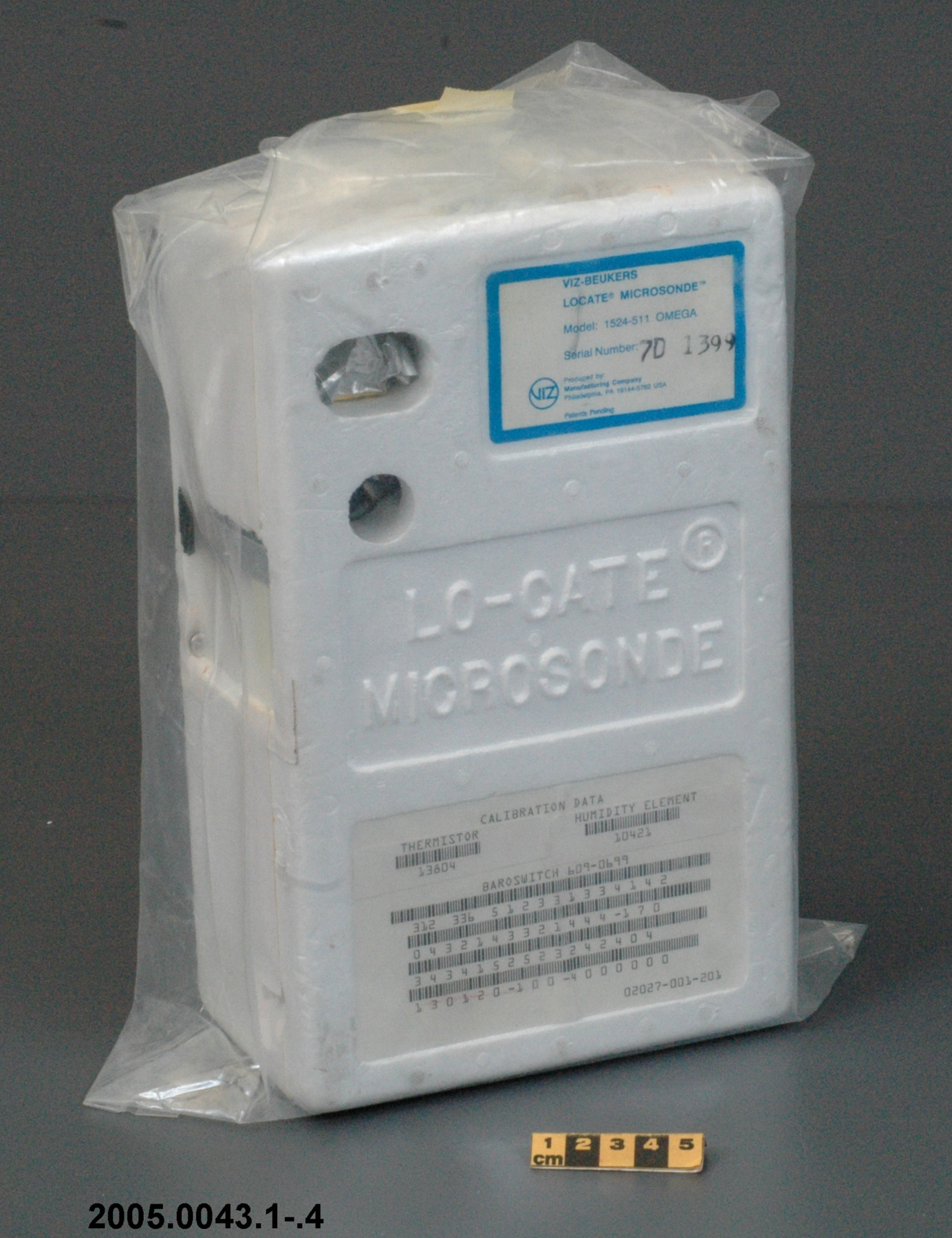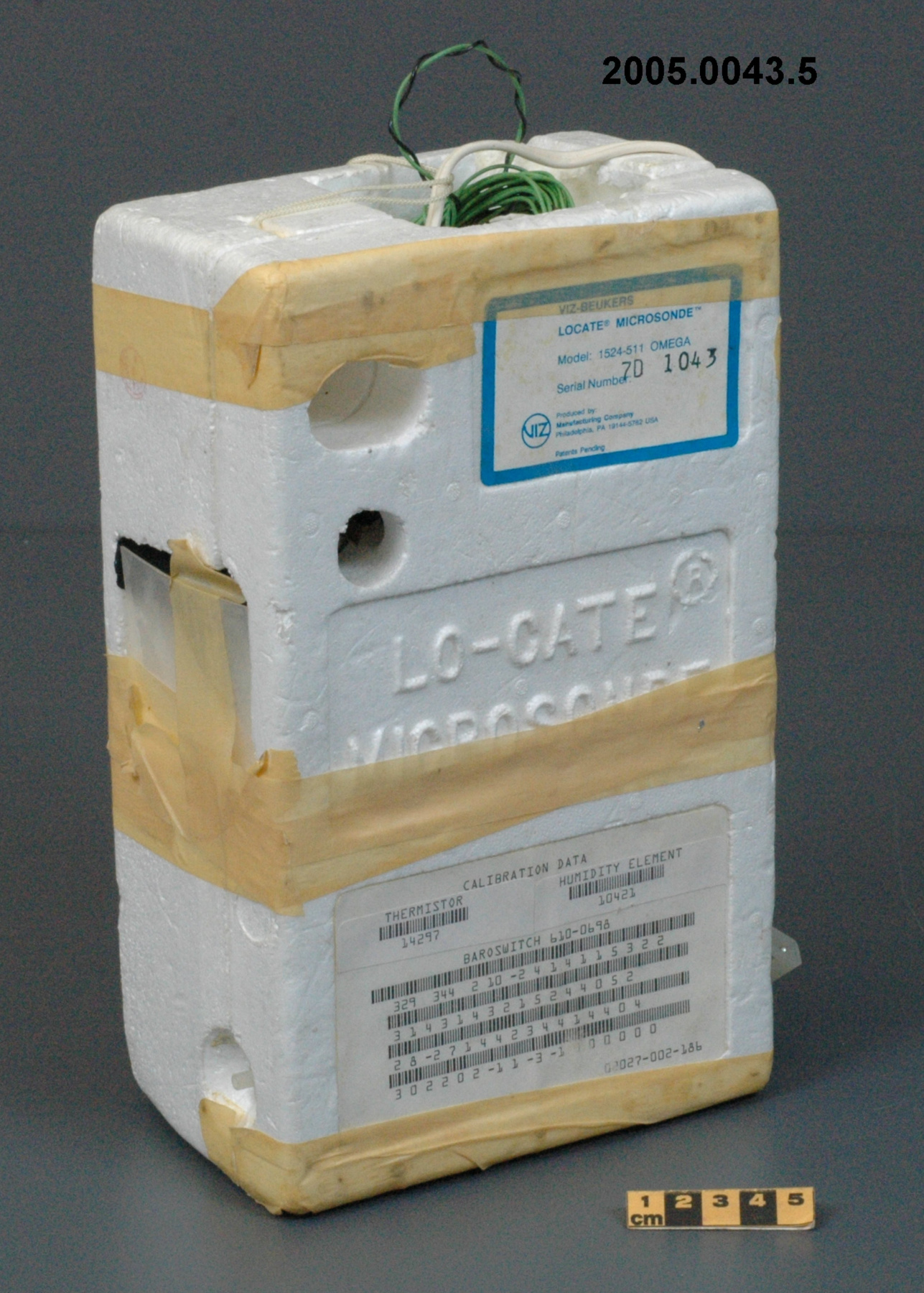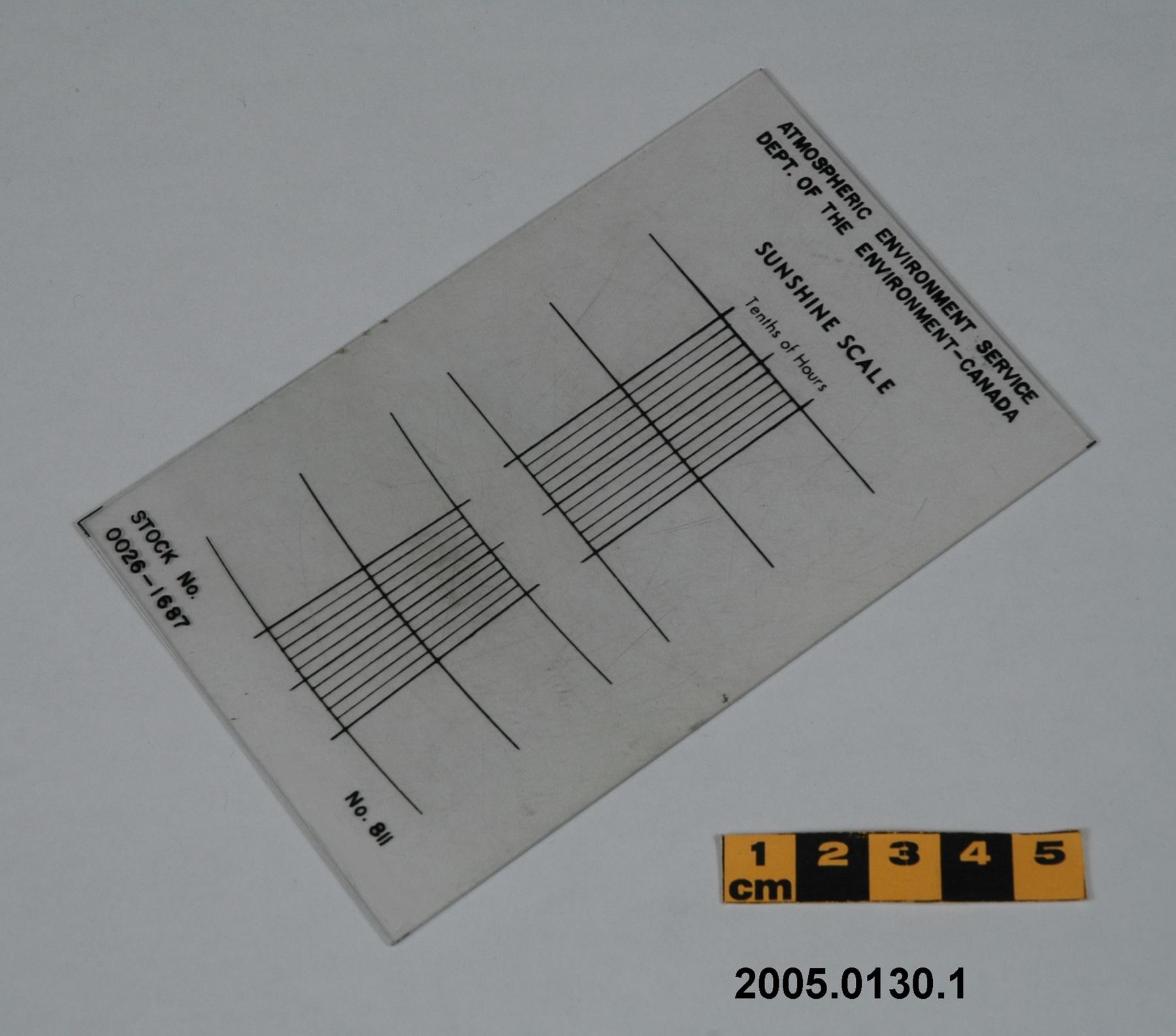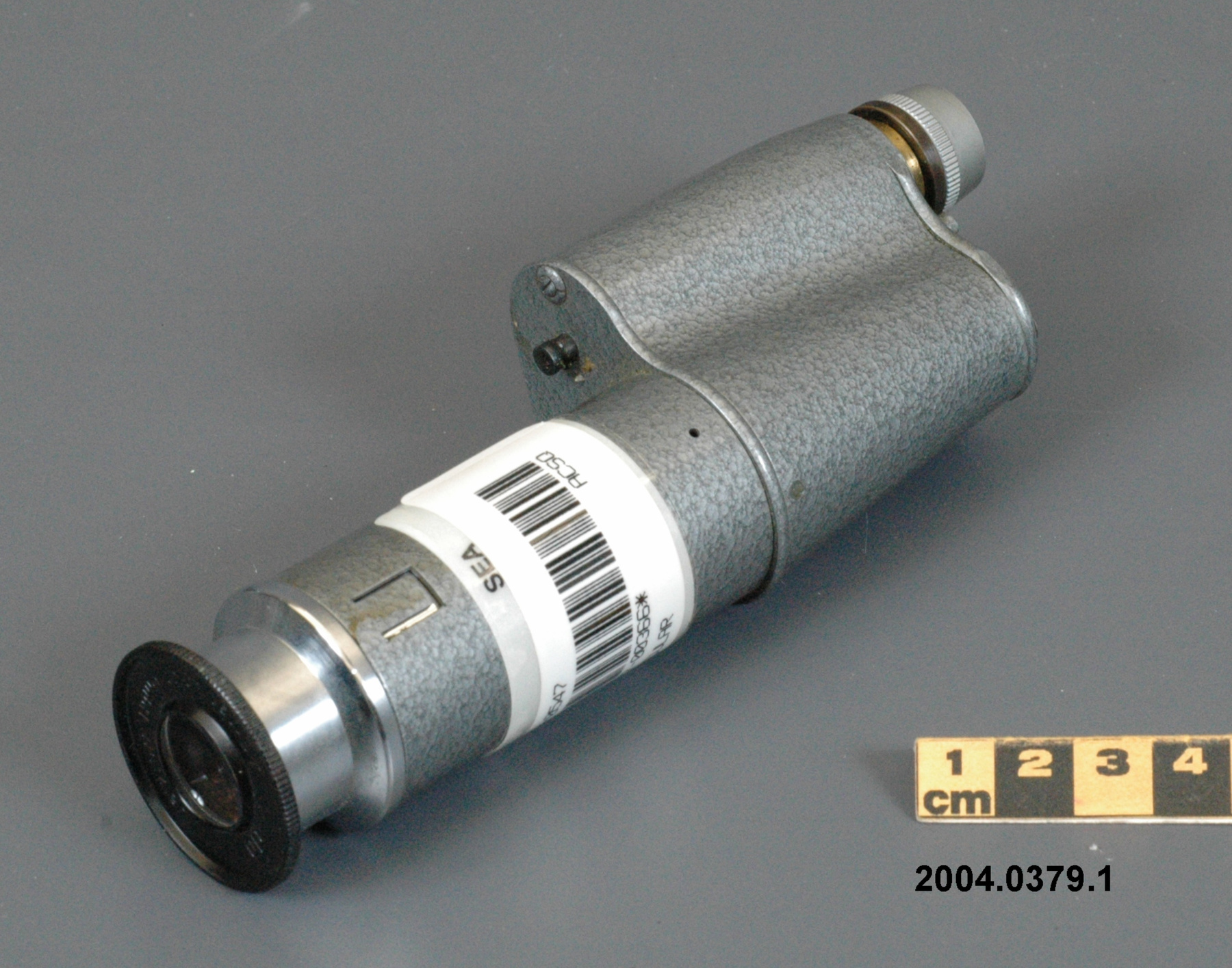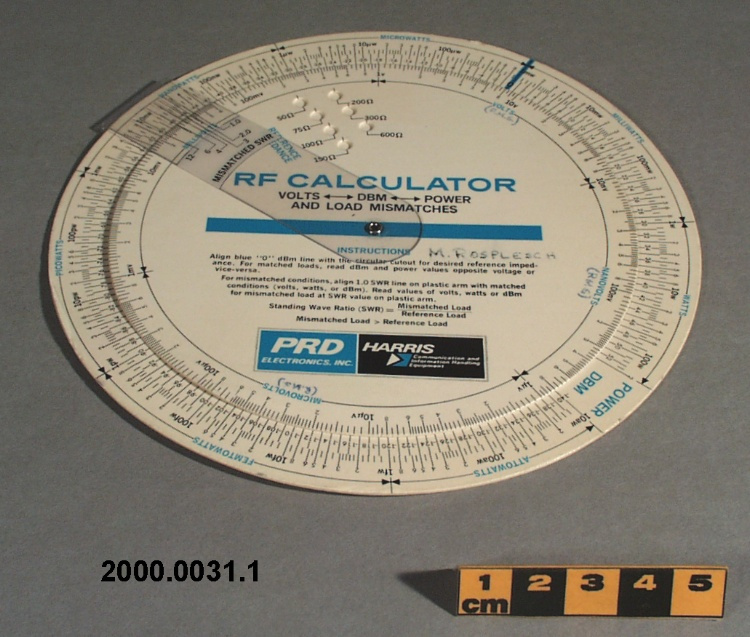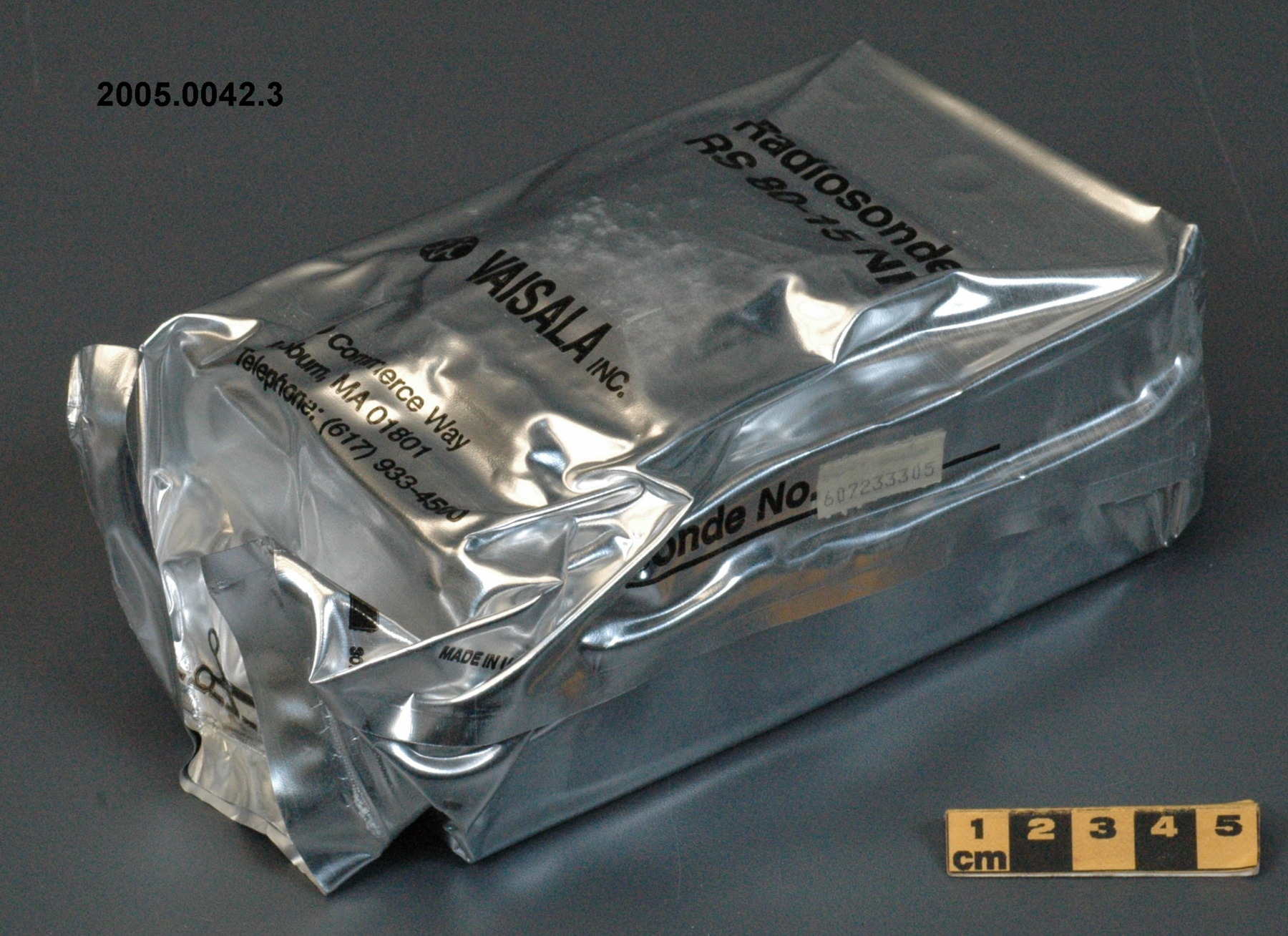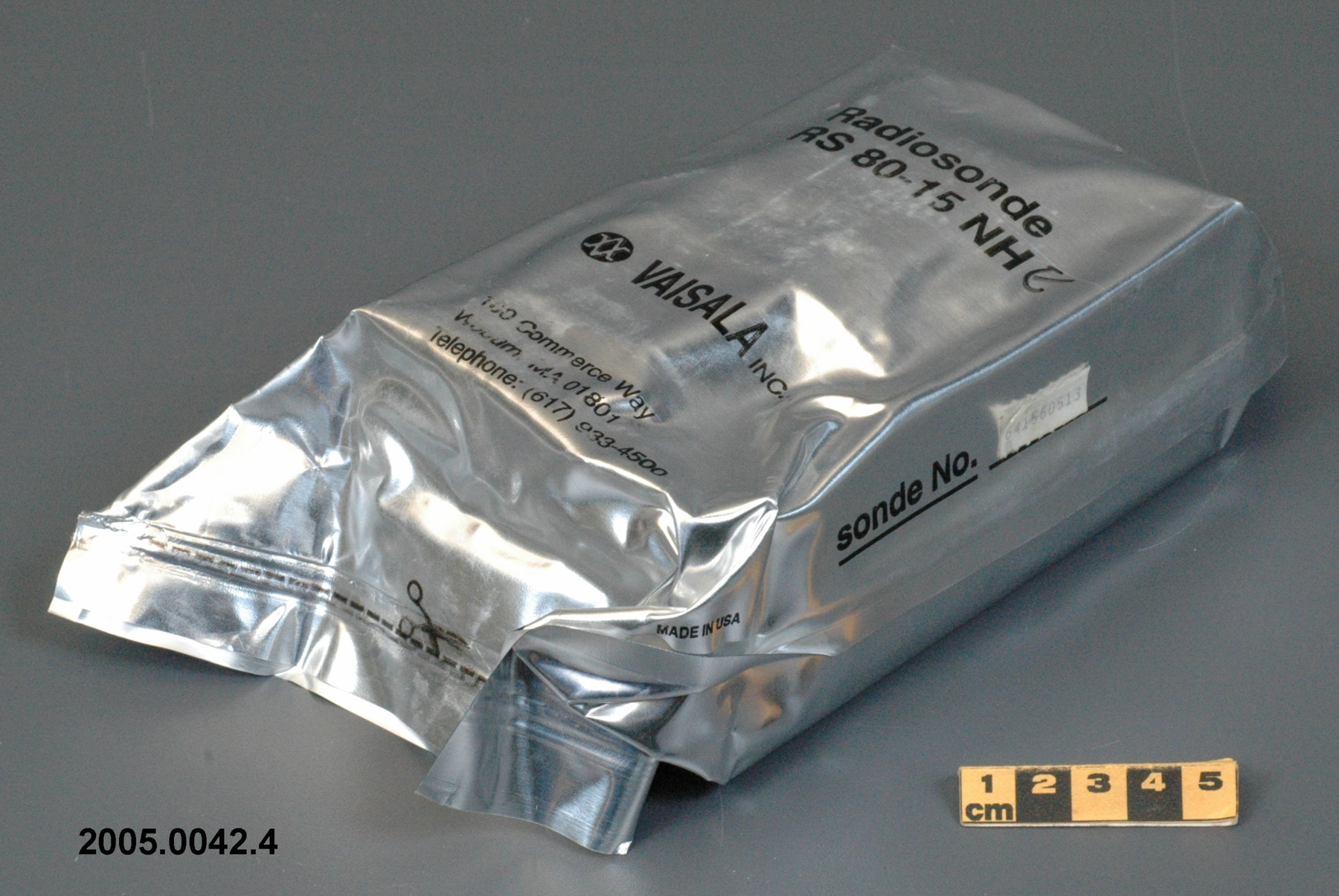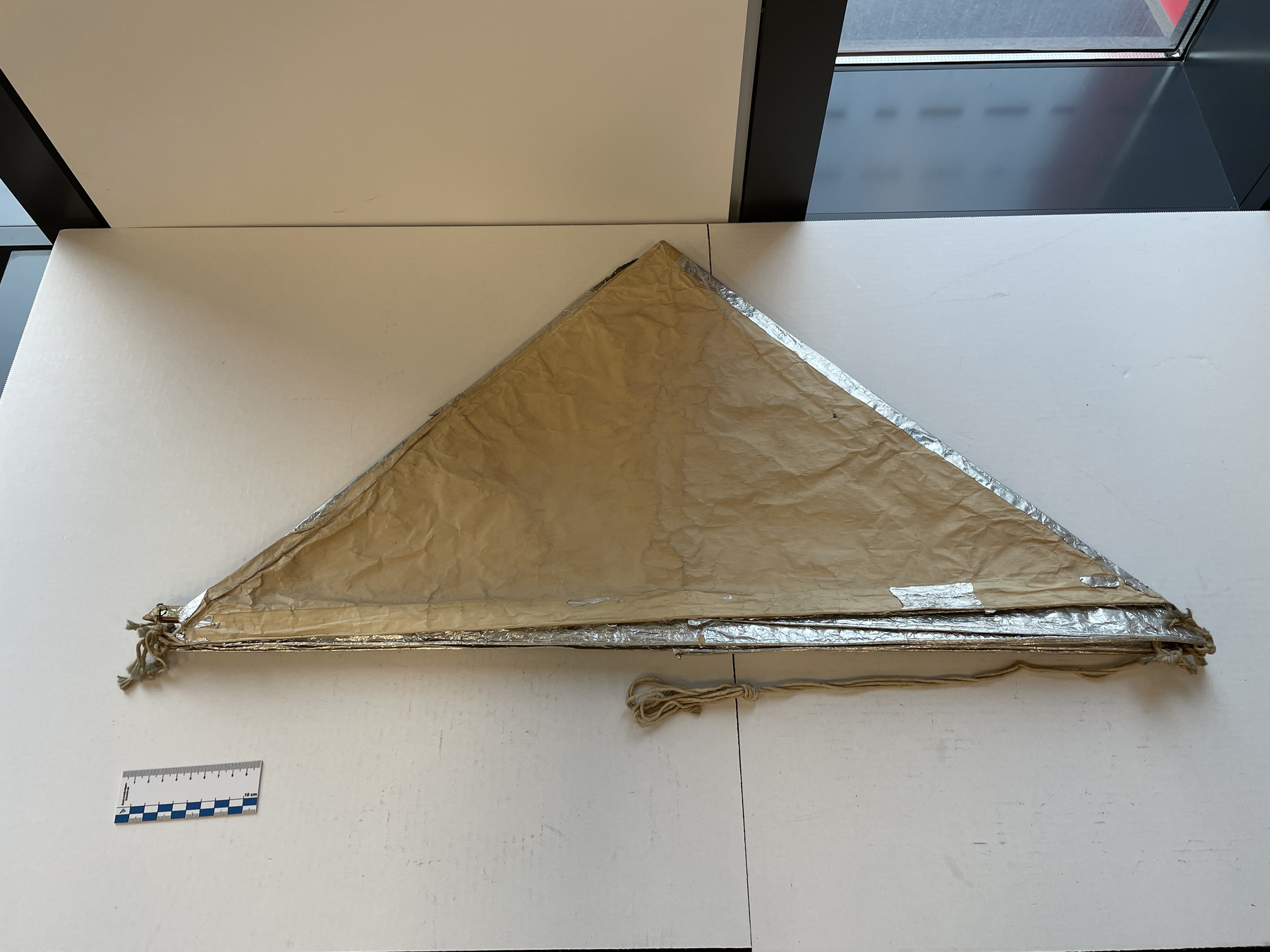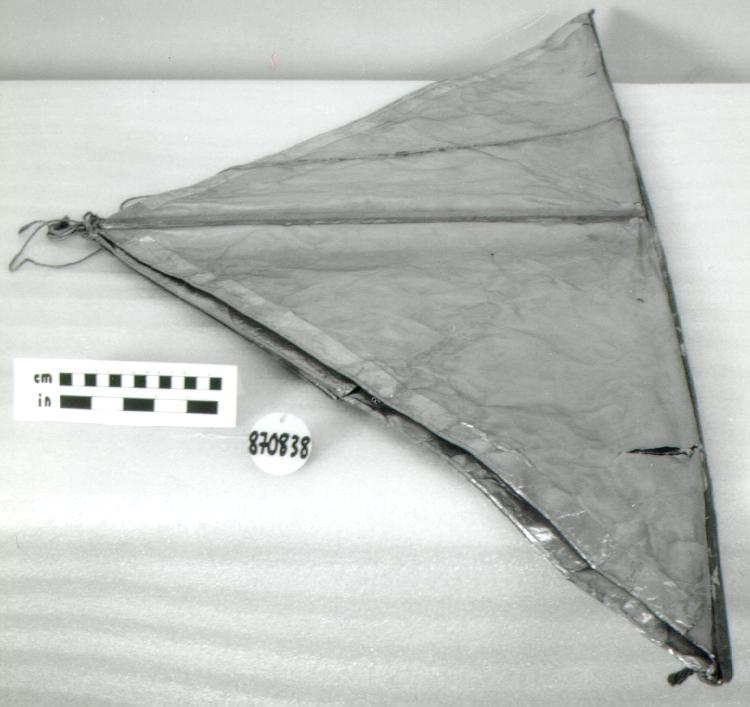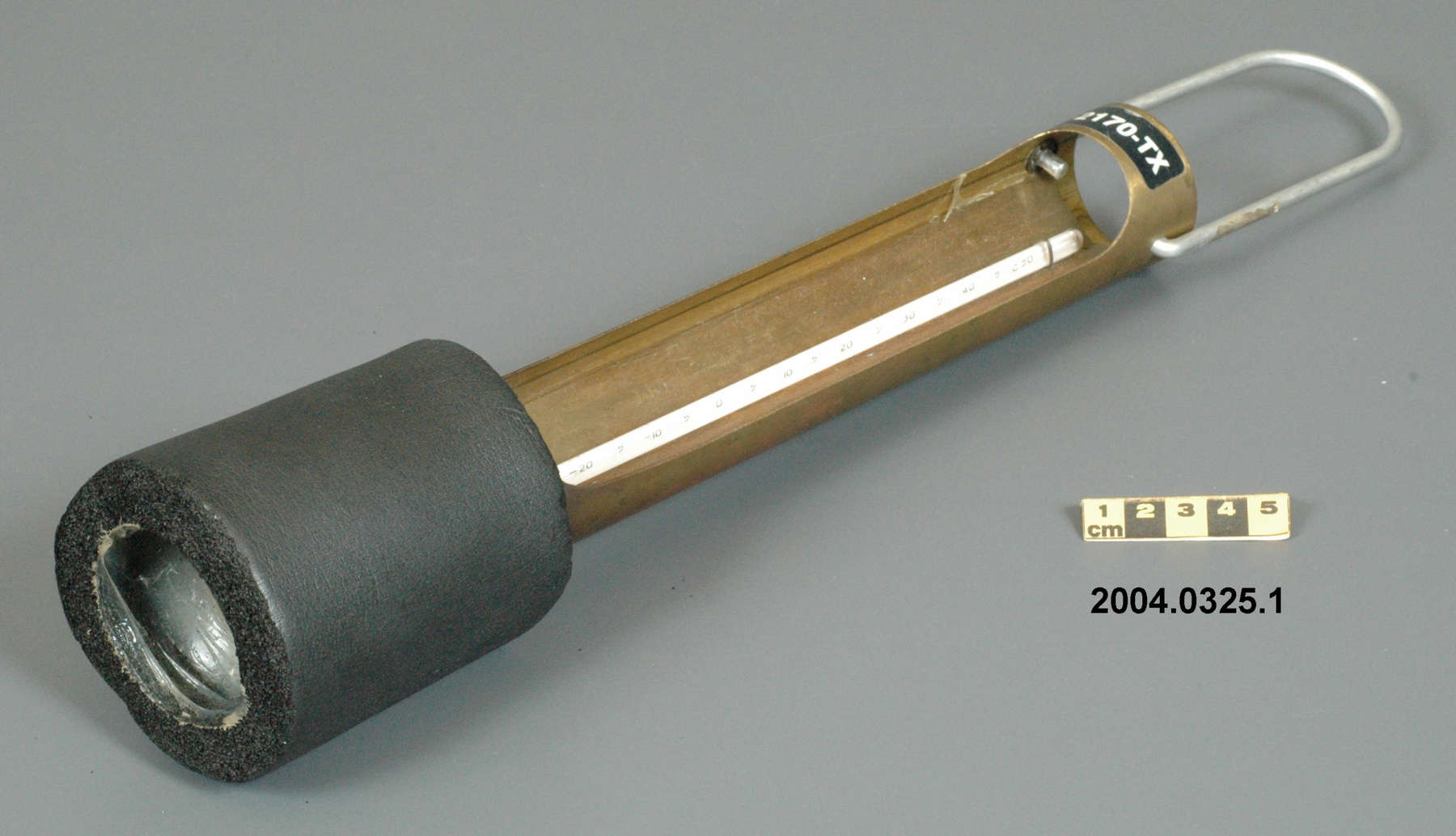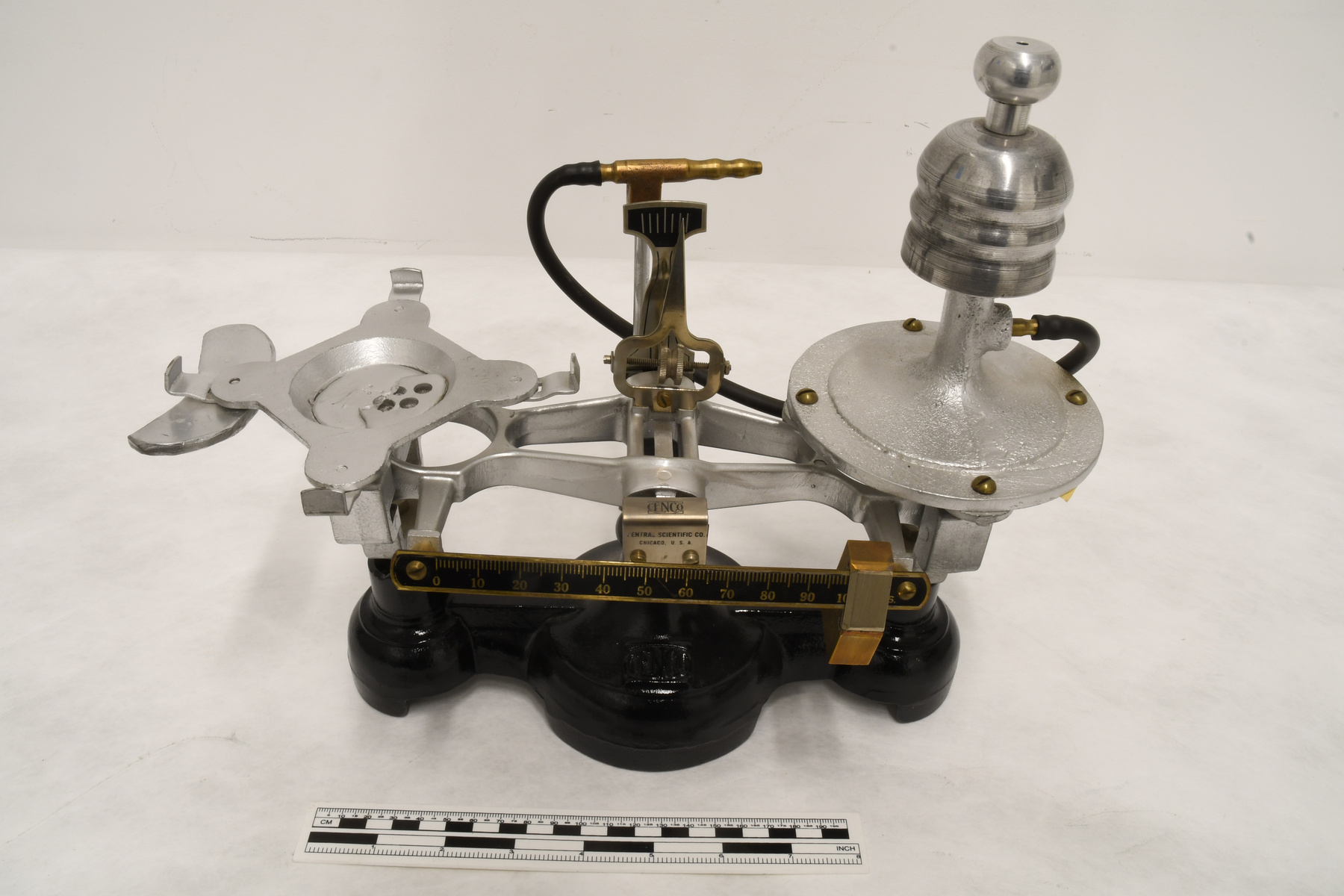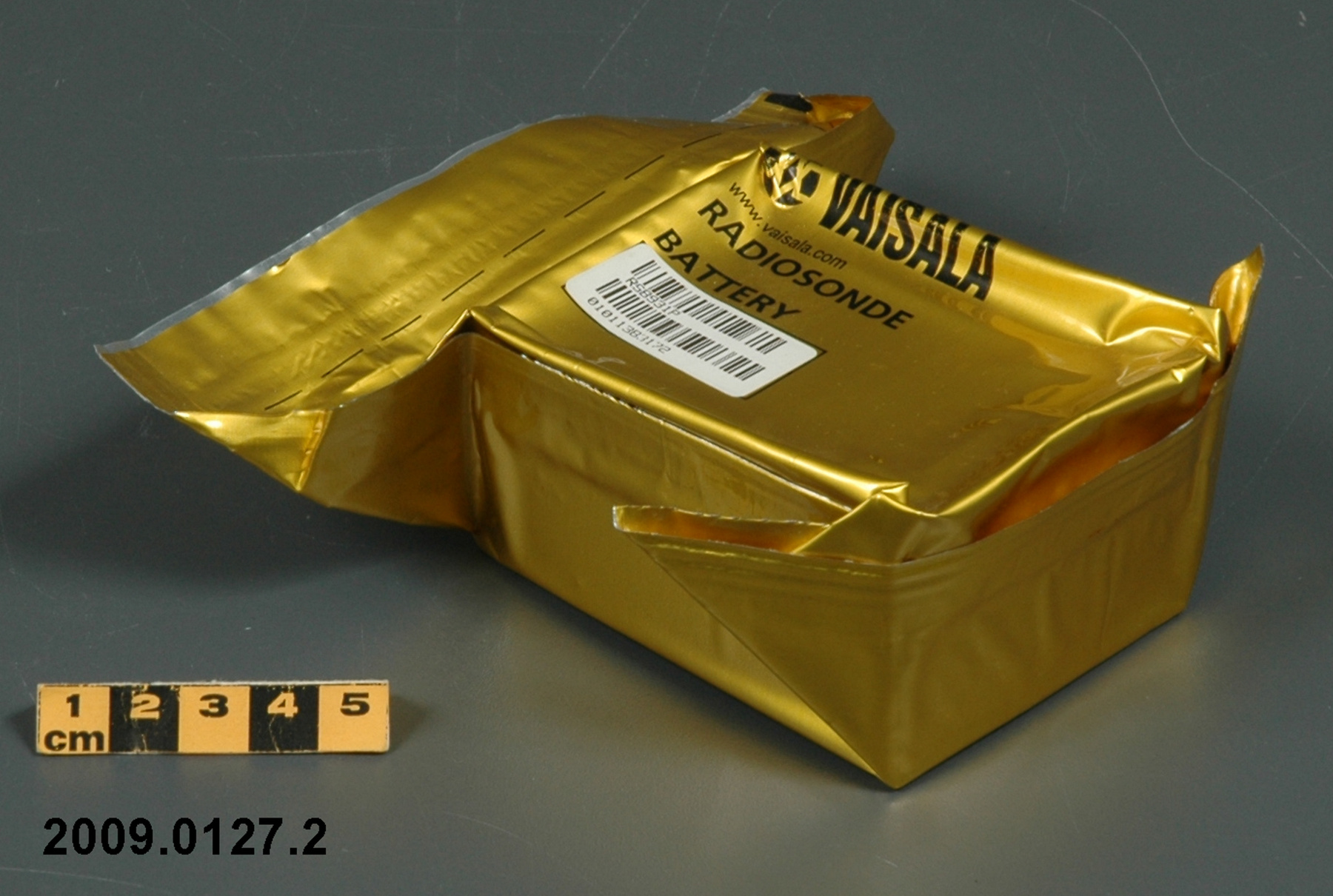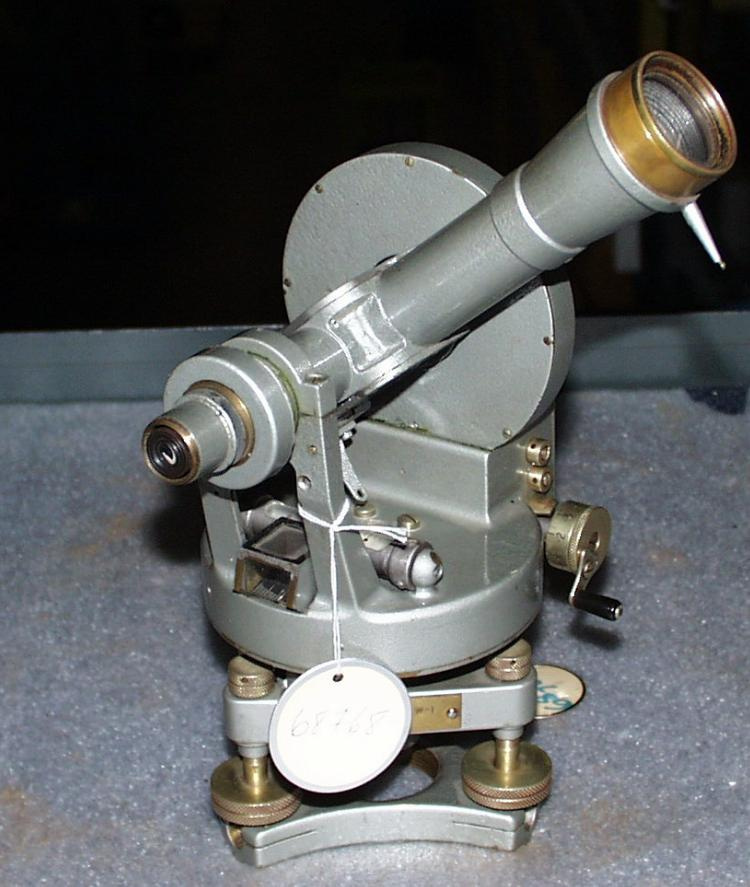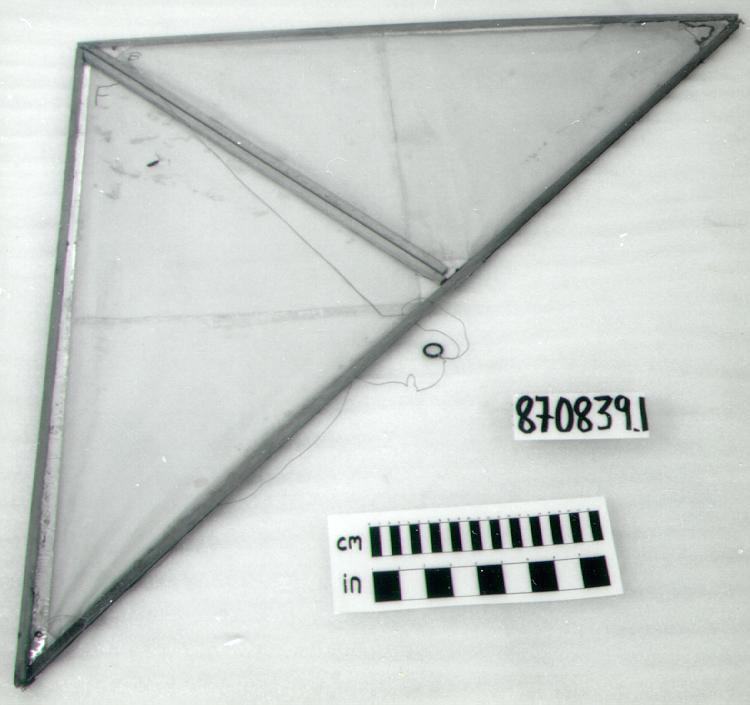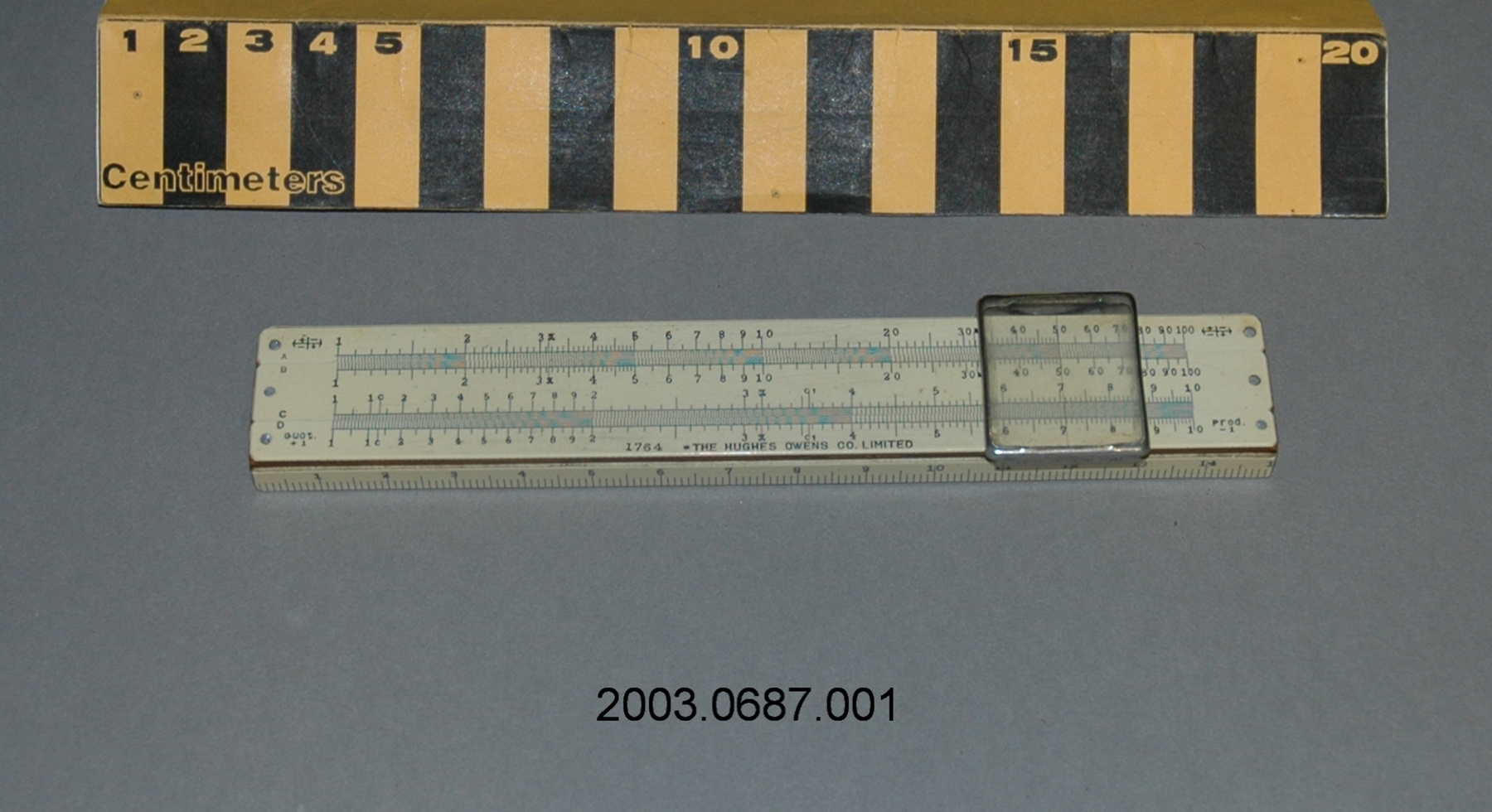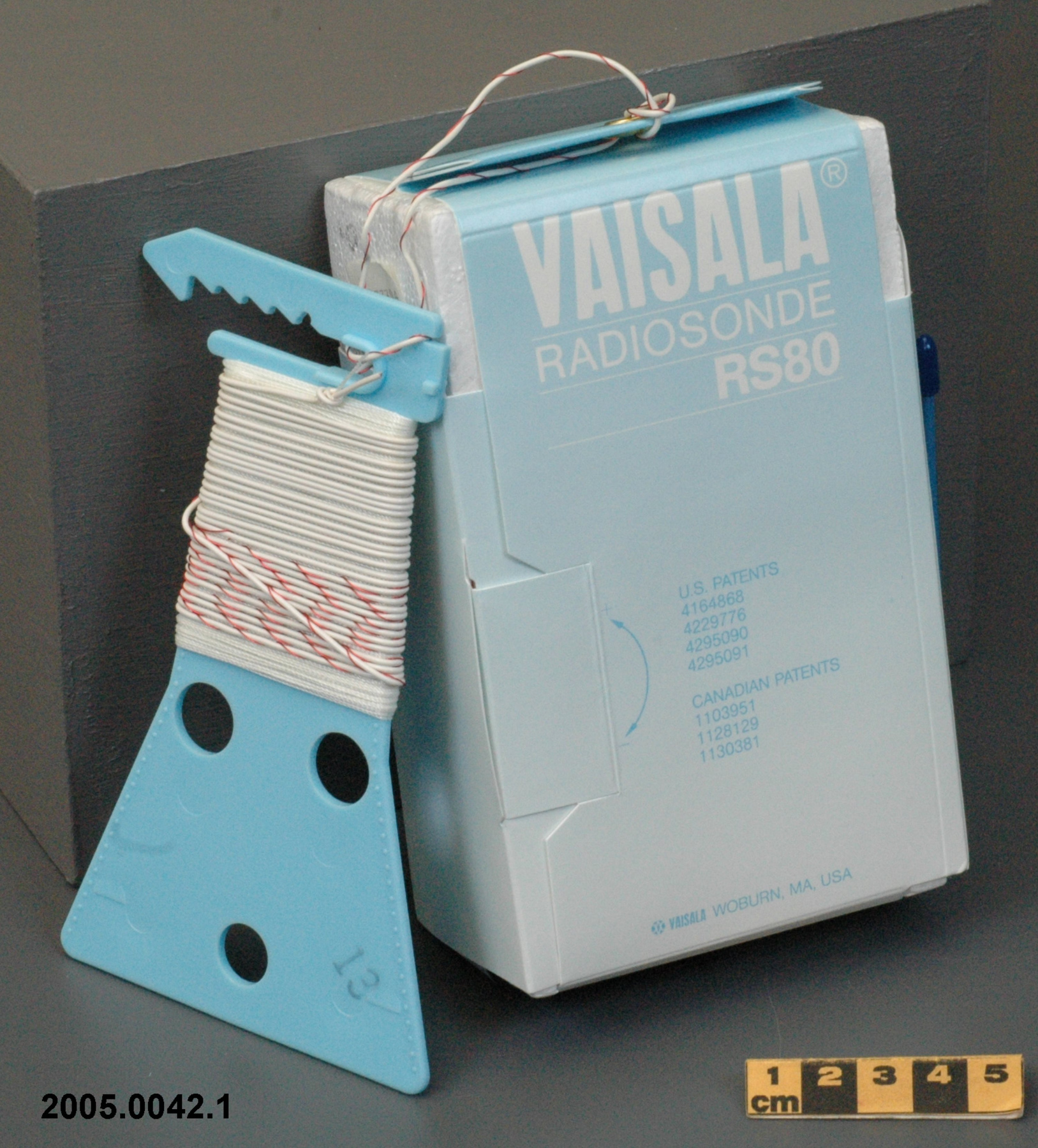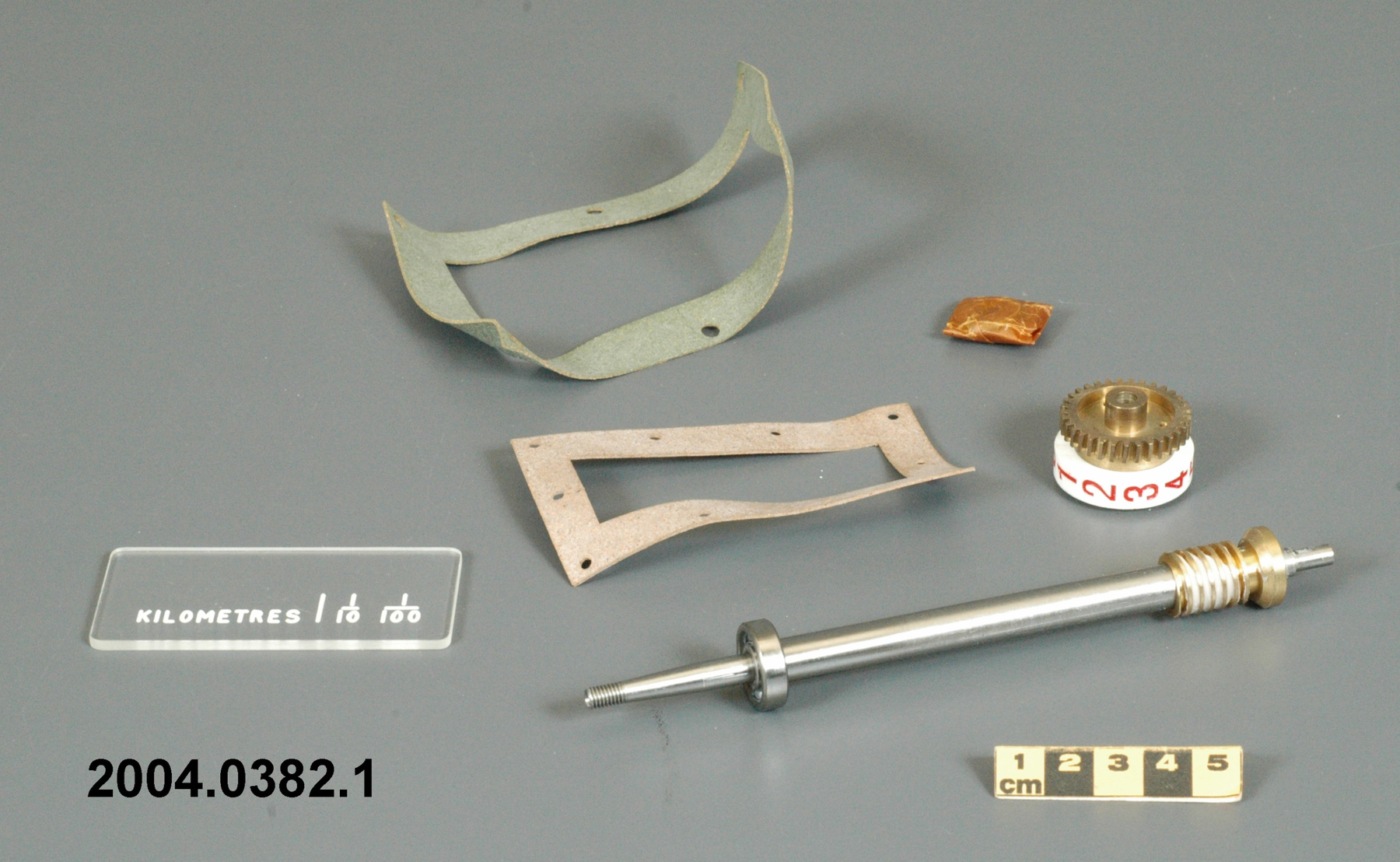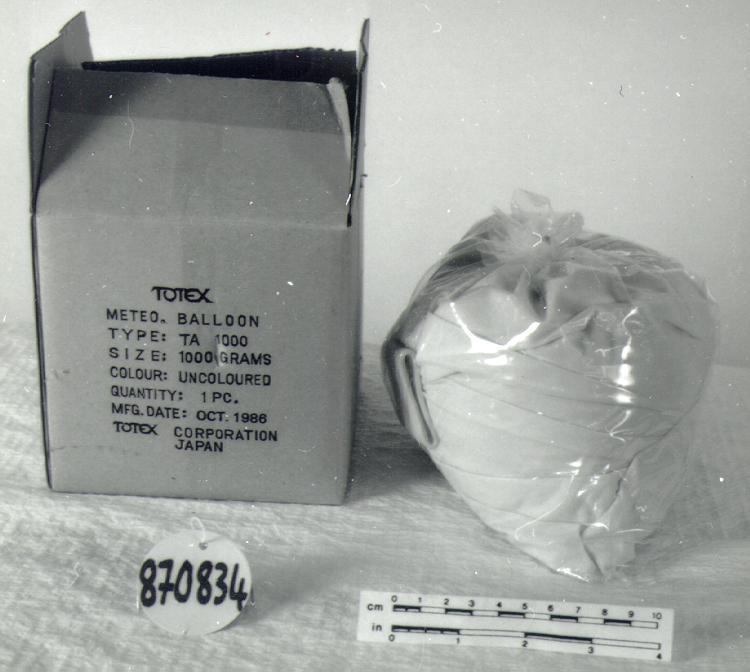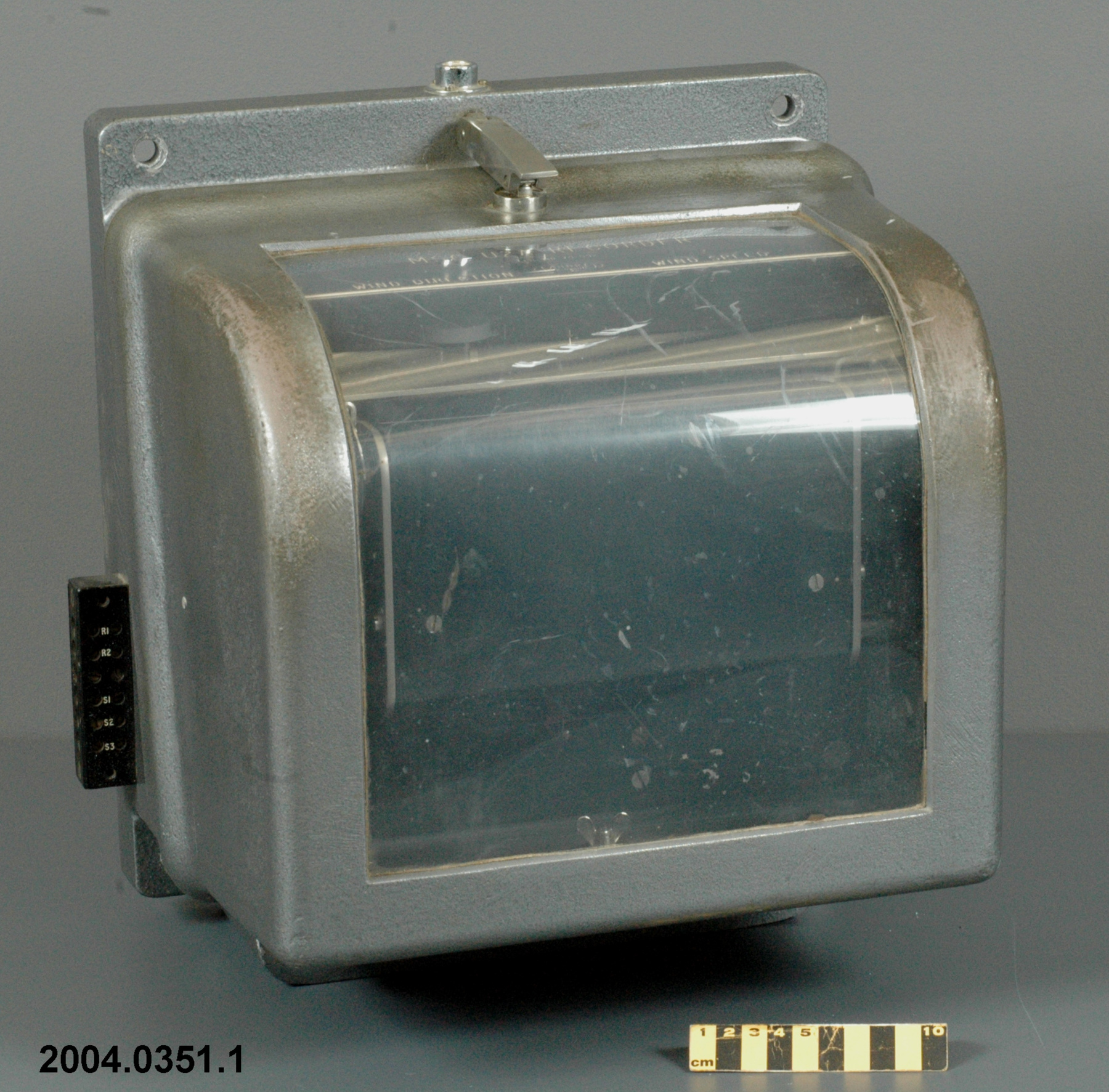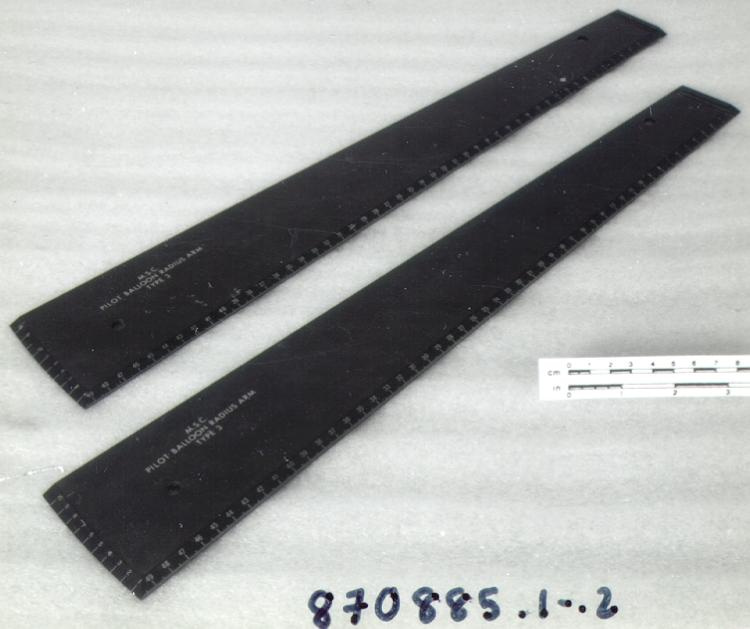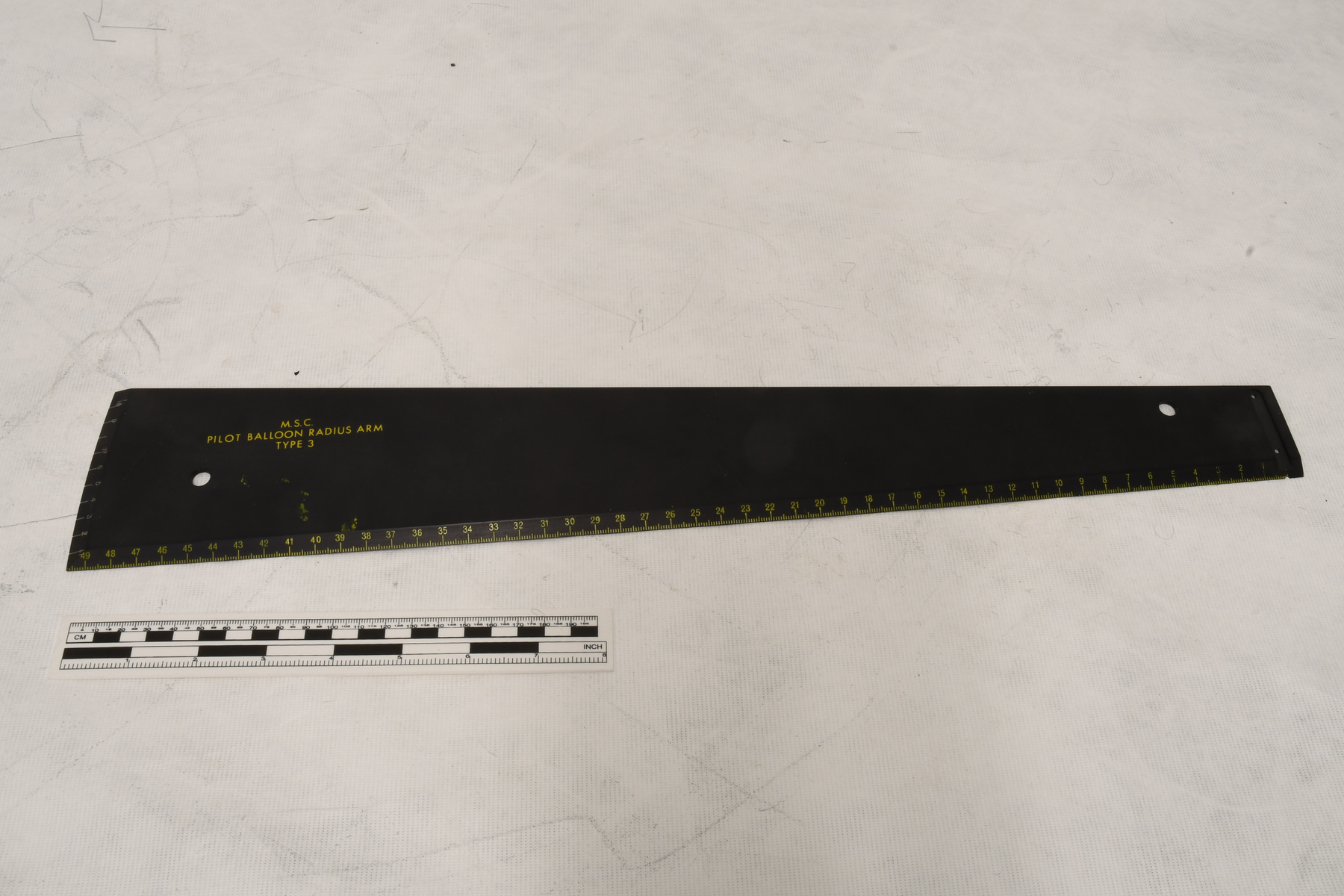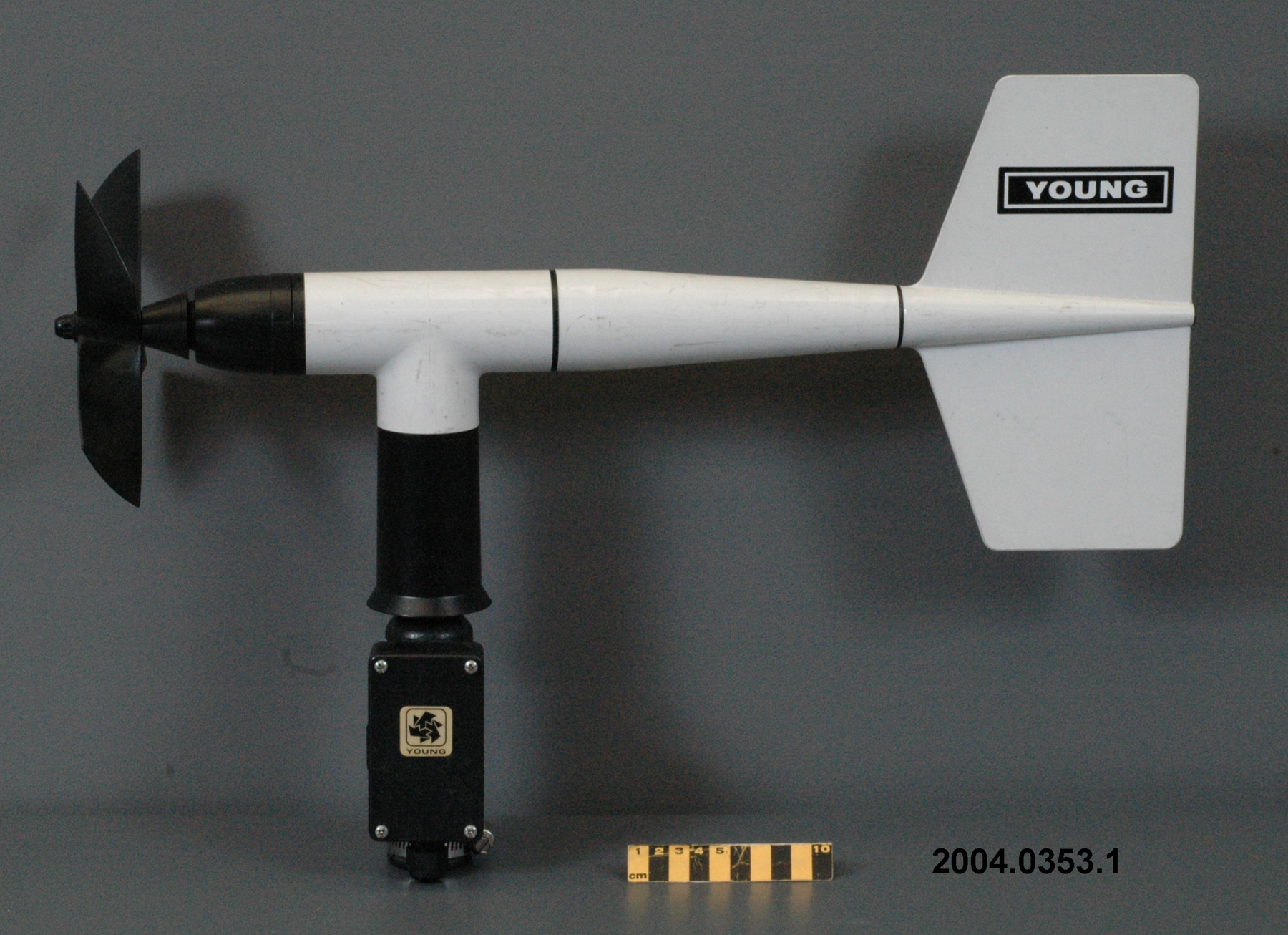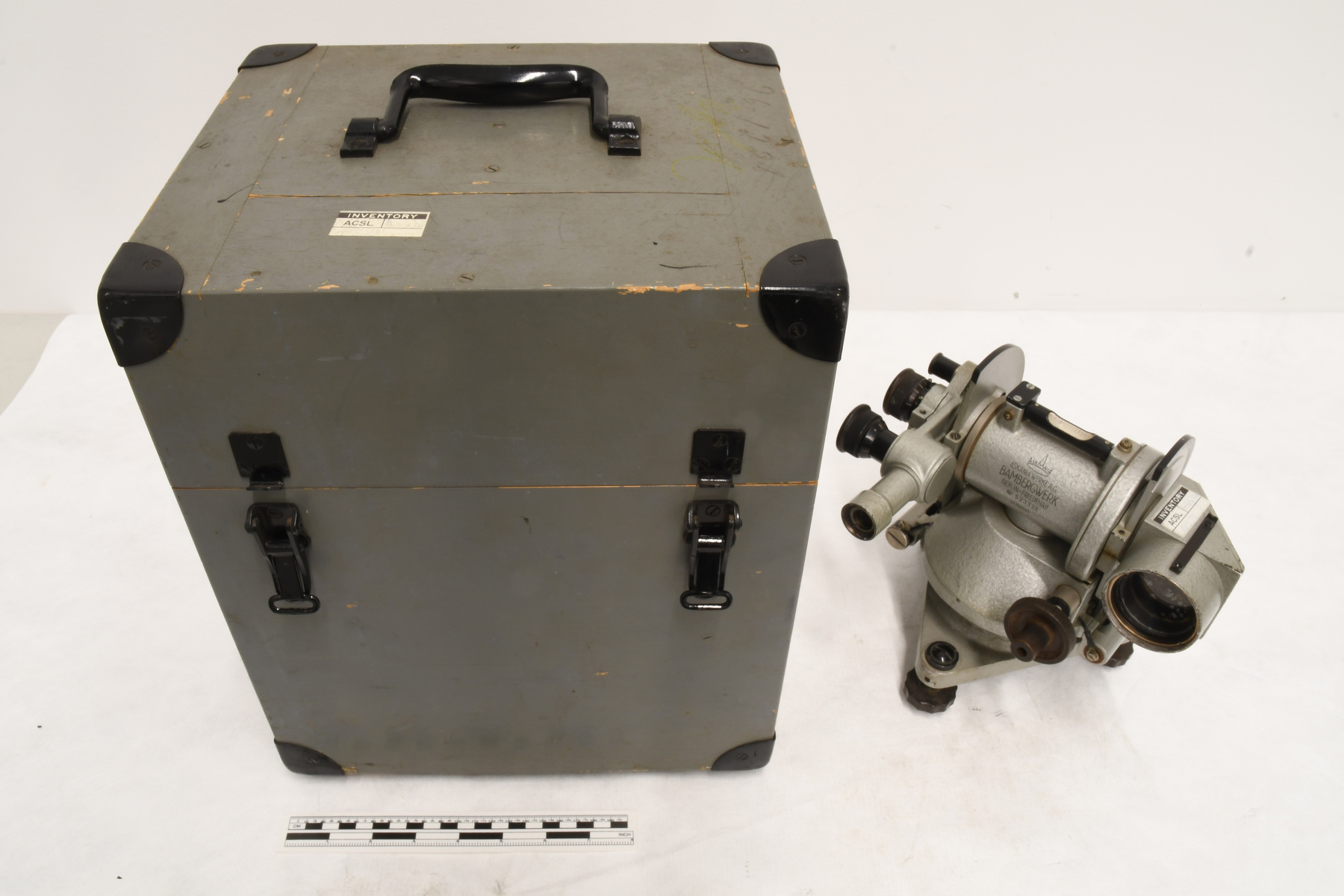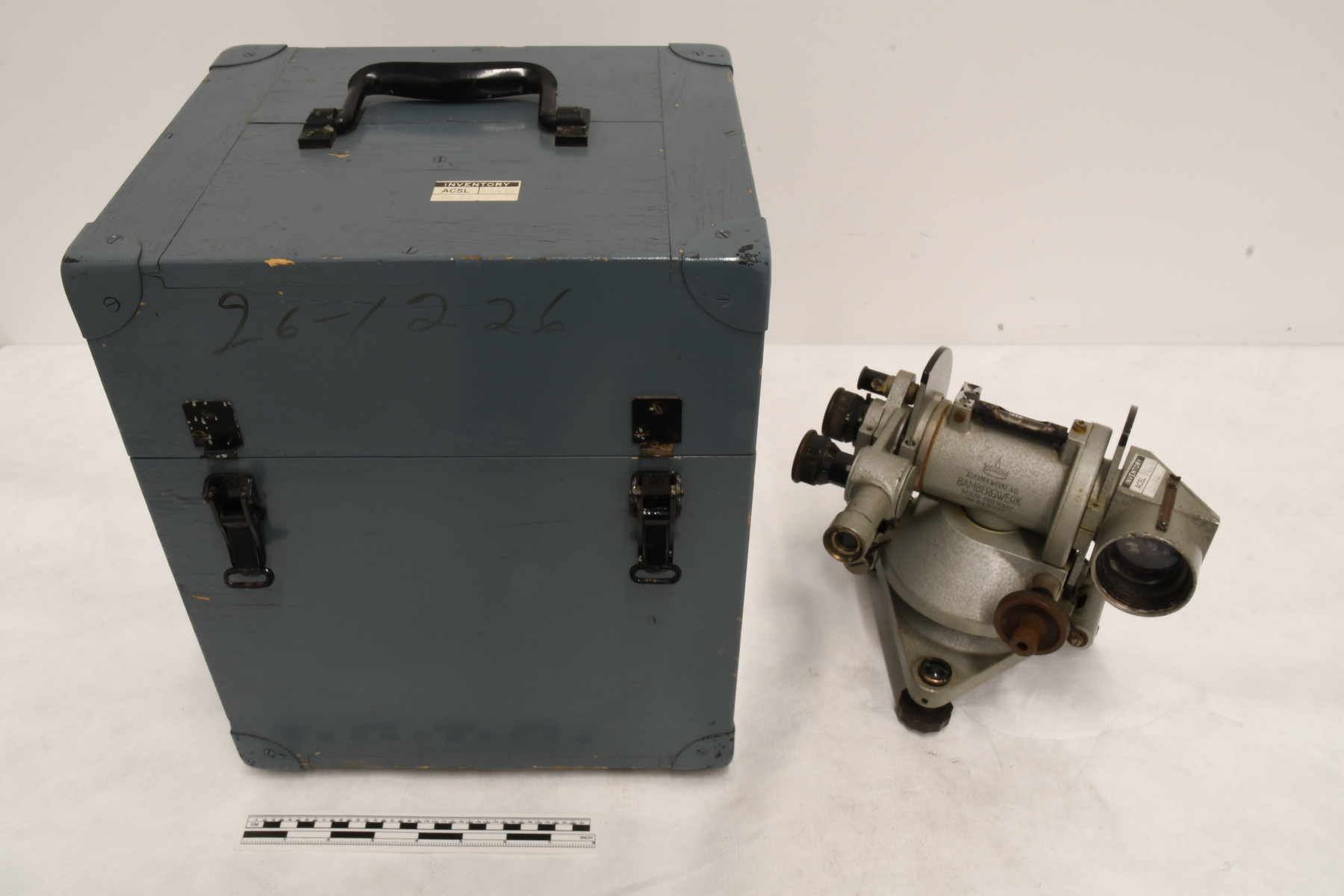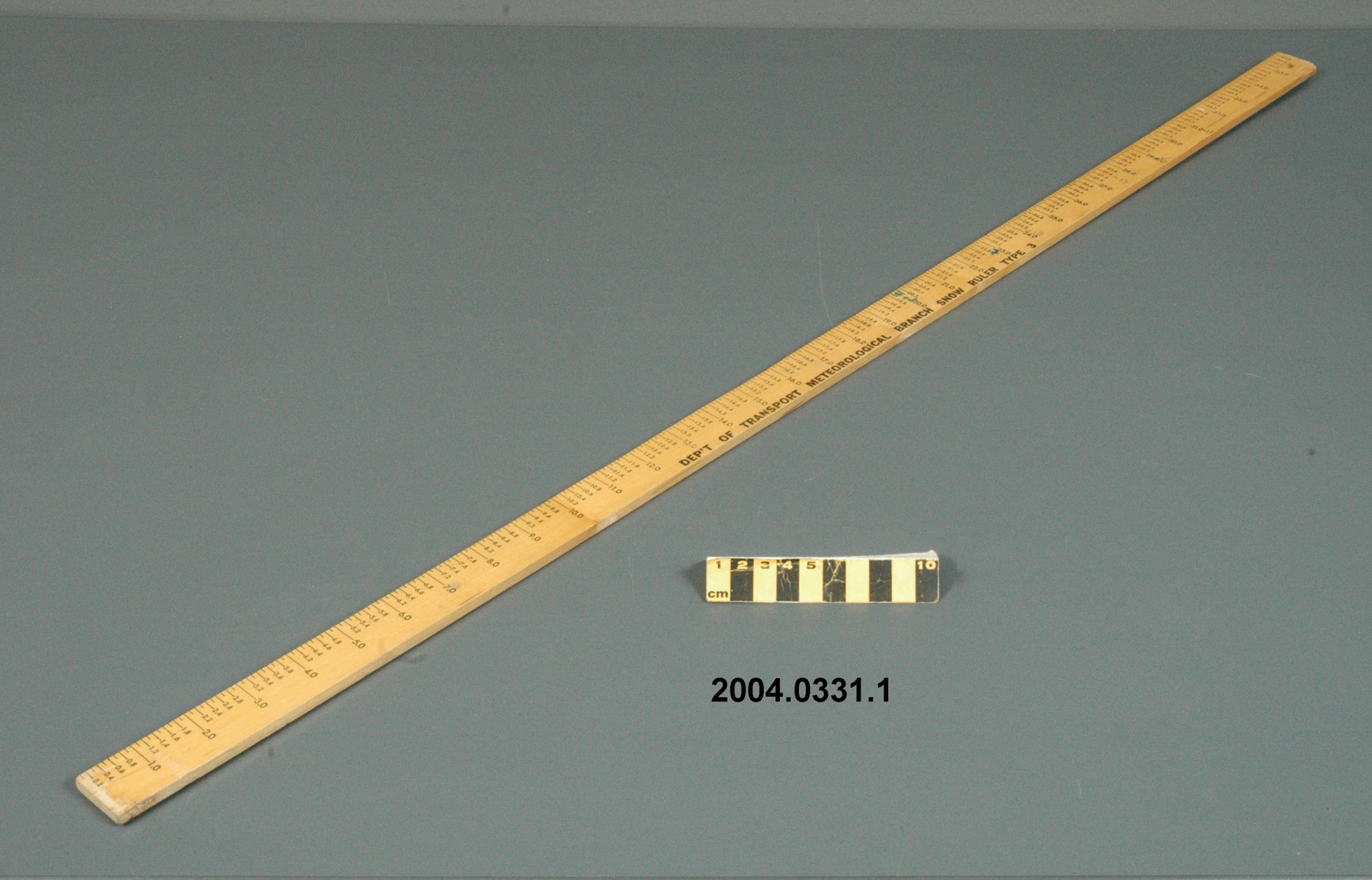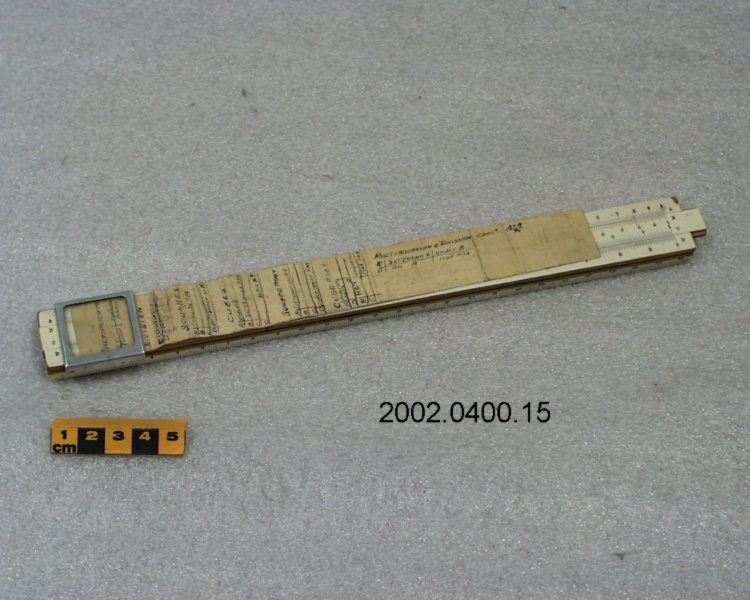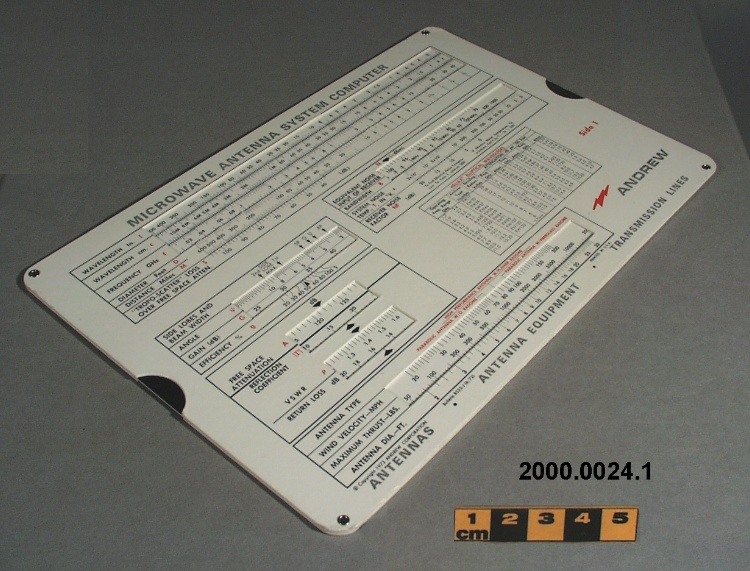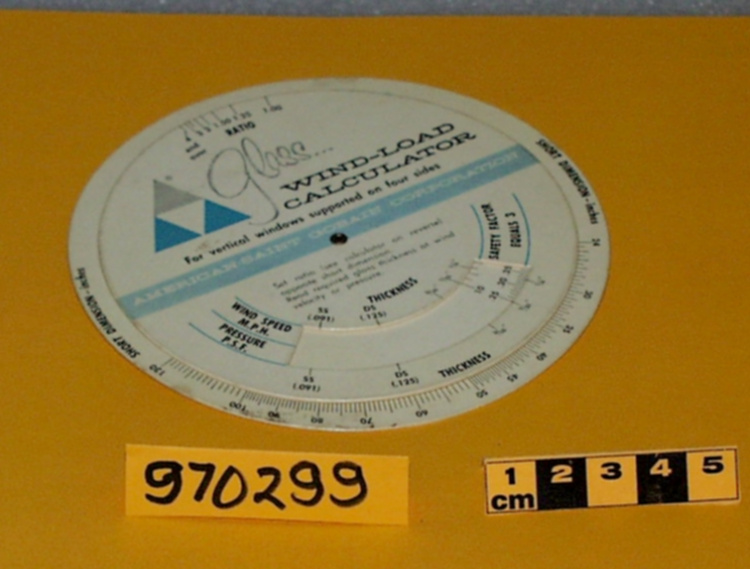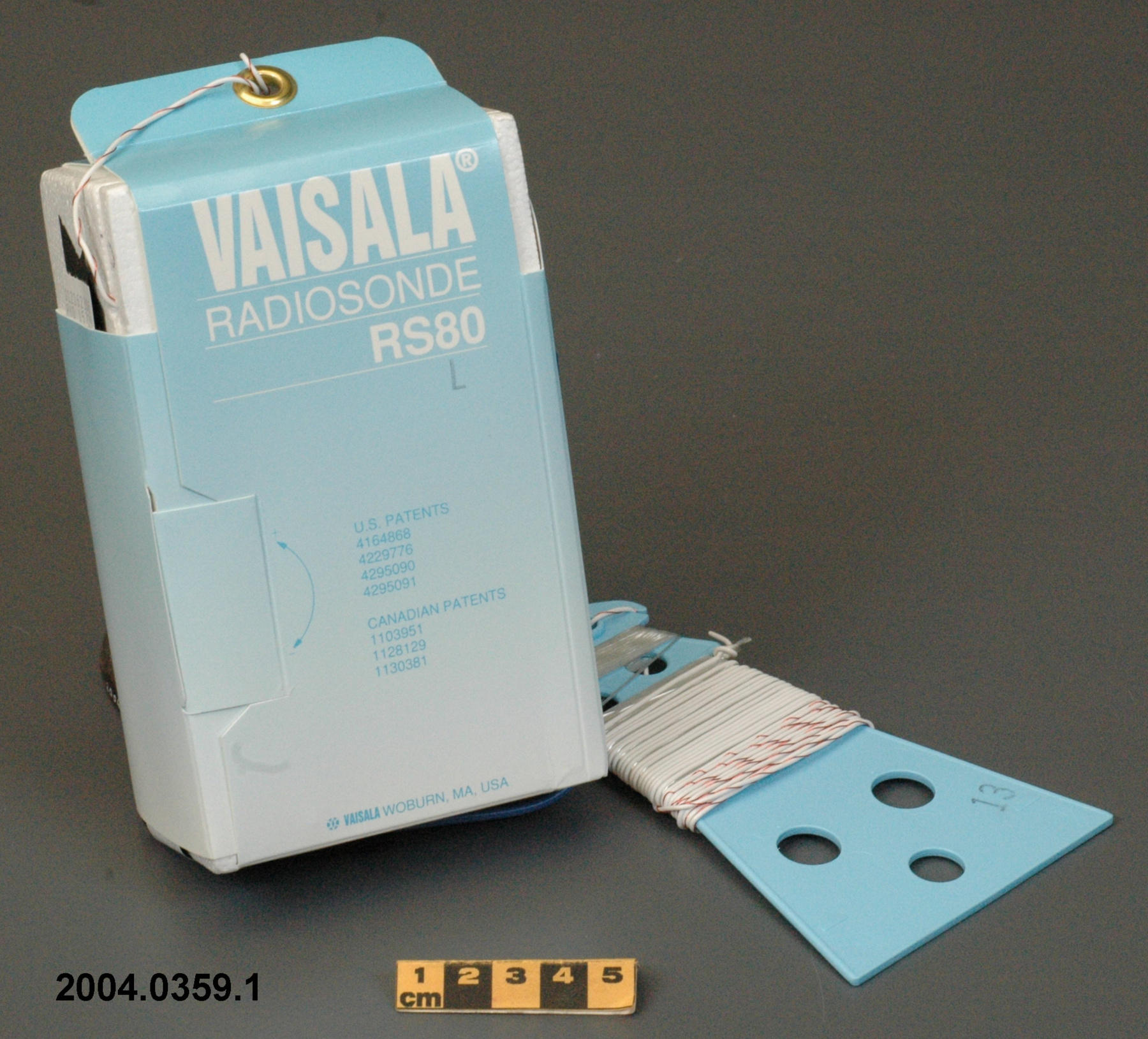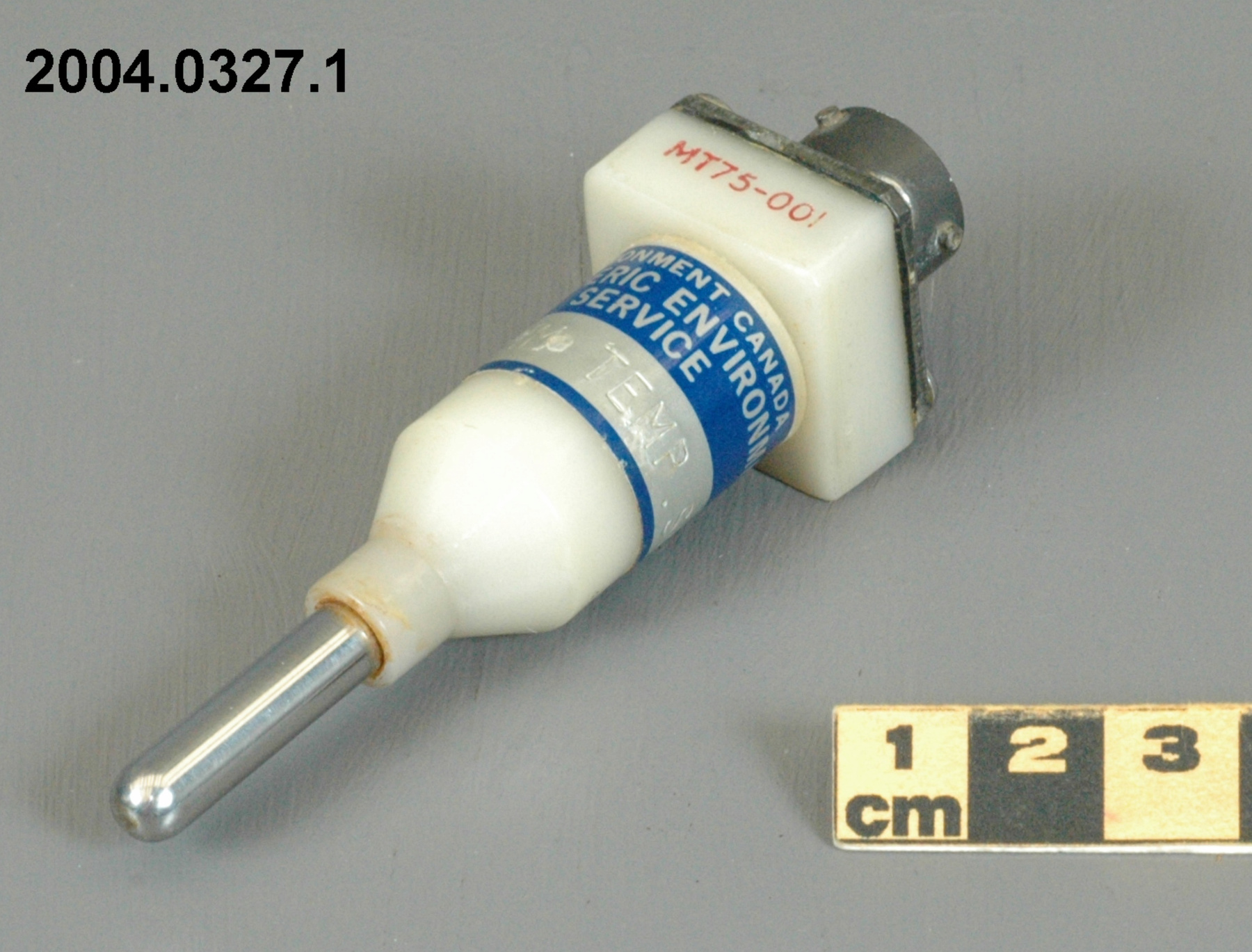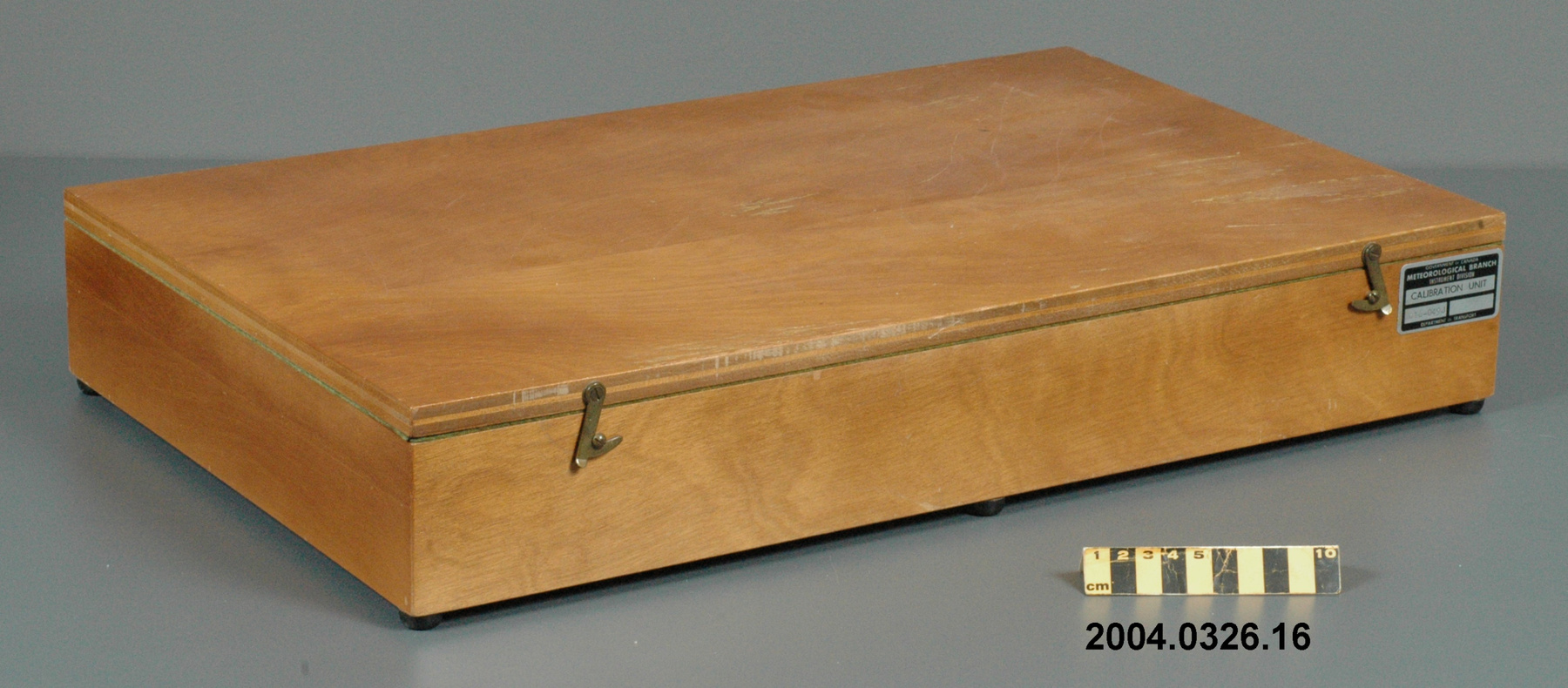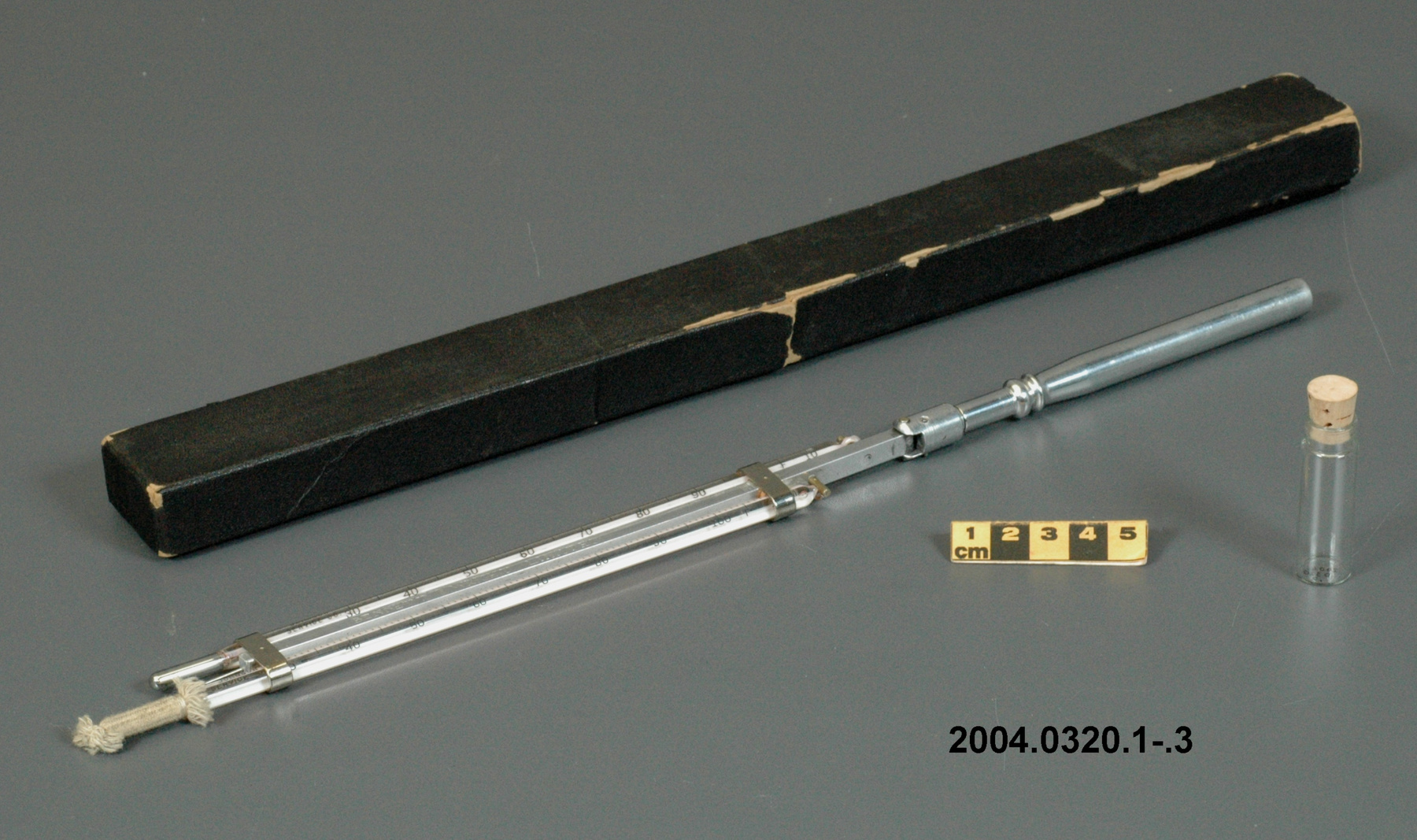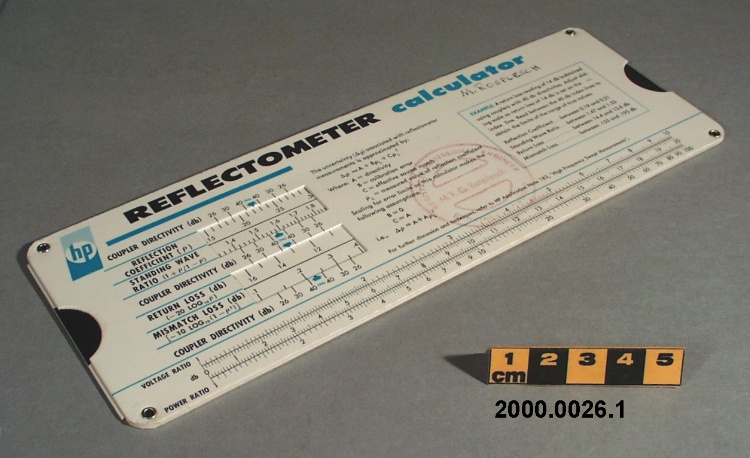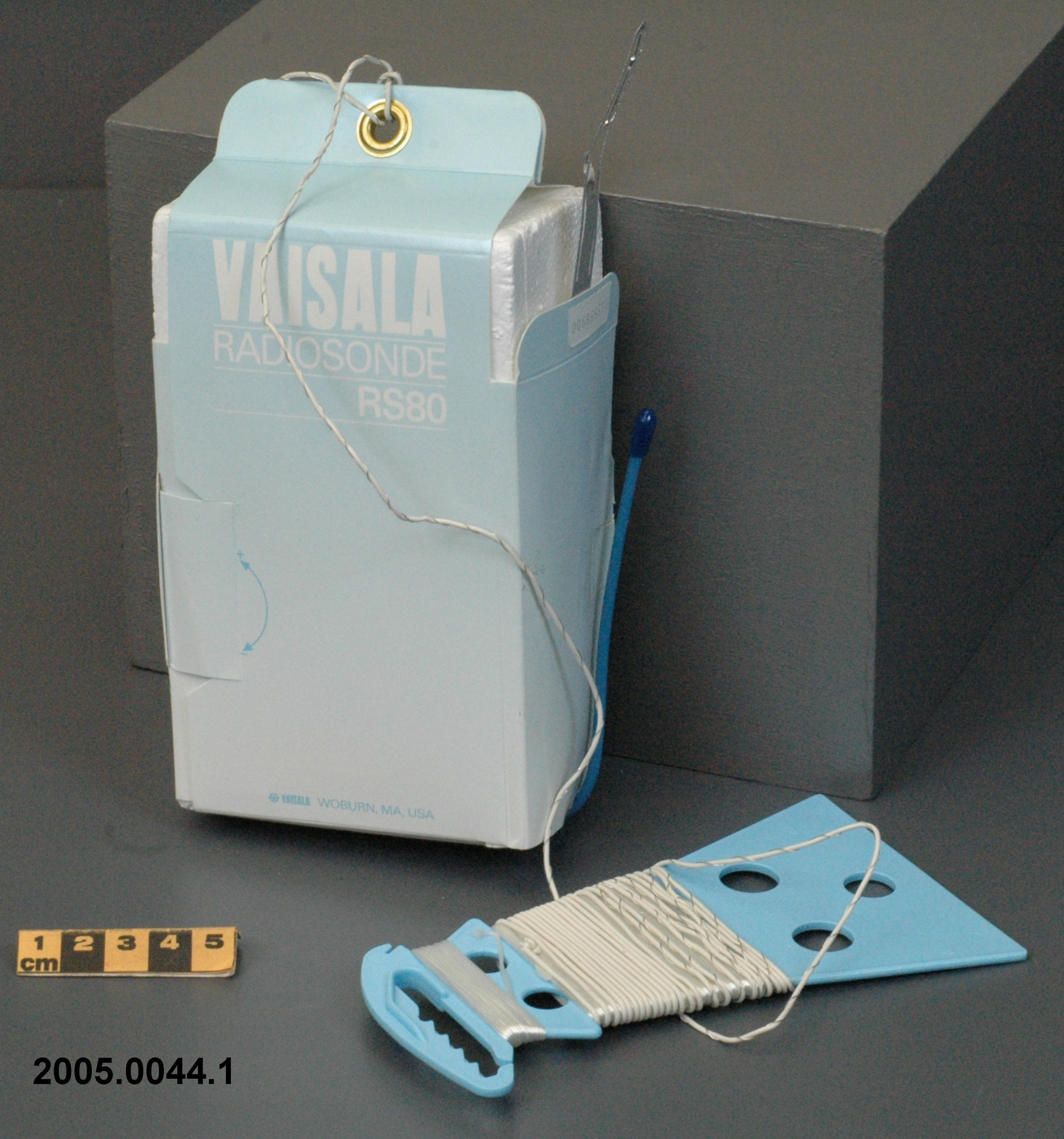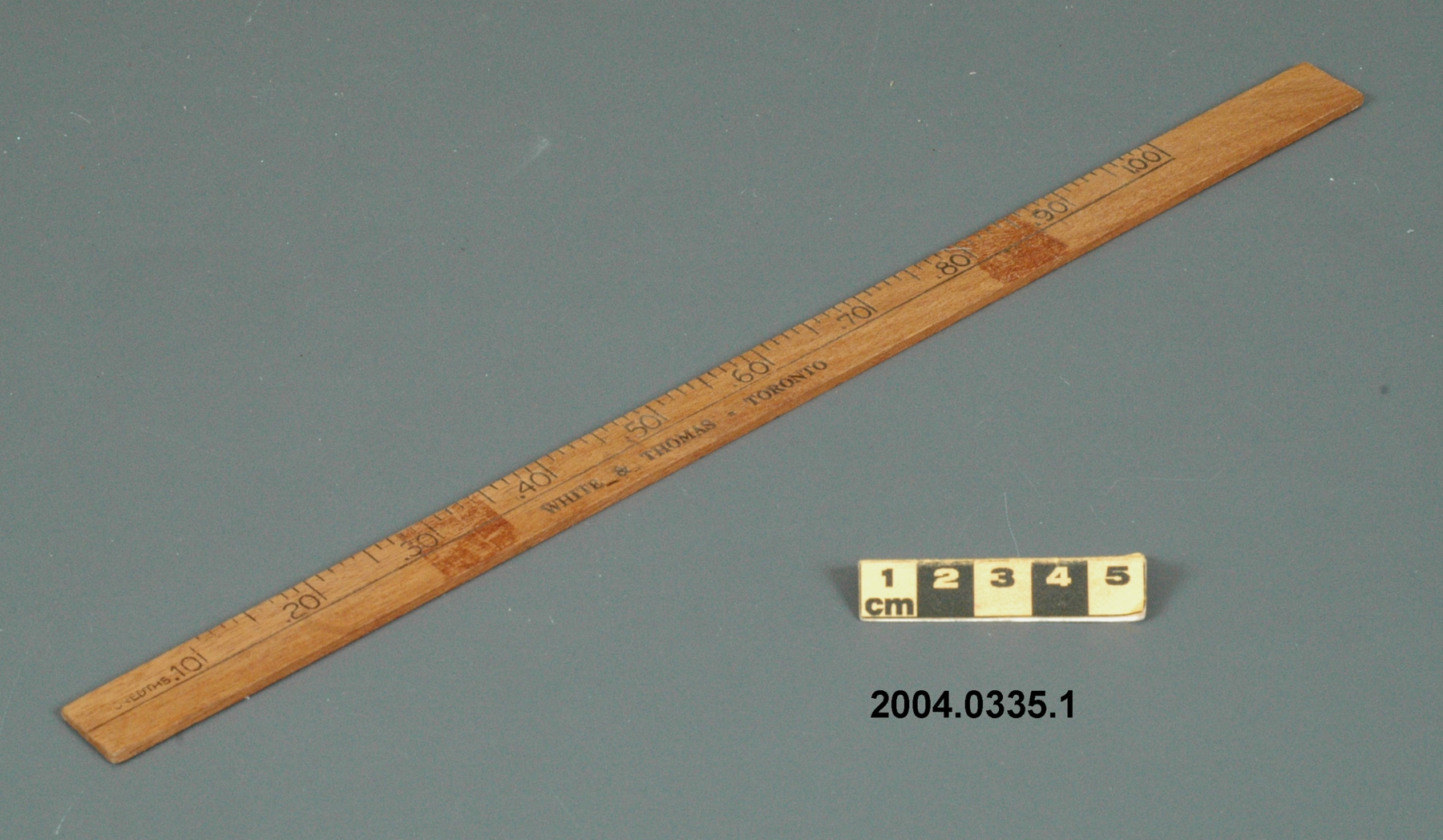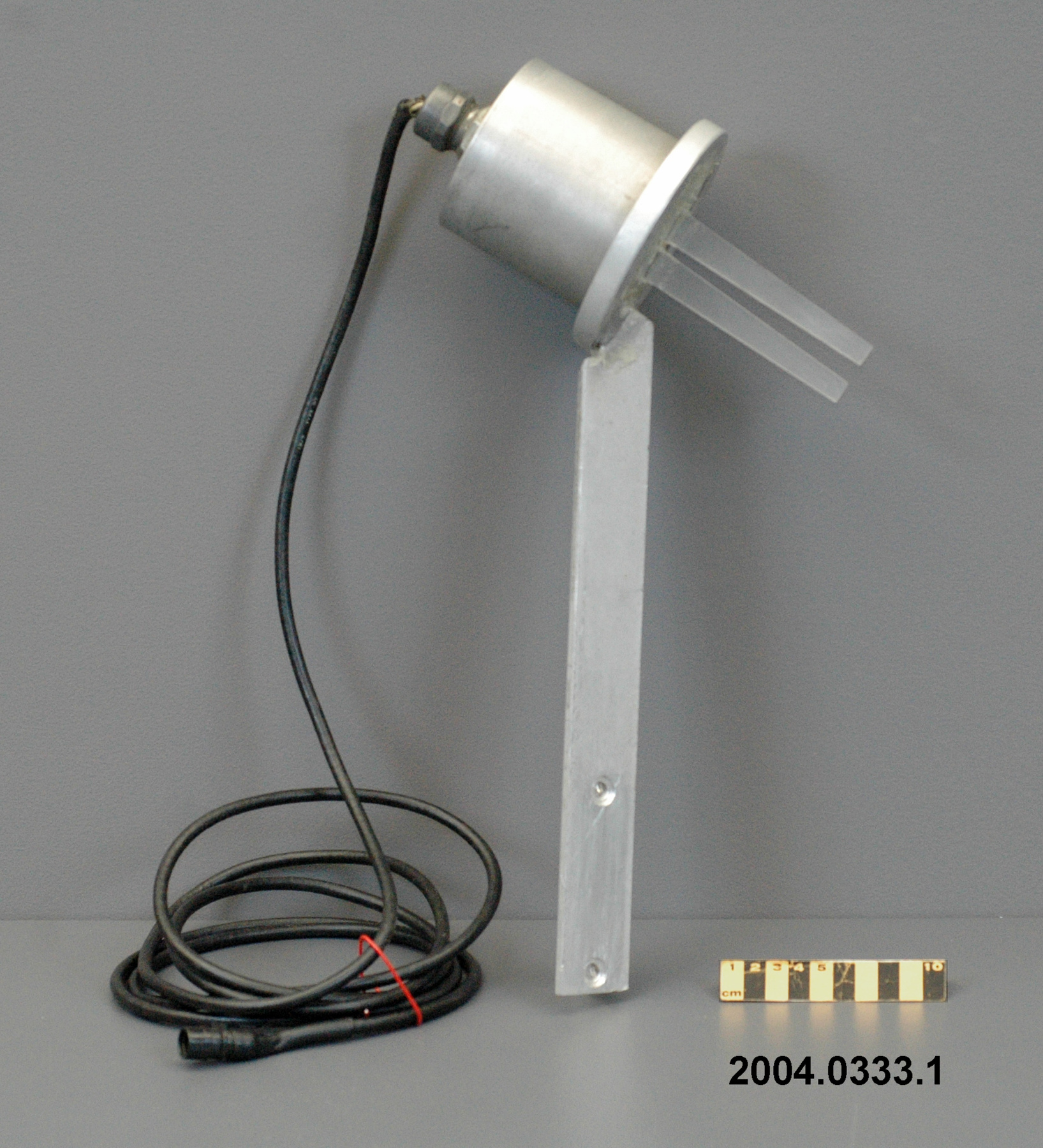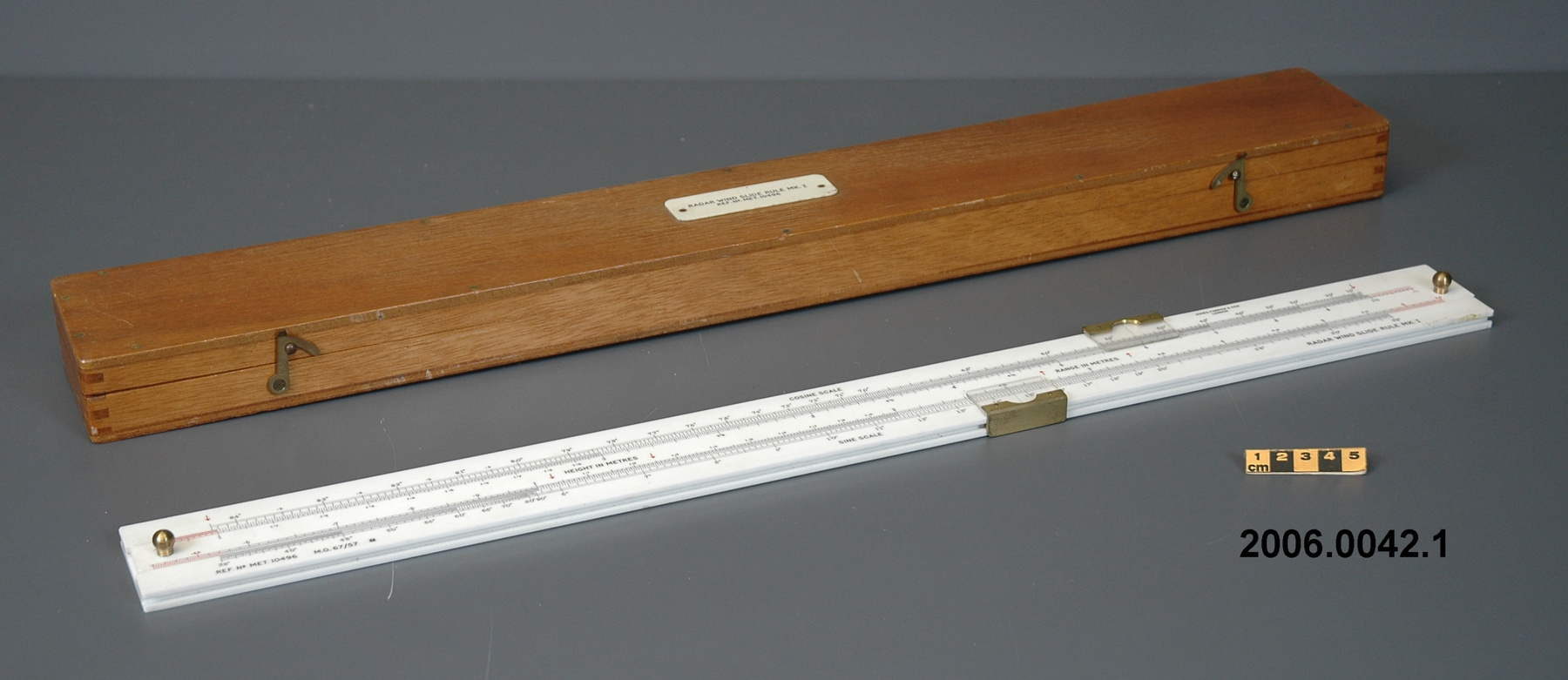Règle à calcul
Utiliser cette image
Puis-je réutiliser cette image sans autorisation? Oui
Les images sur le portail de la collection d’Ingenium ont la licence Creative Commons suivante :
Copyright Ingenium / CC BY-NC-ND (Attribution-NonCommercial 4.0 International (CC BY-NC 4.0)
ATTRIBUER CETTE IMAGE
Ingenium,
2006.0042.001
Permalien:
Ingenium diffuse cette image sous le cadre de licence Creative Commons et encourage son téléchargement et sa réutilisation à des fins non commerciales. Veuillez mentionner Ingenium et citer le numéro de l’artefact.
TÉLÉCHARGER L’IMAGEACHETER CETTE IMAGE
Cette image peut être utilisée gratuitement pour des fins non commerciales.
Pour un usage commercial, veuillez consulter nos frais de reproduction et communiquer avec nous pour acheter l’image.
- TYPE D’OBJET
- wind/radar
- DATE
- 1947
- NUMÉRO DE L’ARTEFACT
- 2006.0042.001
- FABRICANT
- Farrow & Son, James
- MODÈLE
- Mk.I/10496
- EMPLACEMENT
- London, England
Plus d’information
Renseignements généraux
- Nº de série
- 67/57
- Nº de partie
- 1
- Nombre total de parties
- 2
- Ou
- S/O
- Brevets
- S/O
- Description générale
- plastic rule/ brass framed cursors with synthetic substrate for the graticles/ brass knobs
Dimensions
Remarque : Cette information reflète la taille générale pour l’entreposage et ne représente pas nécessairement les véritables dimensions de l’objet.
- Longueur
- 62,6 cm
- Largeur
- 5,8 cm
- Hauteur
- S/O
- Épaisseur
- 2,0 cm
- Poids
- S/O
- Diamètre
- S/O
- Volume
- S/O
Lexique
- Groupe
- Mathématiques
- Catégorie
- Dispositifs à calculer
- Sous-catégorie
- S/O
Fabricant
- Ou
- Farrow
- Pays
- England
- État/province
- Inconnu
- Ville
- London
Contexte
- Pays
- Royaume-Uni
- État/province
- Inconnu
- Période
- late 1950's+
- Canada
-
A British made instrument possibly used by the Meteorological Service of Canada, though the specific use there is not known. Part of a large collection of meteorological instruments acquired from the MSC (previously Atmospheric Environment Service) by the CSTM since 1967. MSC is the government agency responsible for collecting and disseminating meteorological data and forecasts in Canada. It was founded in 1871 in Toronto where it is still headquartered. The MSC was originally on the University of Toronto downtown campus but moved to Downsview in 1971 on land owned by UofT. The headquarters houses laboratories, research facilities and calibration and instrument maintenance facilities. - Fonction
-
An instrument used to carry out the computations based on observations (altitude, azimuth and distance) of pilot balloons with radar in order to measure the speed and direction of wind in the upper atmosphere. - Technique
-
An example of a specialized function slide rule used to make meteorological calculations. It is a typical looking slide rule but with scales only on one side and with scales suited to determining the speed and direction of winds using radar bouncing off pilot balloons. Scales include sine, cosine, height in meters and range in meters and there are 2 cursors. It has a Meteorological Office mark (O stamped over M). The serial number 67/57 is consistent with UK's Air Ministry codes used on air sextants made during WW II and indicates a date of manufacture of 1957. This particular slide rule was designed by the Meteorological Office of the Air Ministry (UK) in 1957. From MSC meteorologist Ken Devine: this appears to be the British slide rule used to compute pilot balloon winds. See Handbook of Meteorological Instruments, Part II, British Met Office, London, 1961 (Ref. 1). Slide rules have been used in various from since the early 17th c soon after John Napier invented logrithmetic tables. Wherever calculations were required that involved logs or trignometric functions, slide rules provided an efficient way to do the computations. Mechanical and electromechanical calculators supplemented slide rules beginning in the 18th c but their expense limited the impact. More models, particularly de Thomas' Arithometer and Curta calculators (ca. 1948) further impacted the scientific use of slide rules but they were not made obsolete until the HP-35 electronic calculator appeared in 1972. - Notes sur la région
-
Inconnu
Détails
- Marques
- Black lettering on rule reads 'REF. No MET. 10496 M.O. 67/57 MO [logo]', 'RADAR WIND SLIDE RULE MK.1' and 'JAMES FARROW & SON/ LONDON'/ red and black scale markings and lettering reading 'COSINE SCALE', 'HEIGHT IN METRES', 'RANGE IN METRES' and 'SINE SCALE'
- Manque
- appears complete
- Fini
- white rule/ gold coloured brass/ colourless transparent parts
- Décoration
- S/O
FAIRE RÉFÉRENCE À CET OBJET
Si vous souhaitez publier de l’information sur cet objet de collection, veuillez indiquer ce qui suit :
Farrow & Son, James, Règle à calcul, 1947, Numéro de l'artefact 2006.0042, Ingenium - Musées des sciences et de l'innovation du Canada, http://collections.ingeniumcanada.org/fr/id/2006.0042.001/
RÉTROACTION
Envoyer une question ou un commentaire sur cet artefact.
Plus comme ceci
